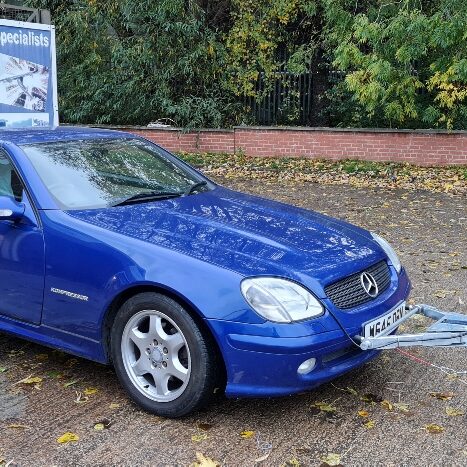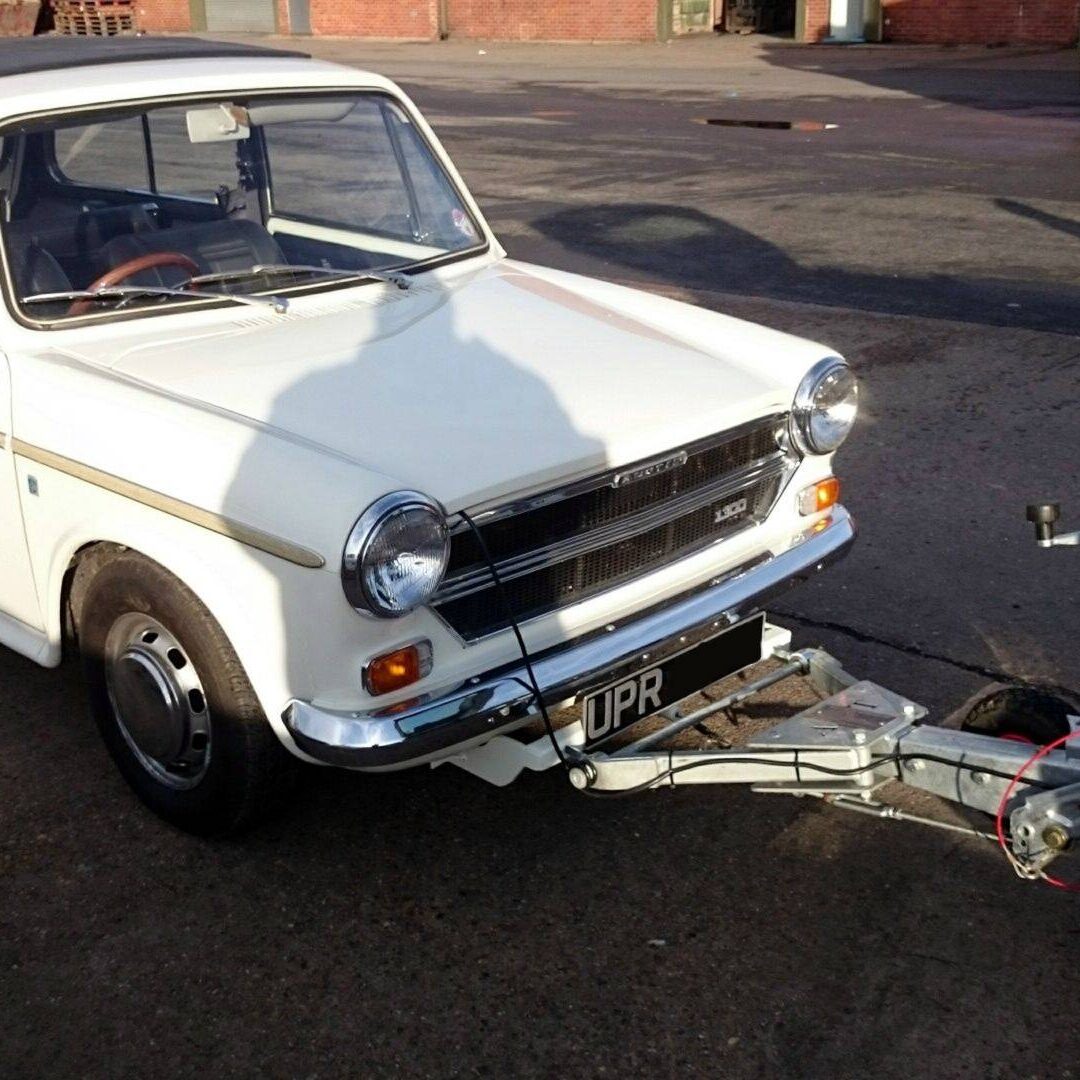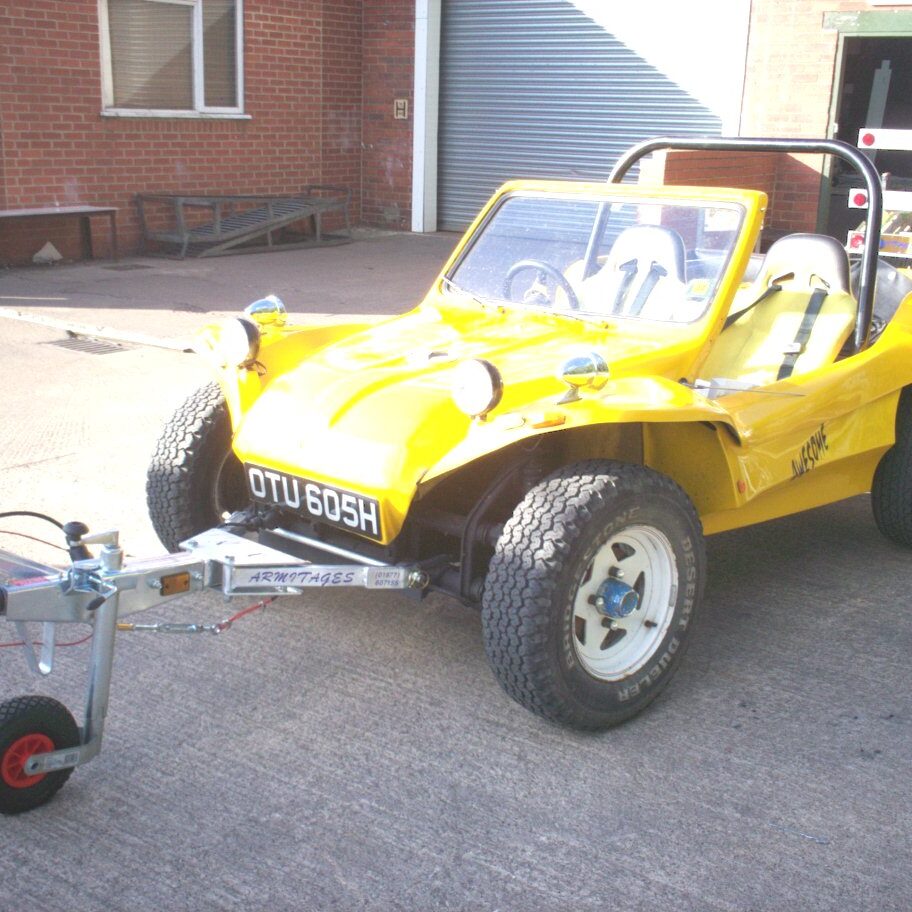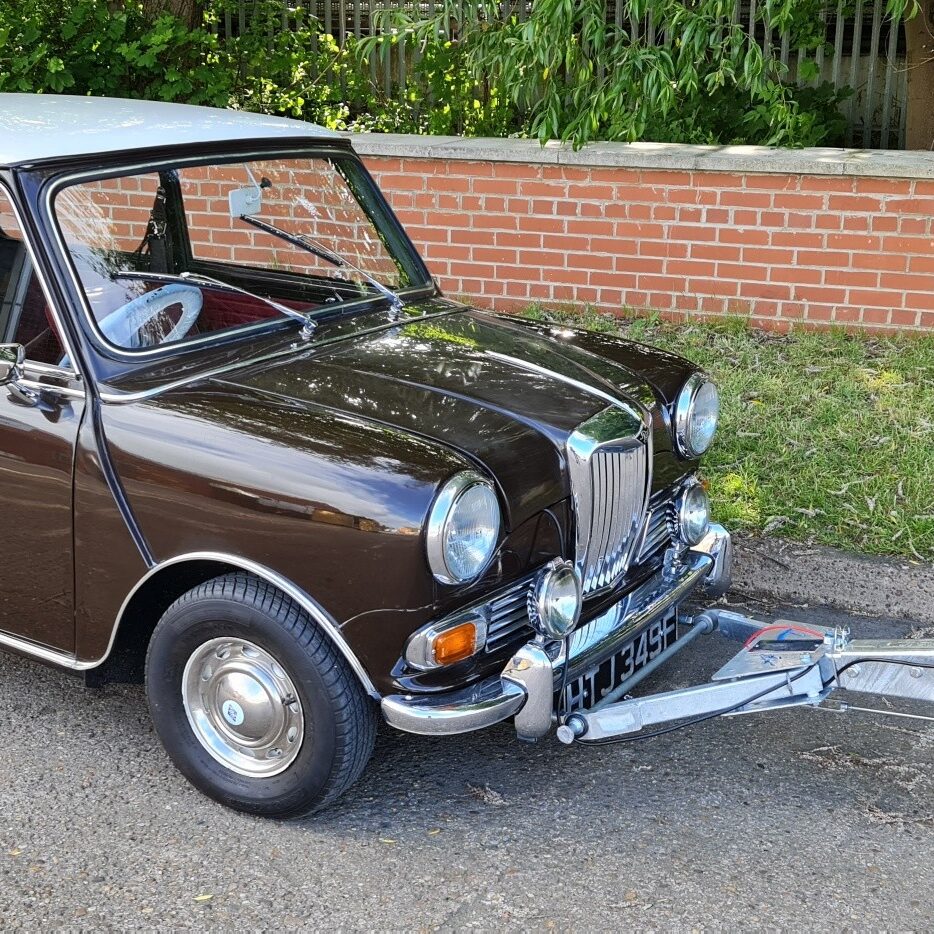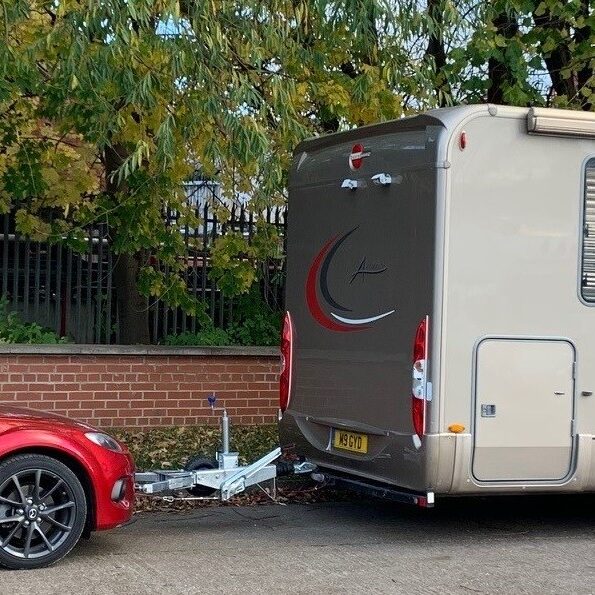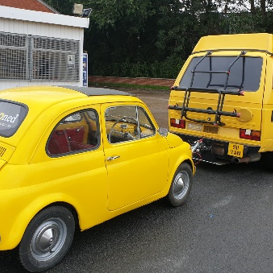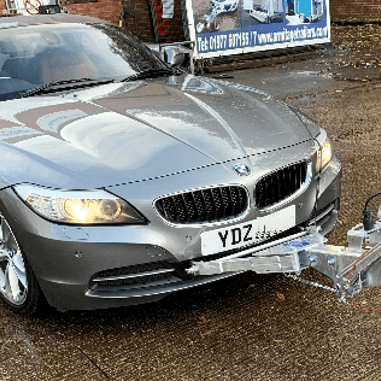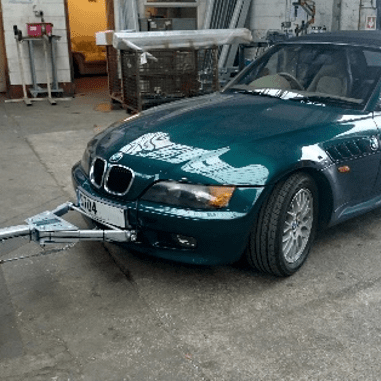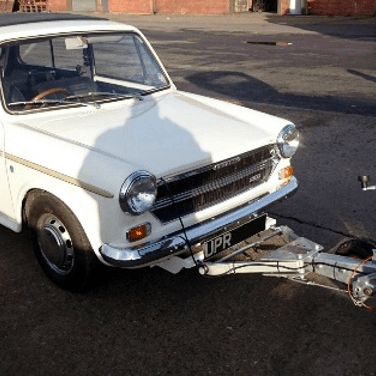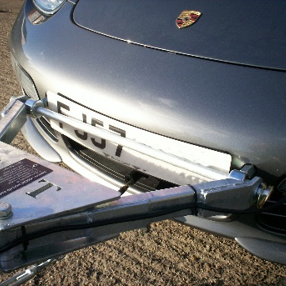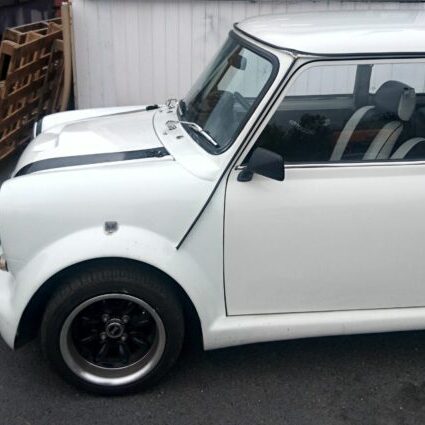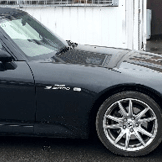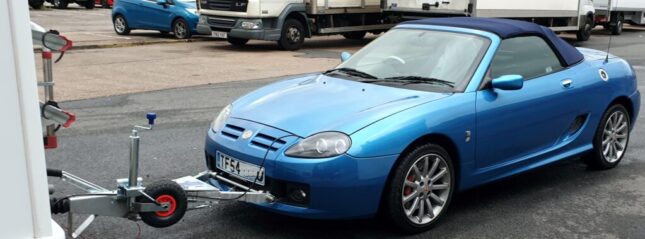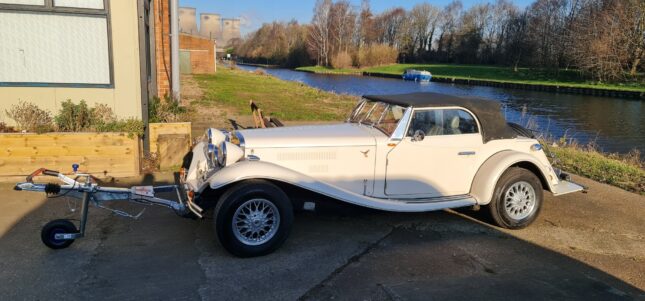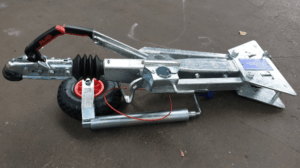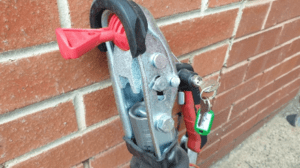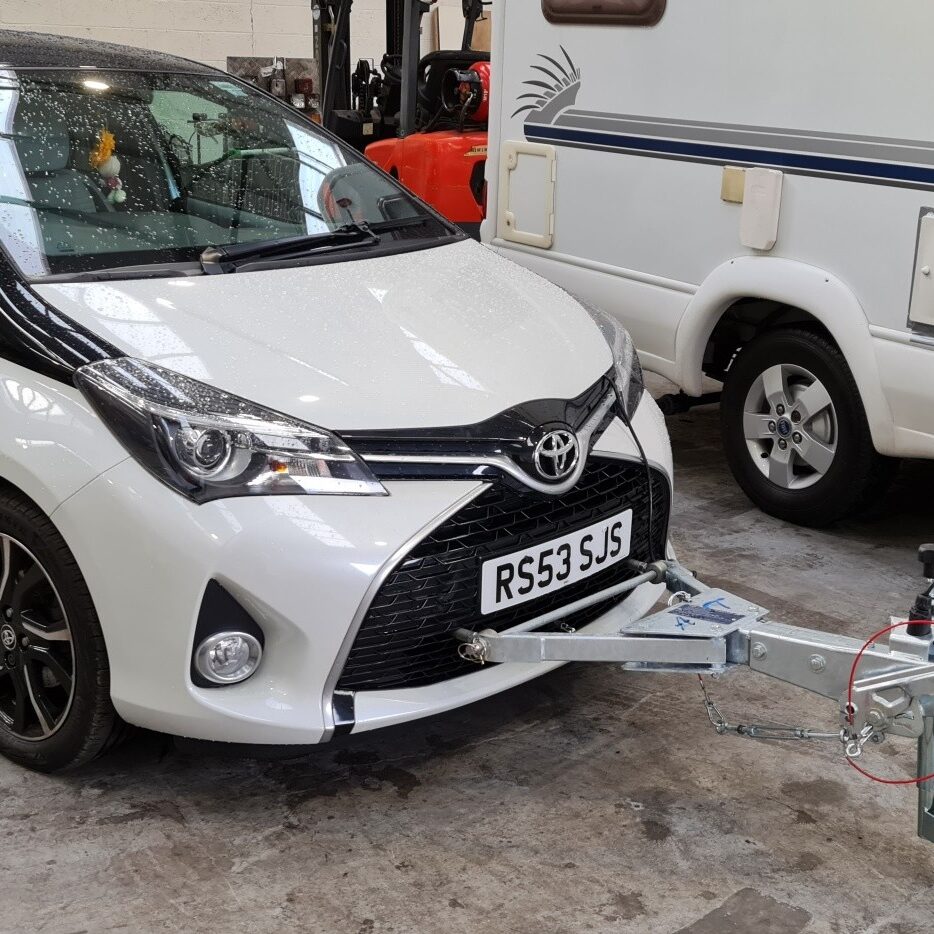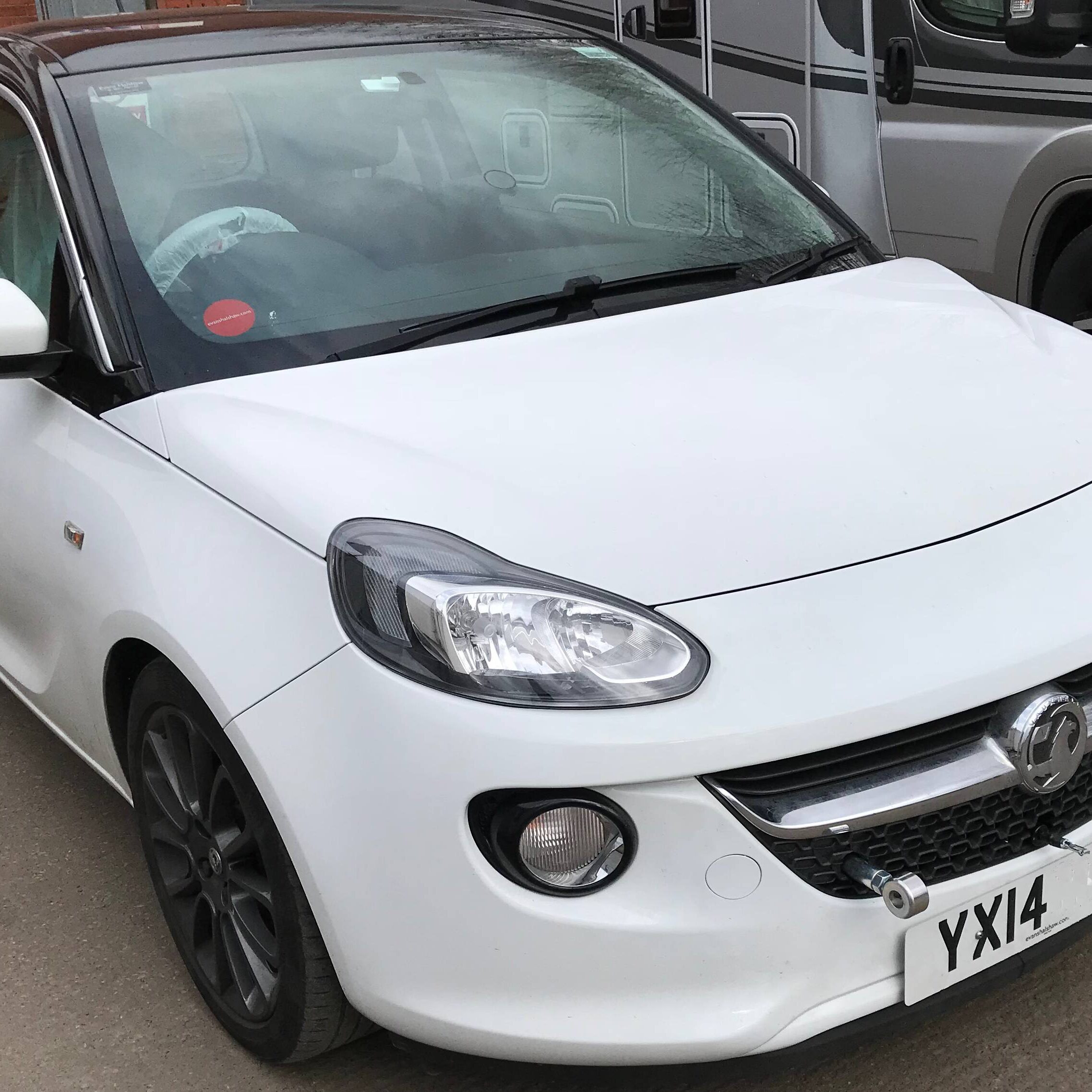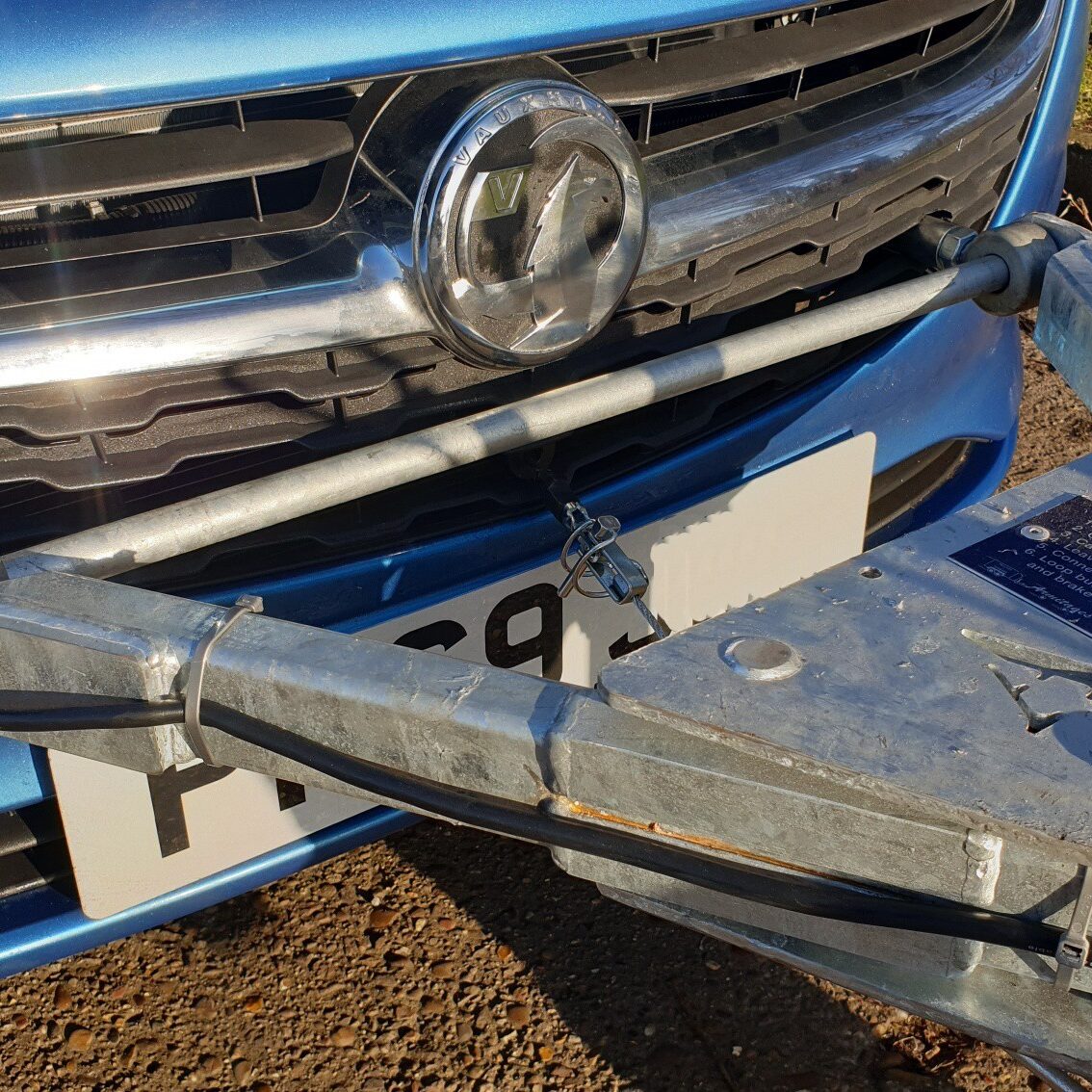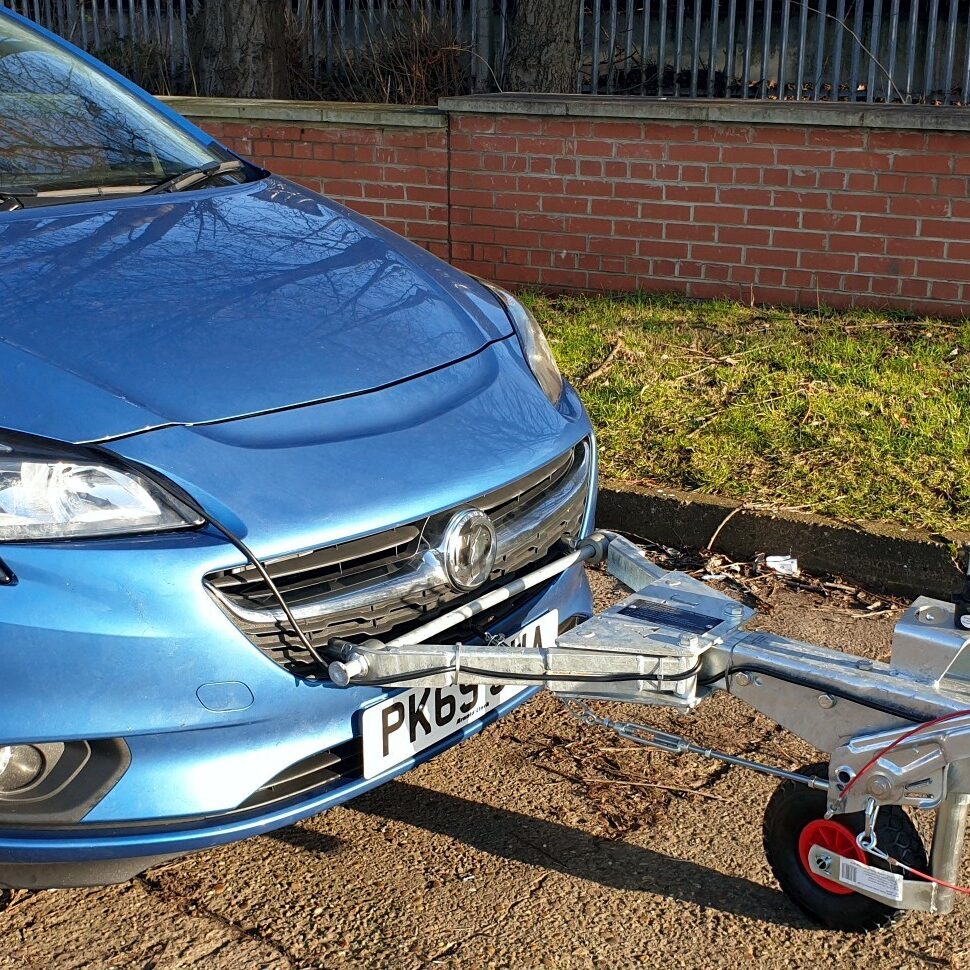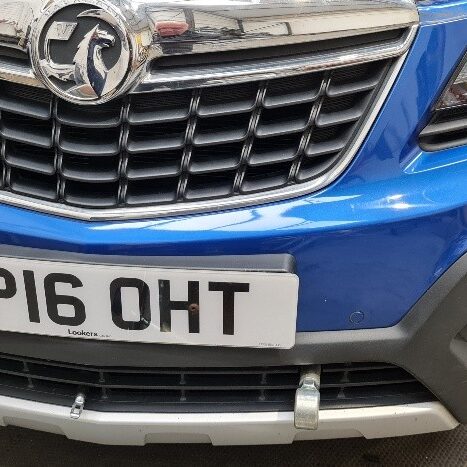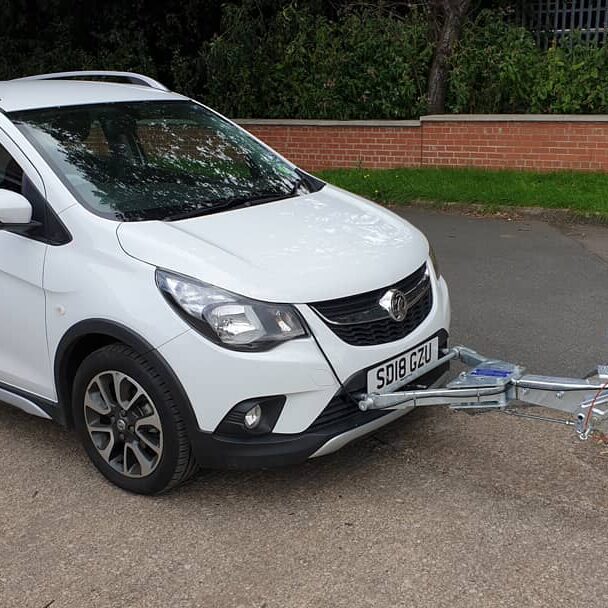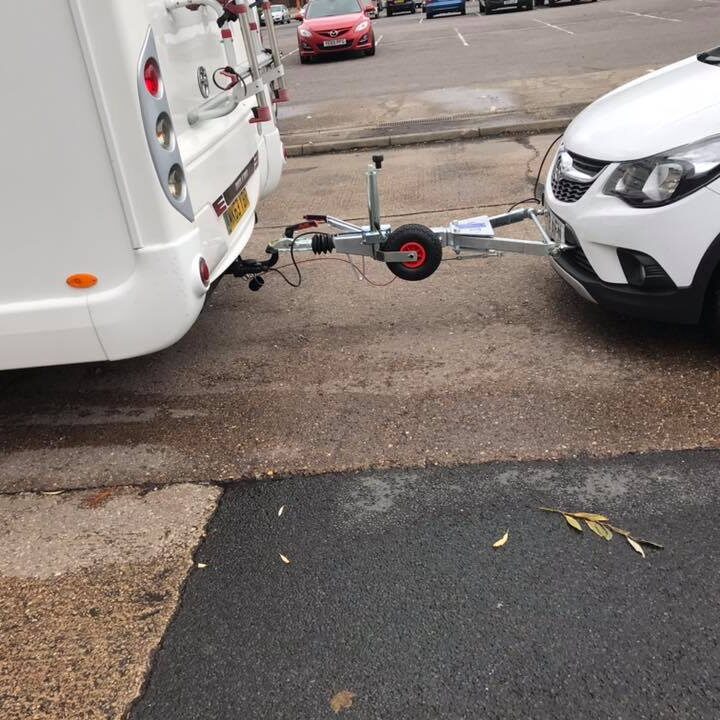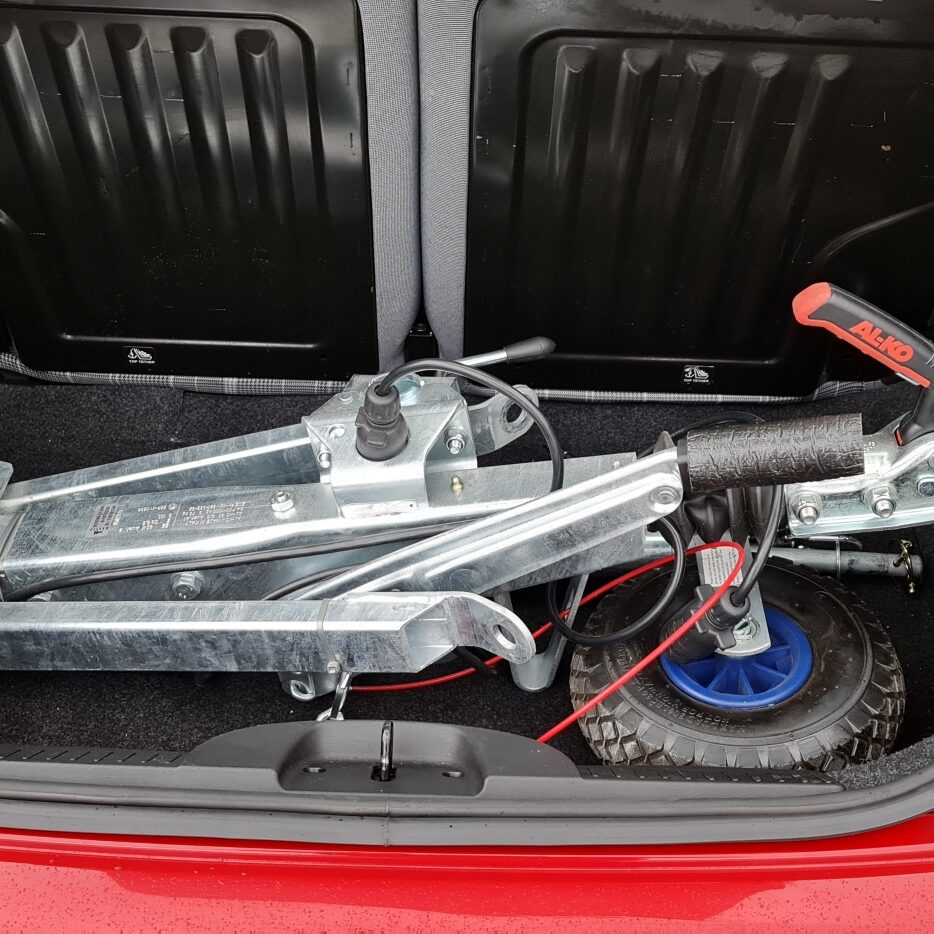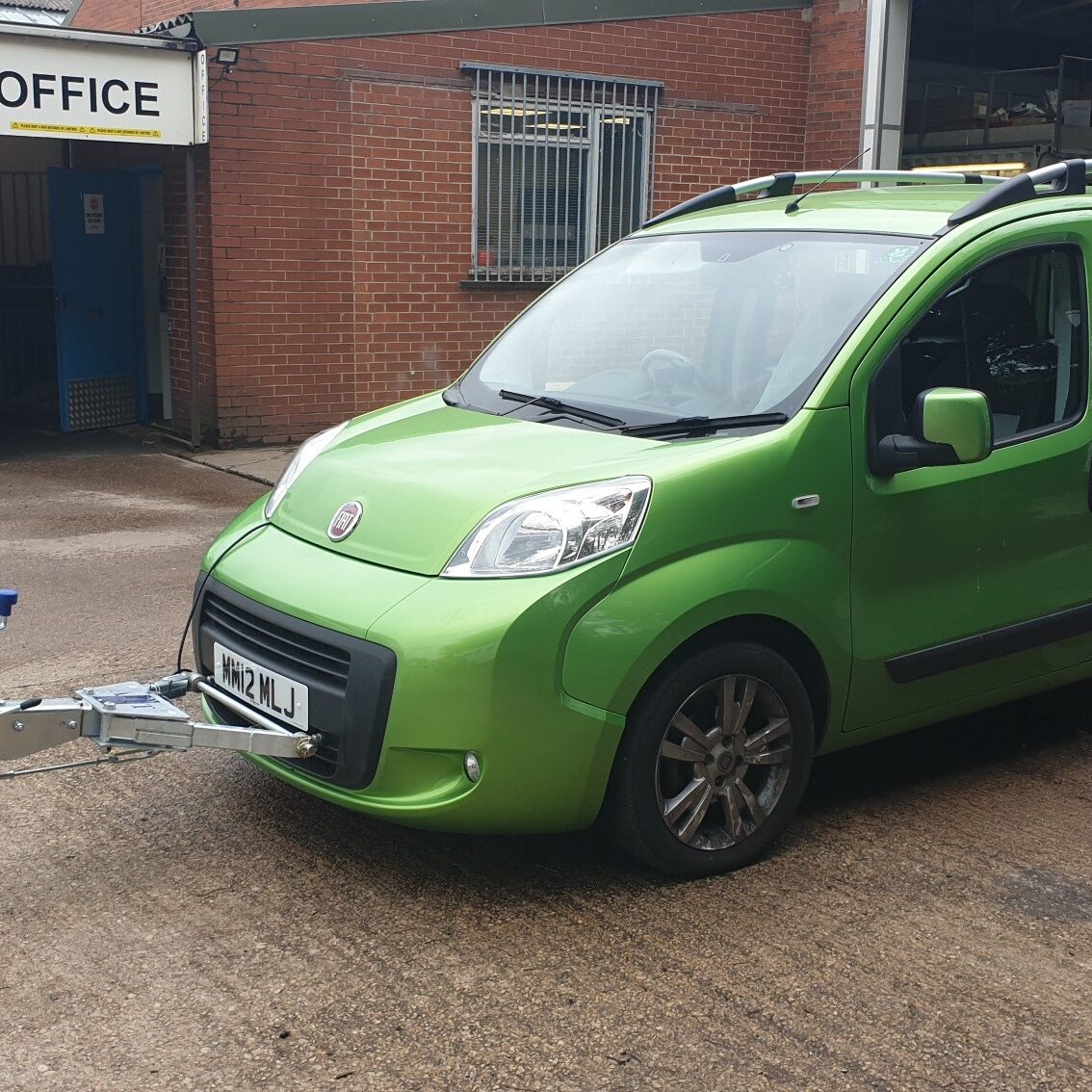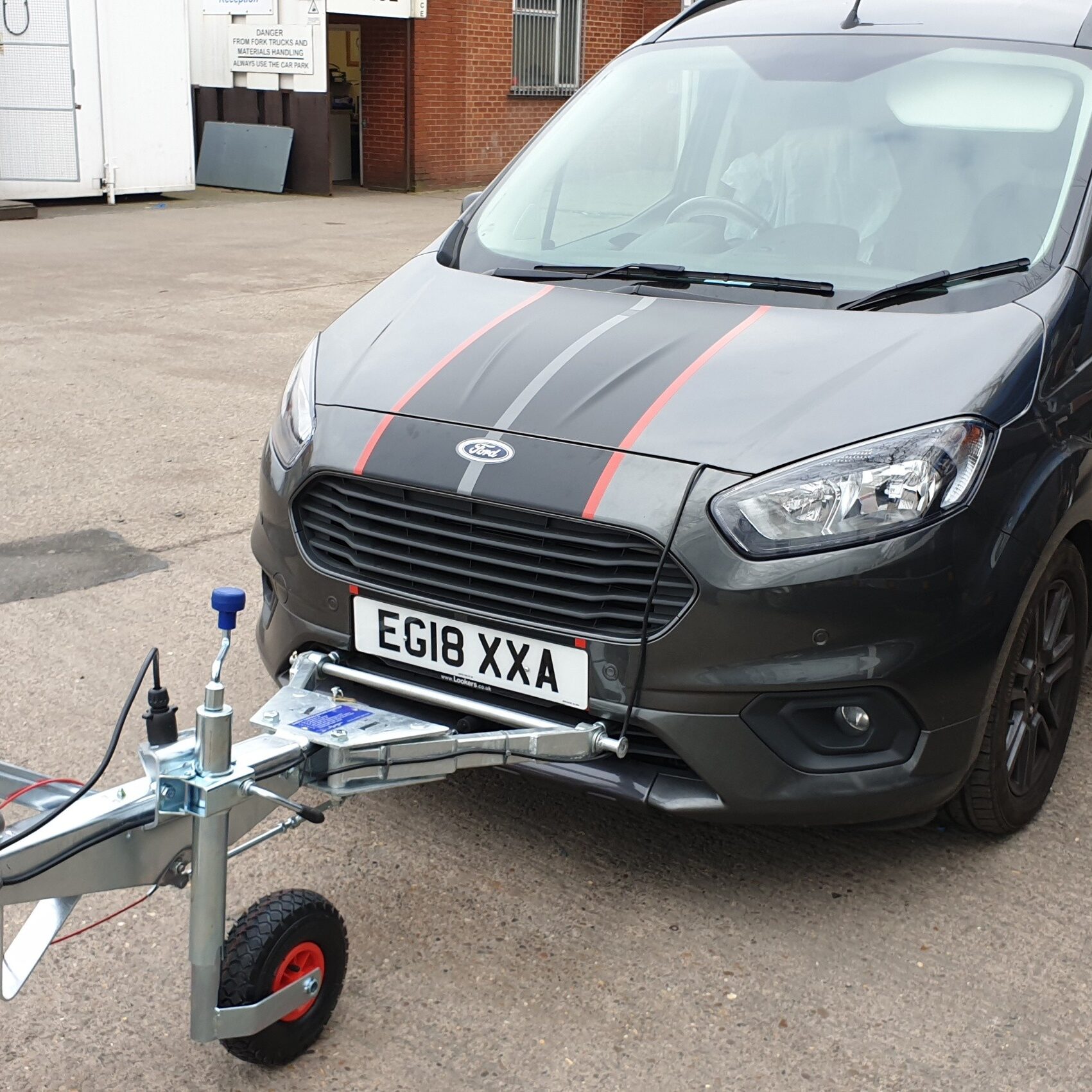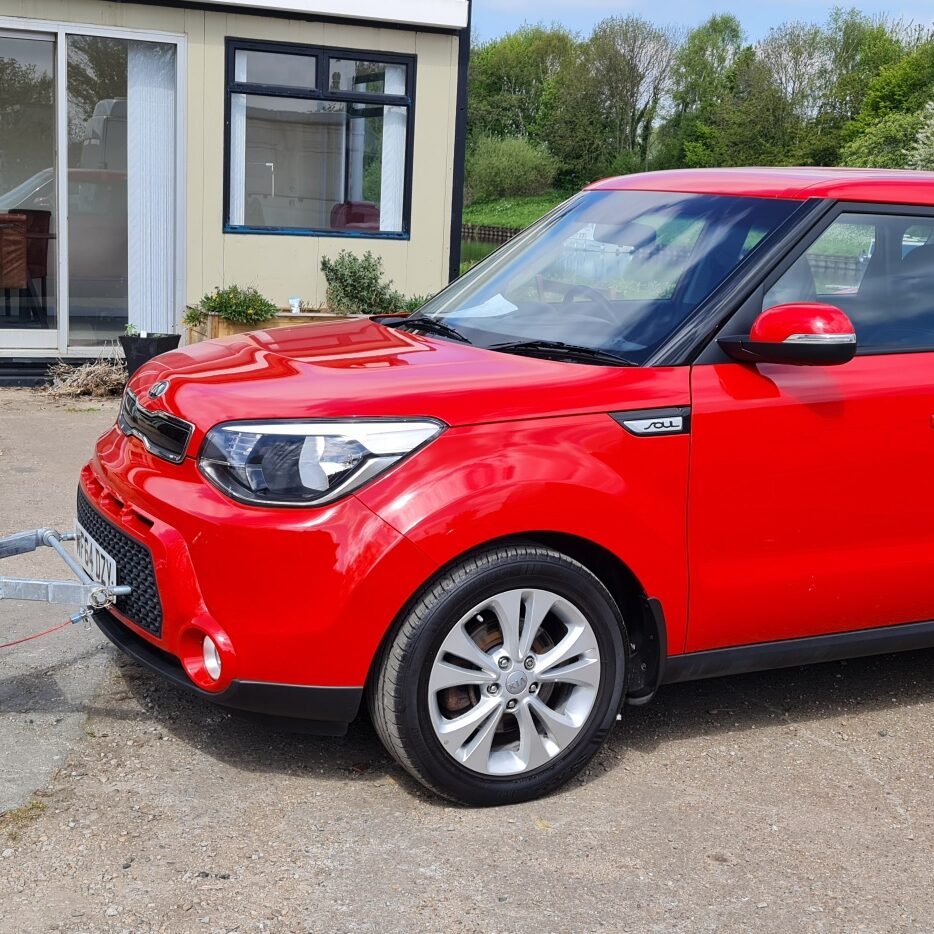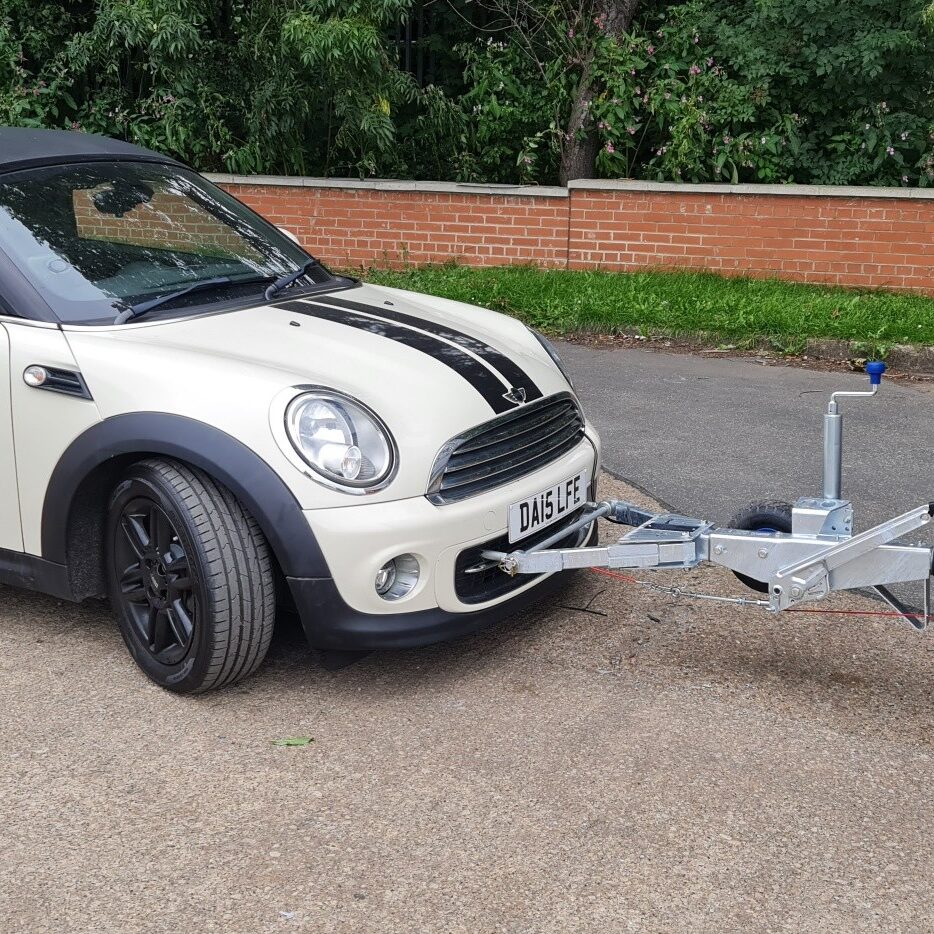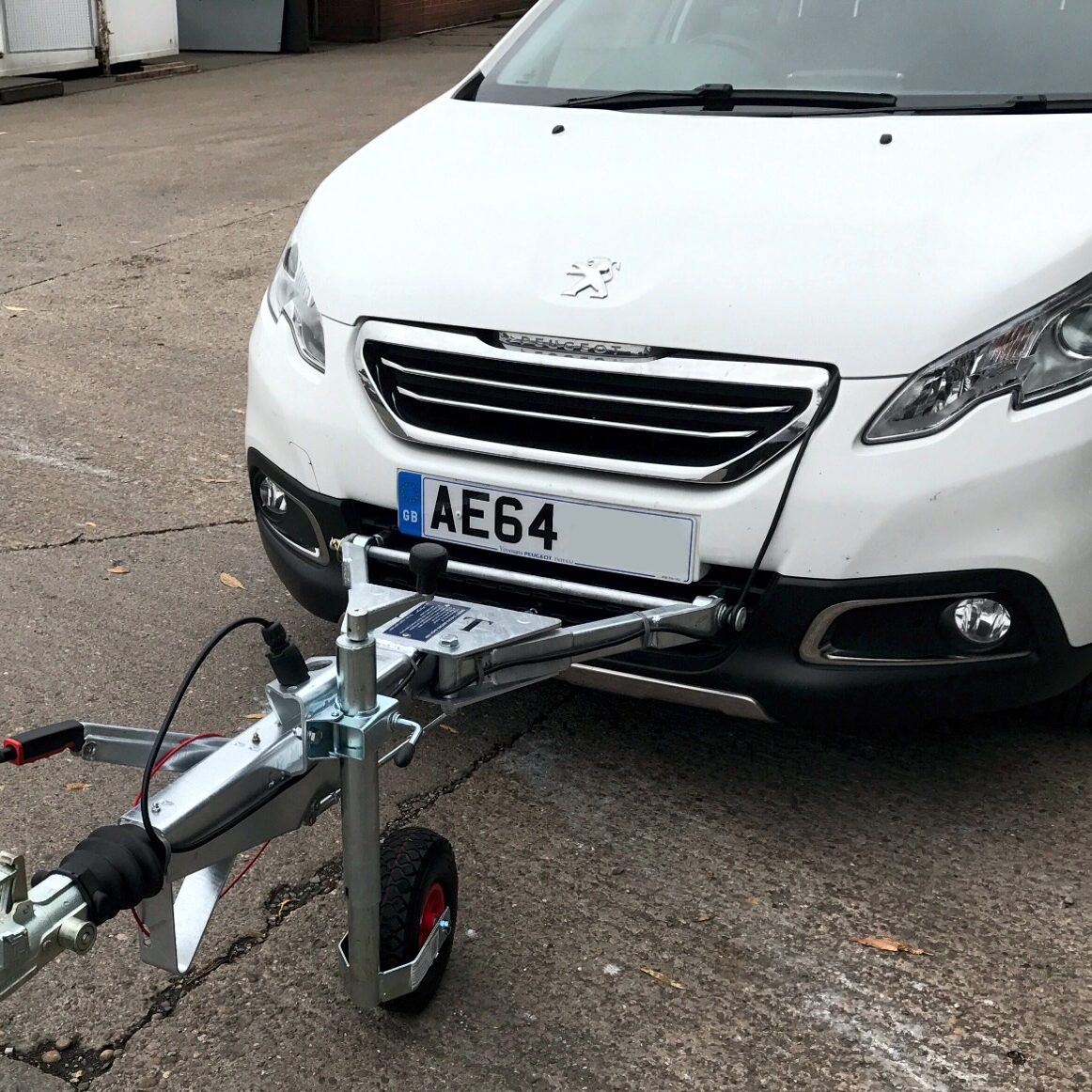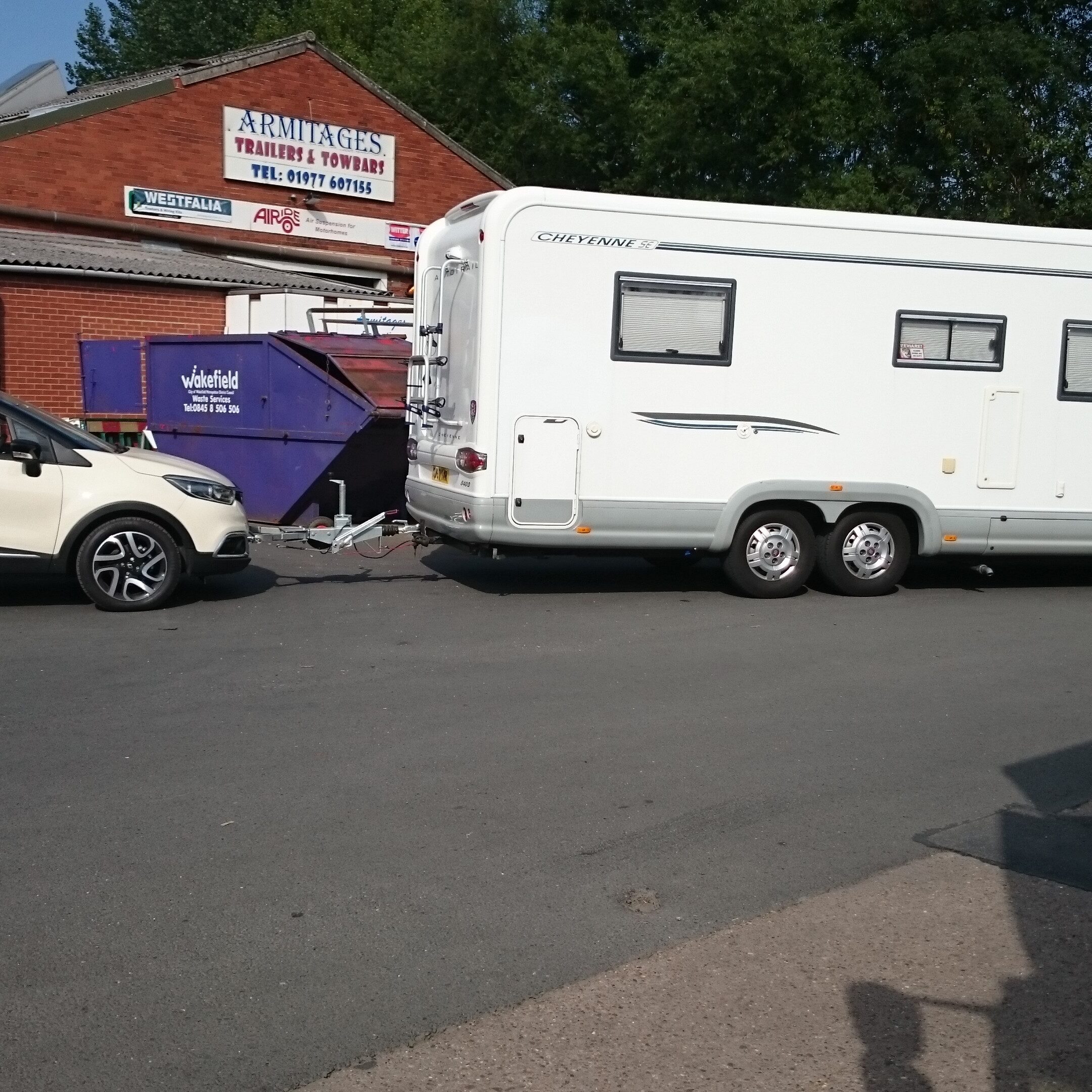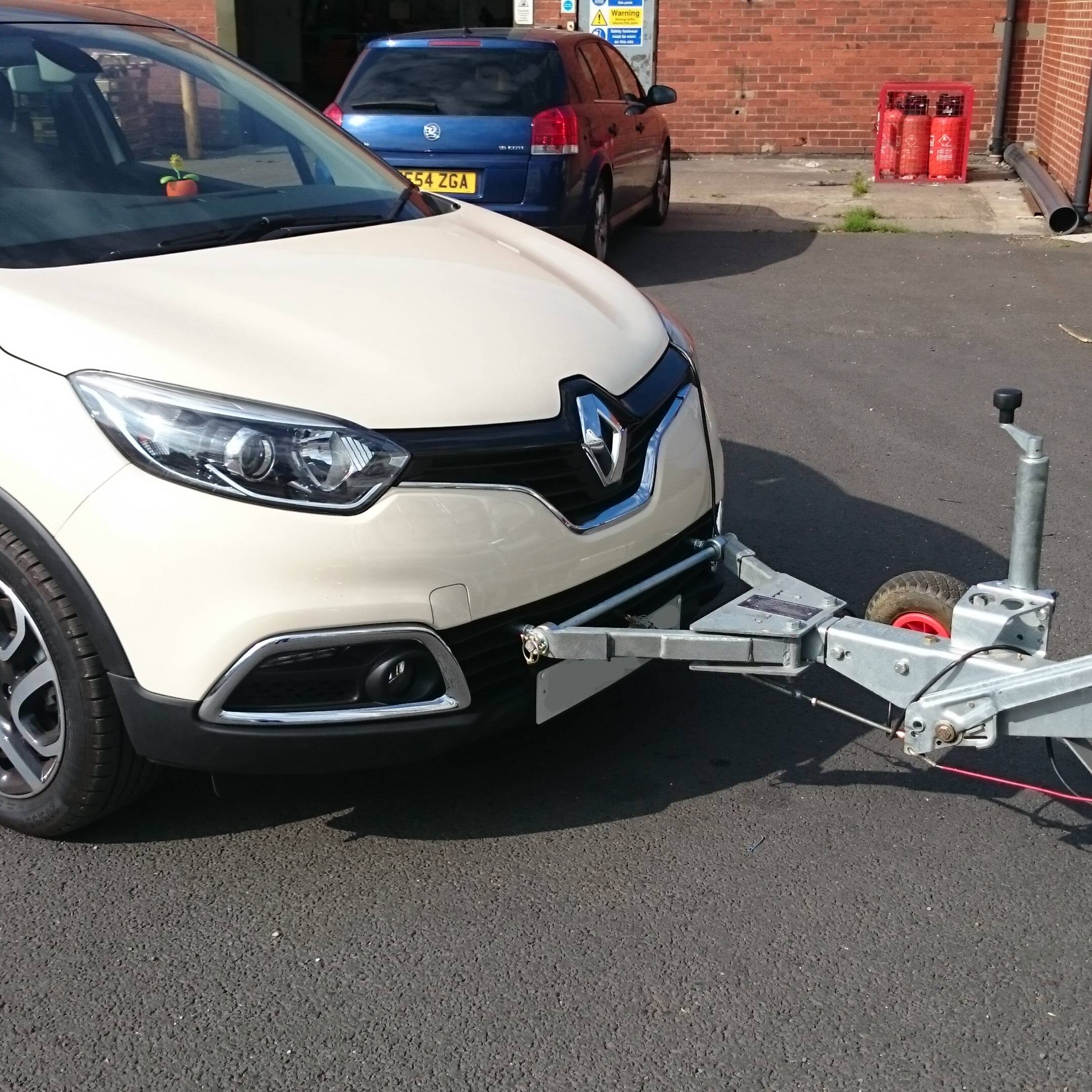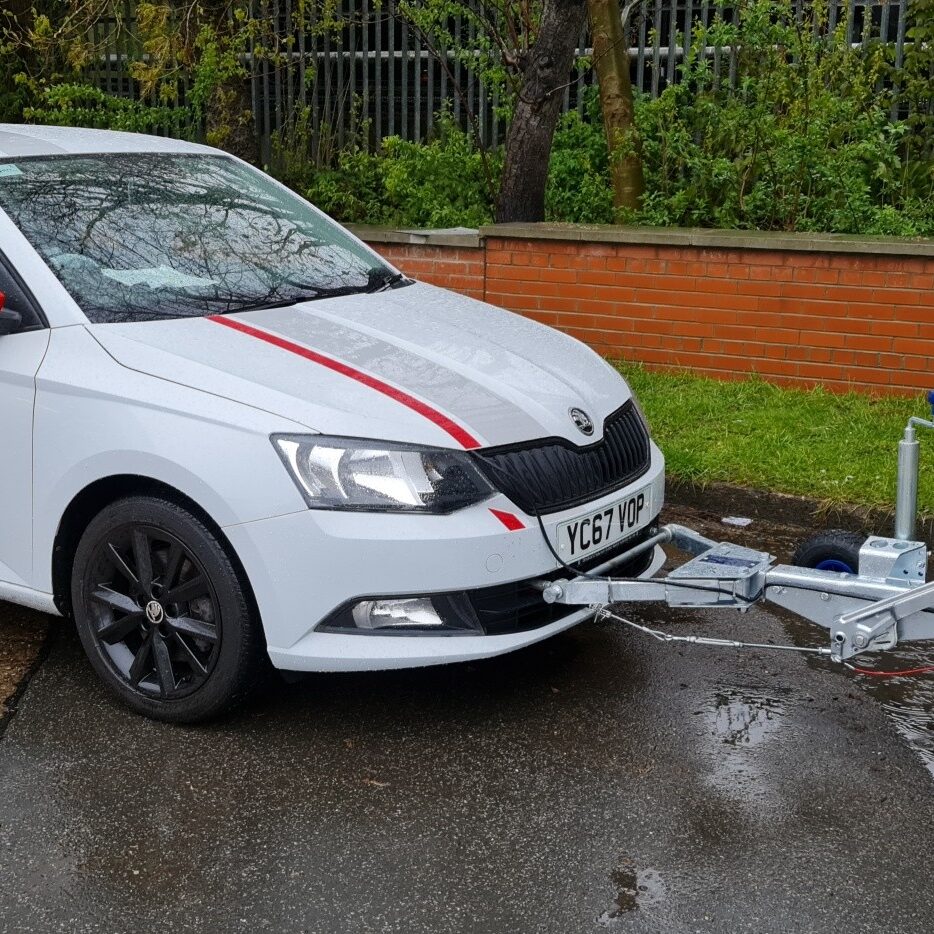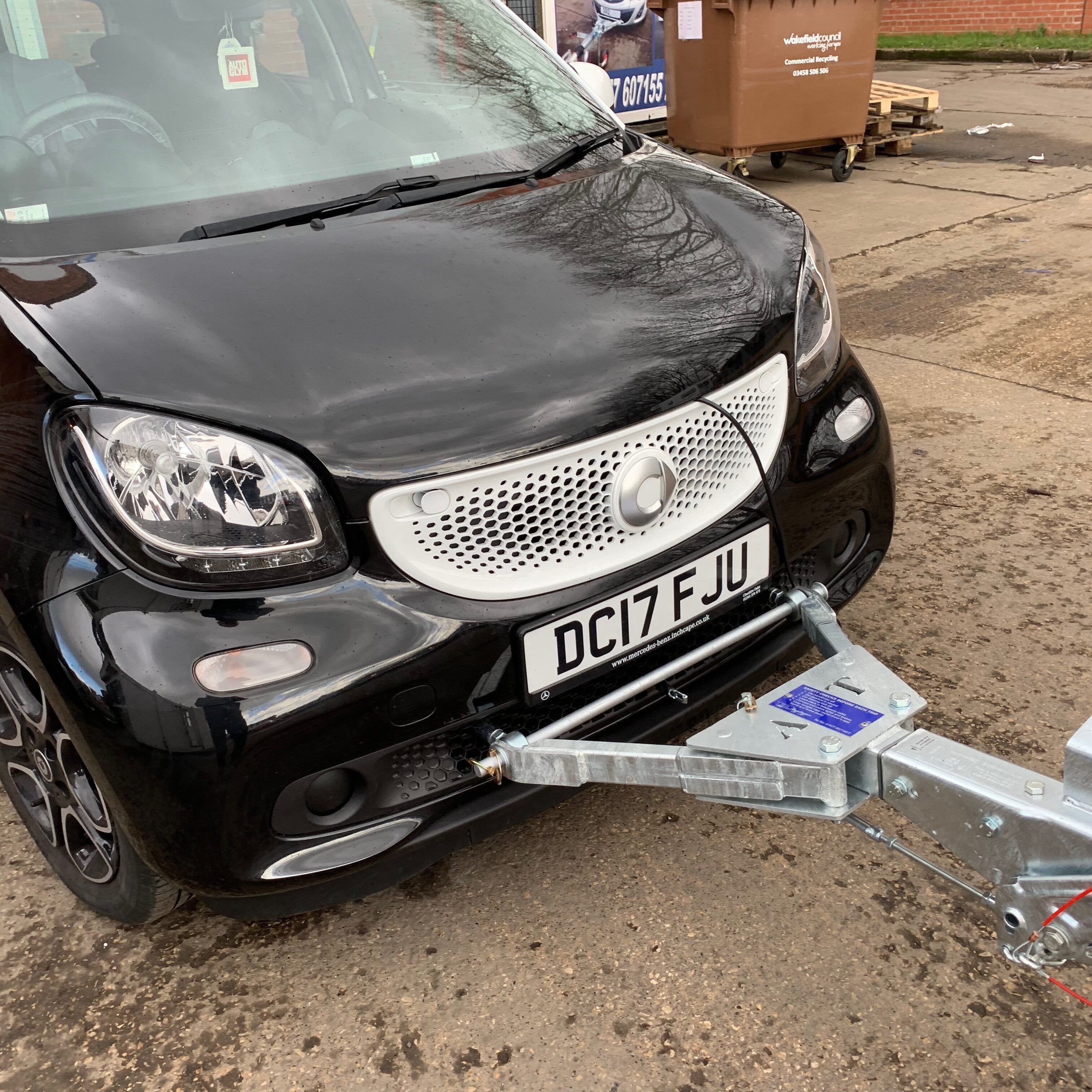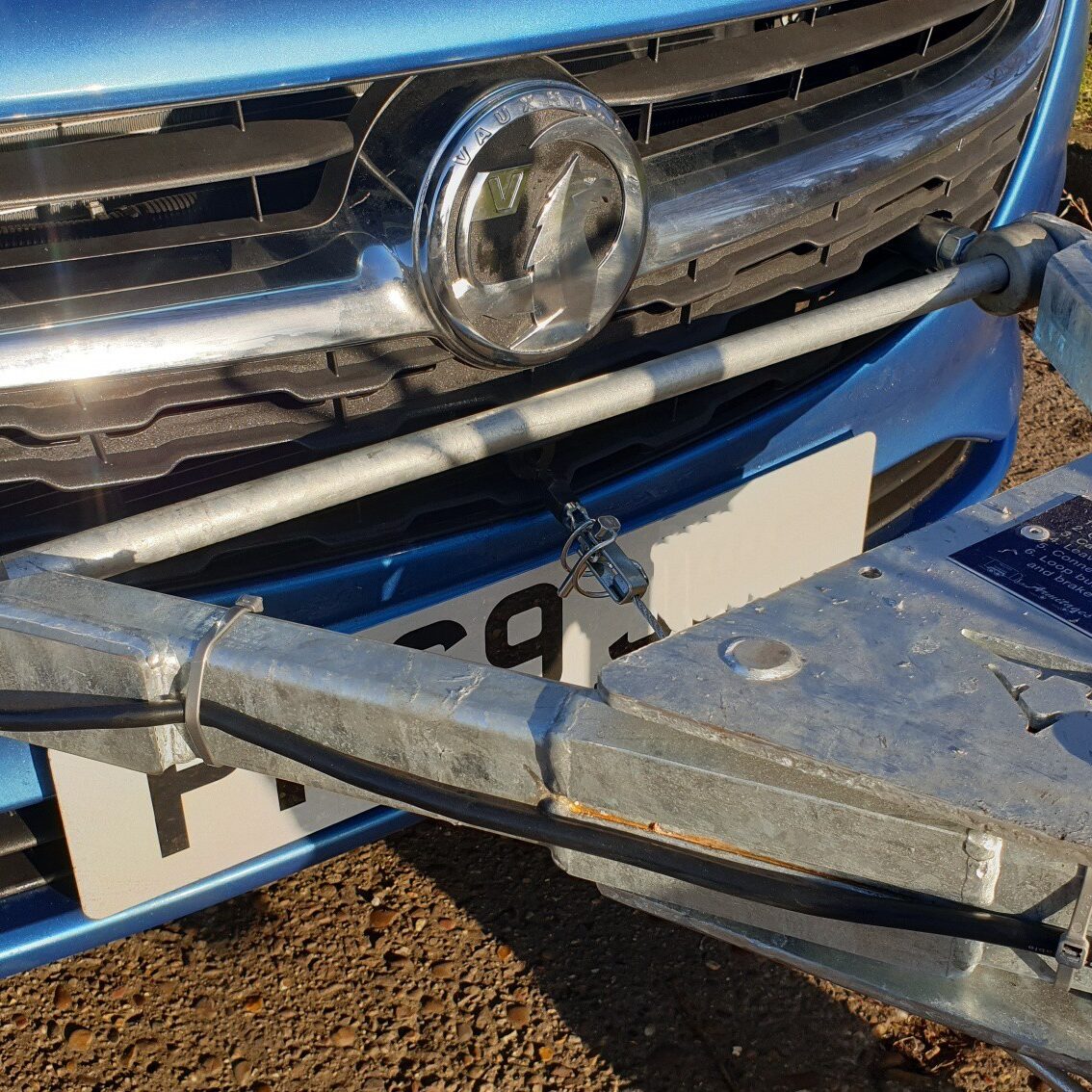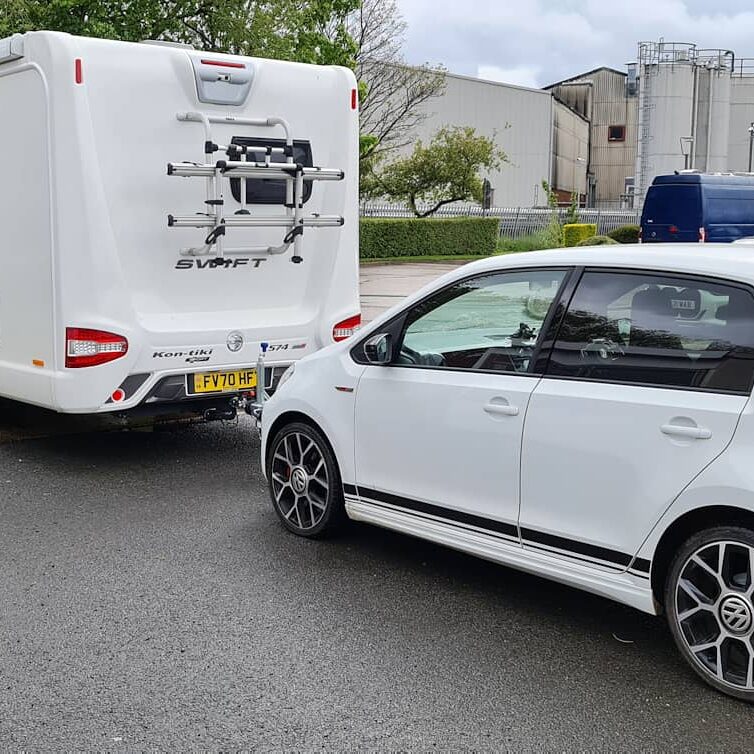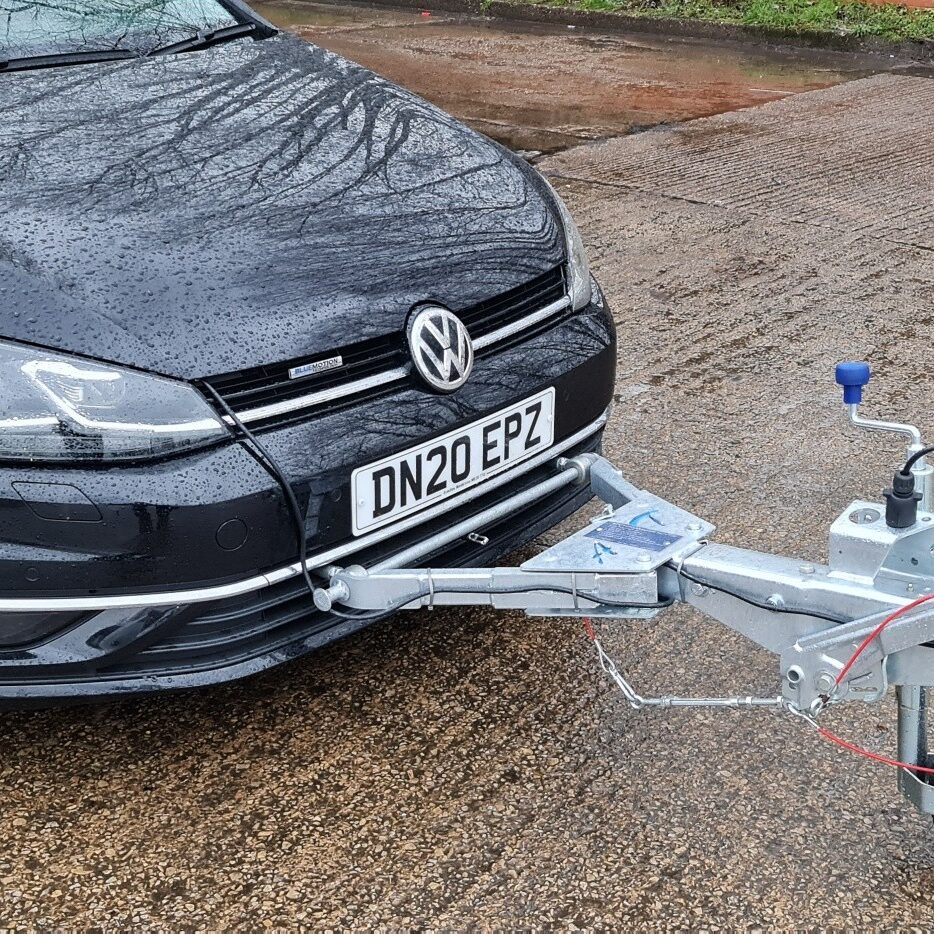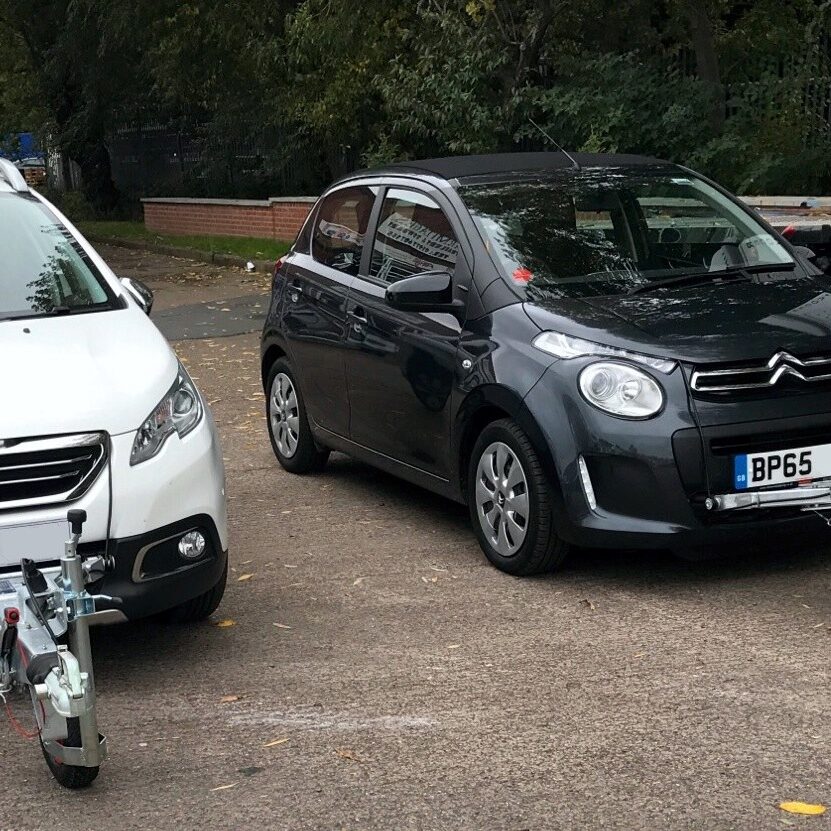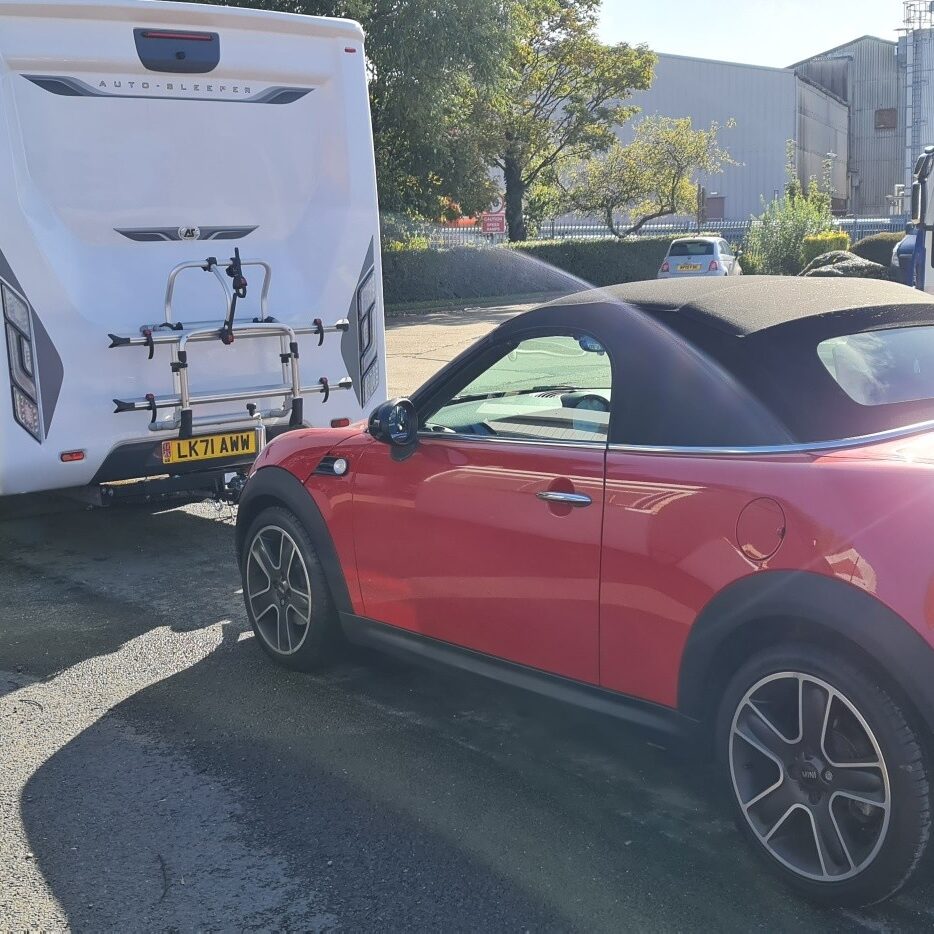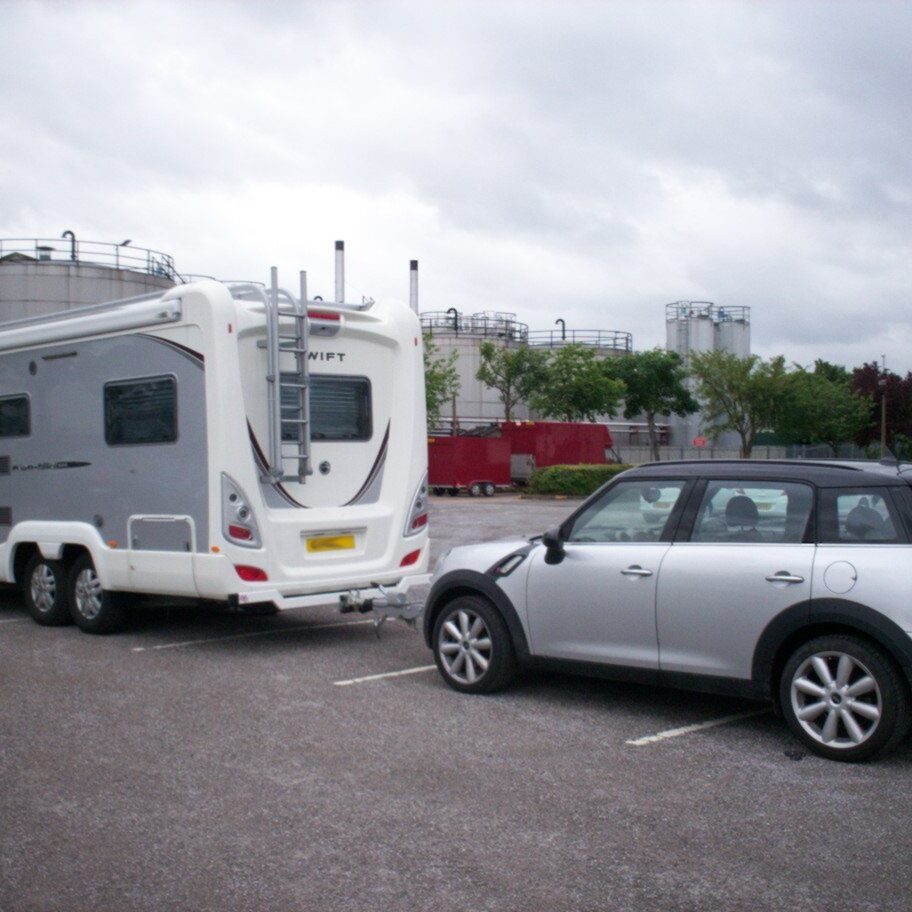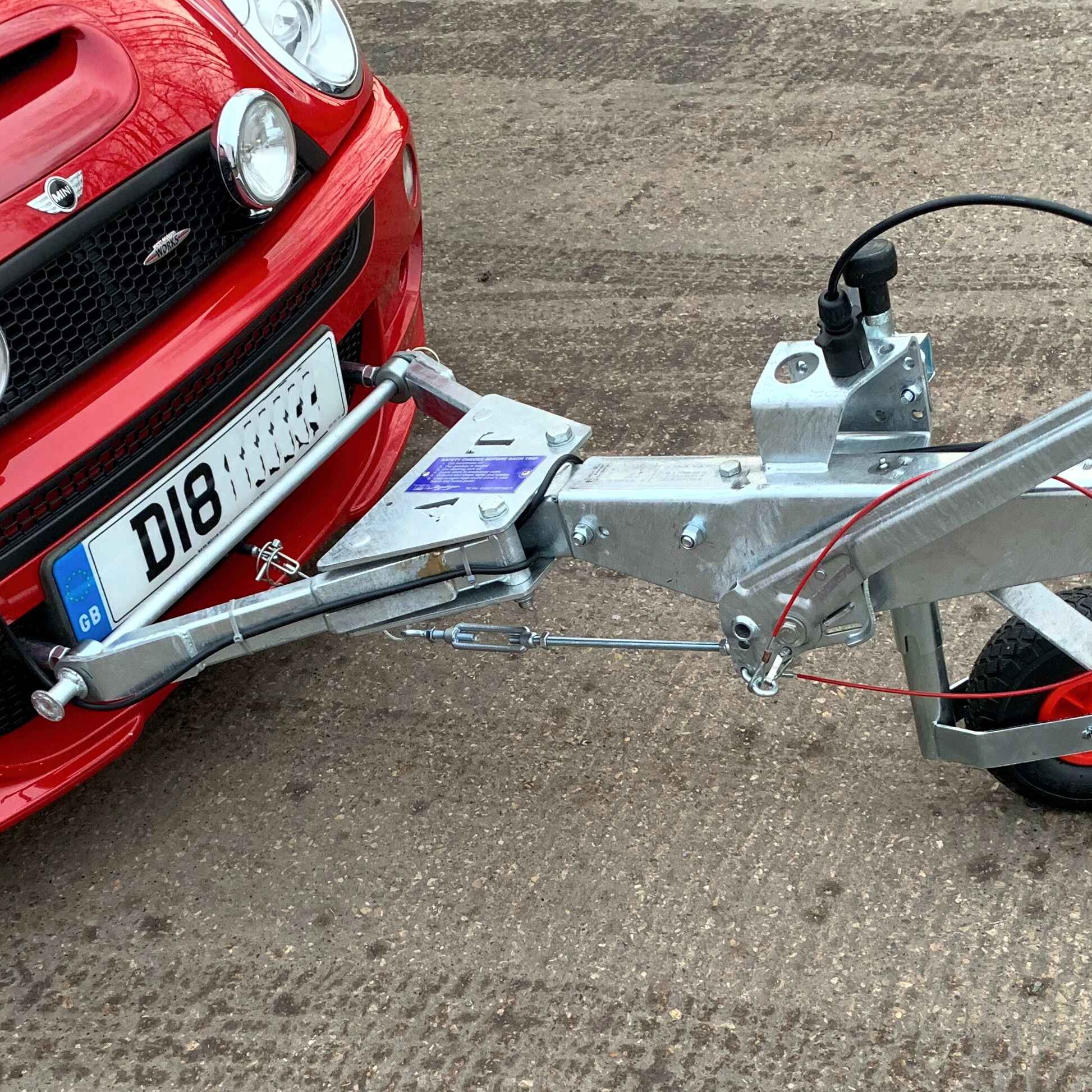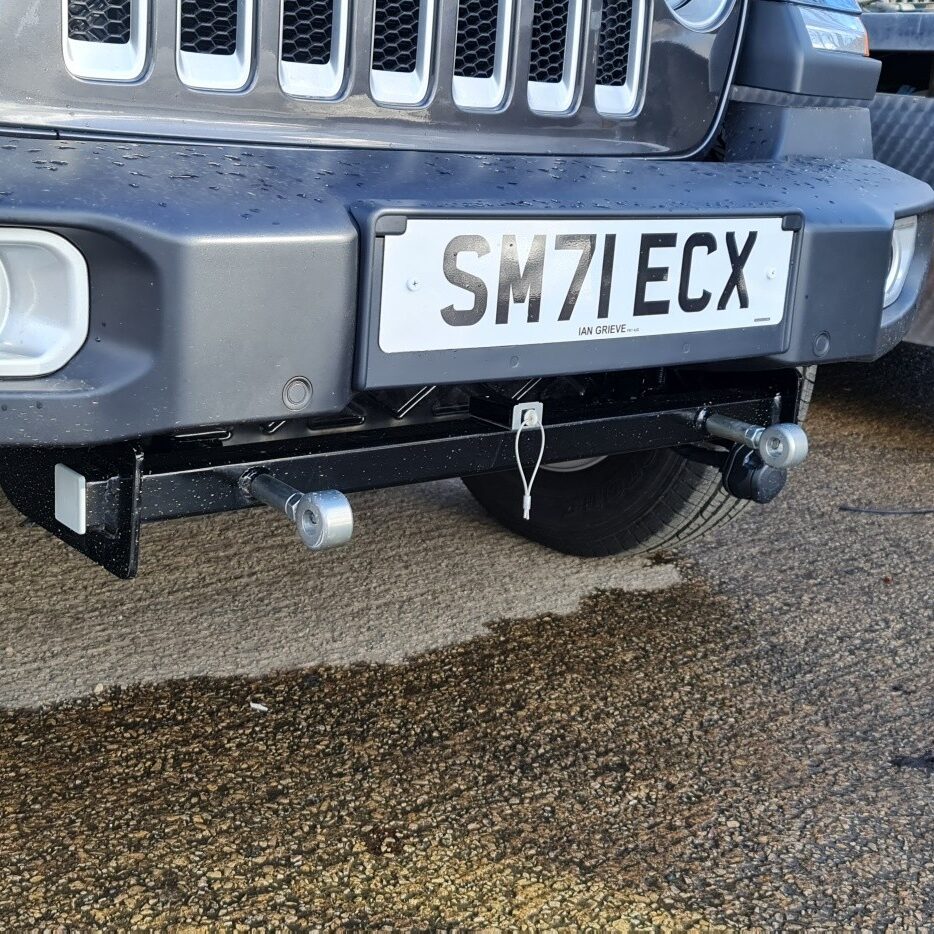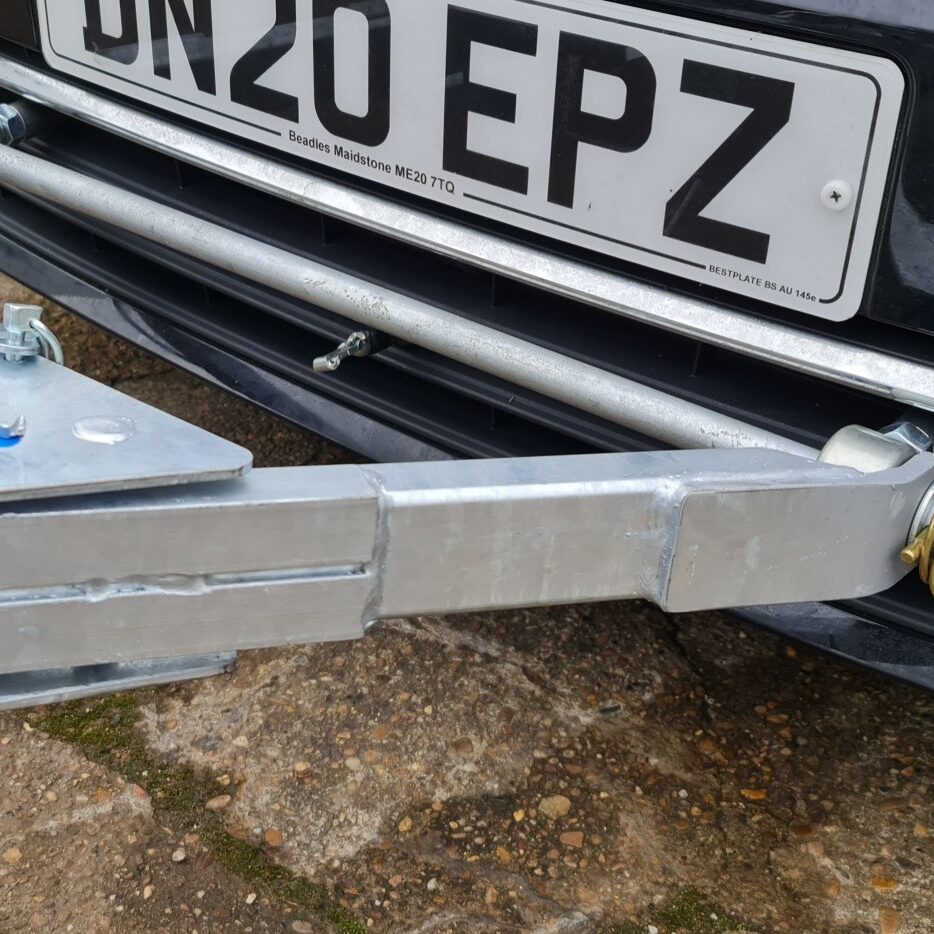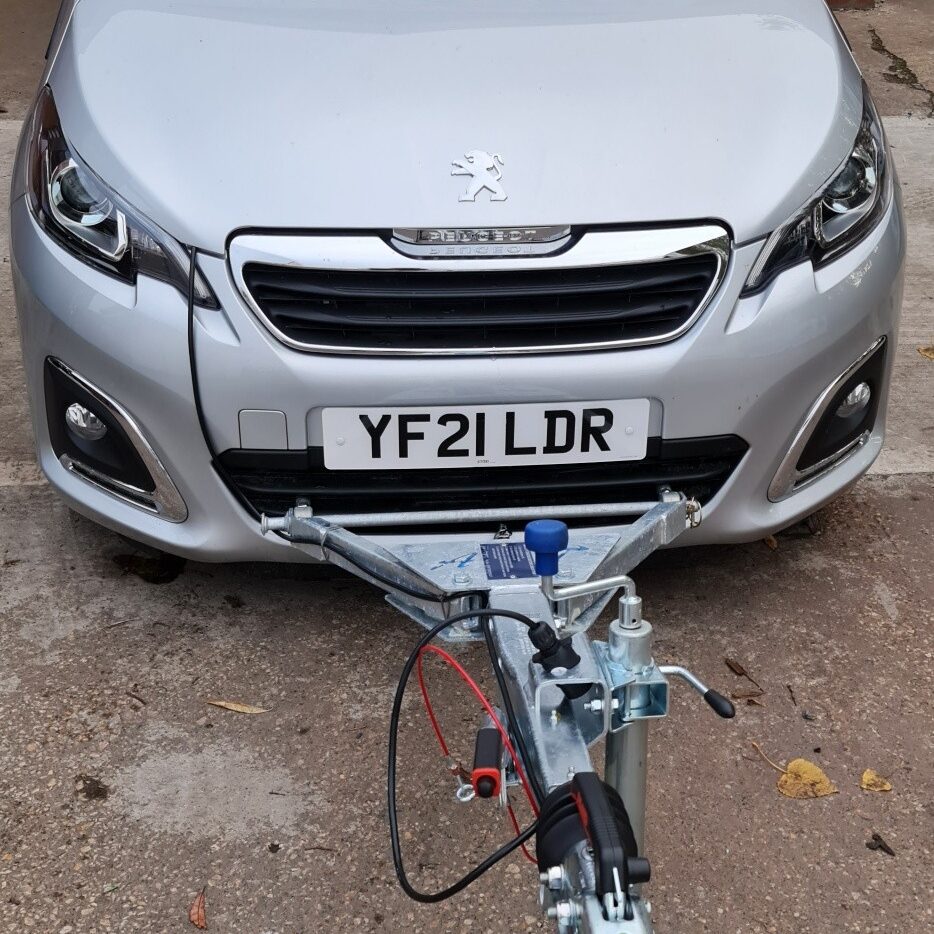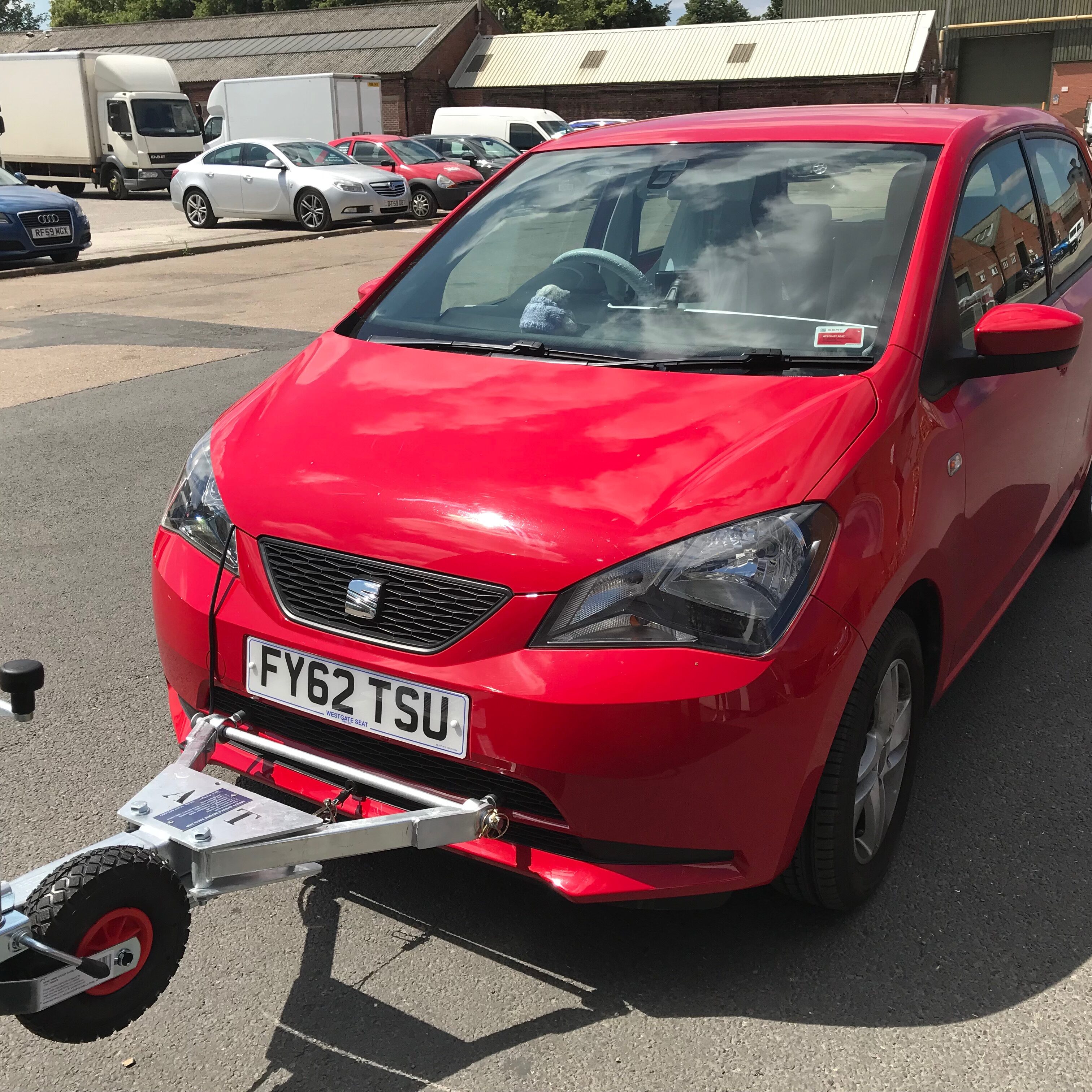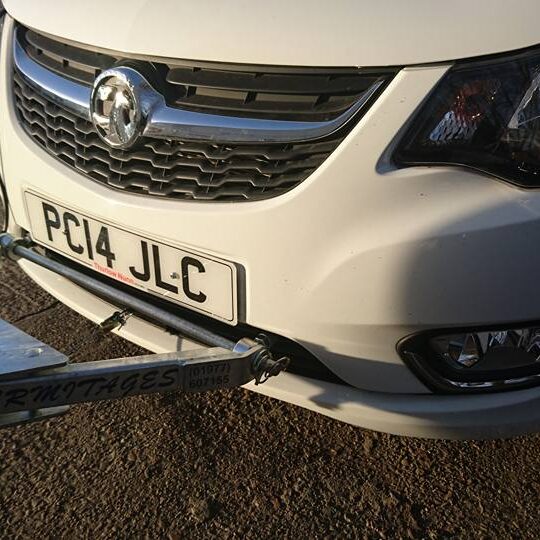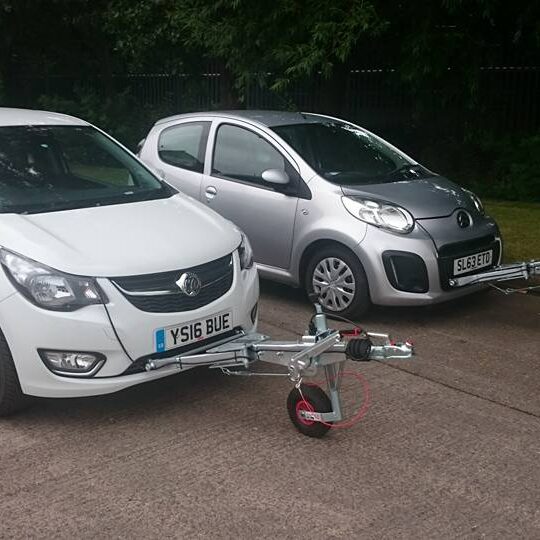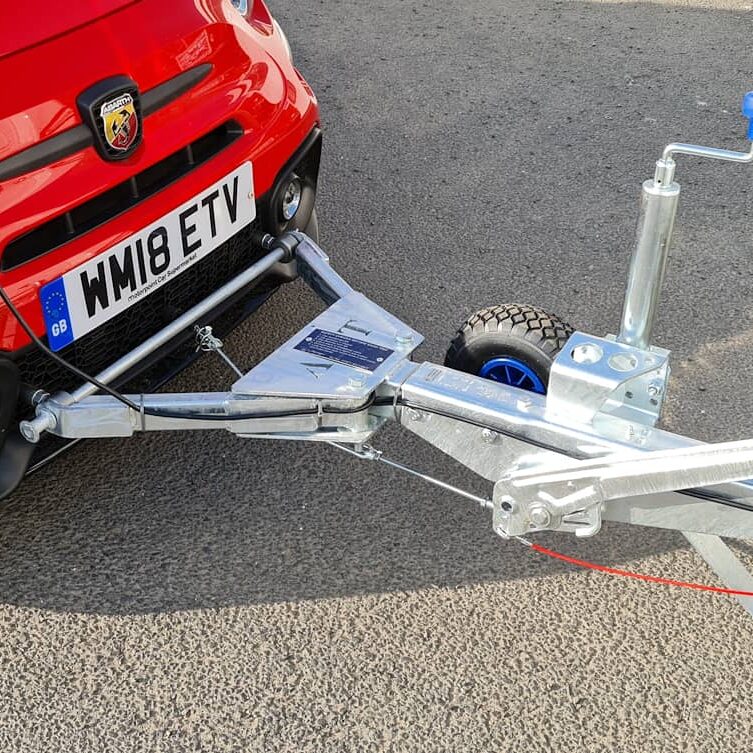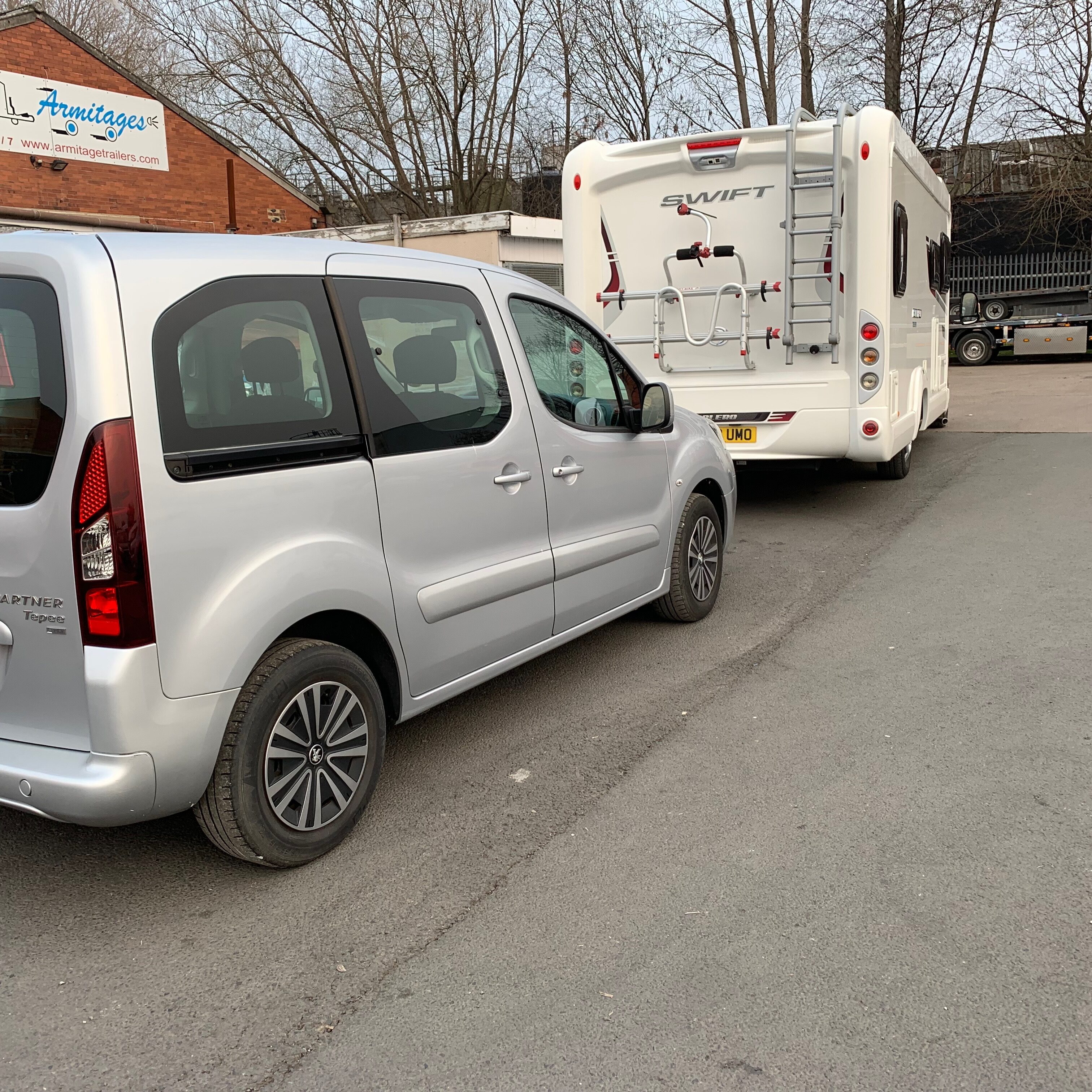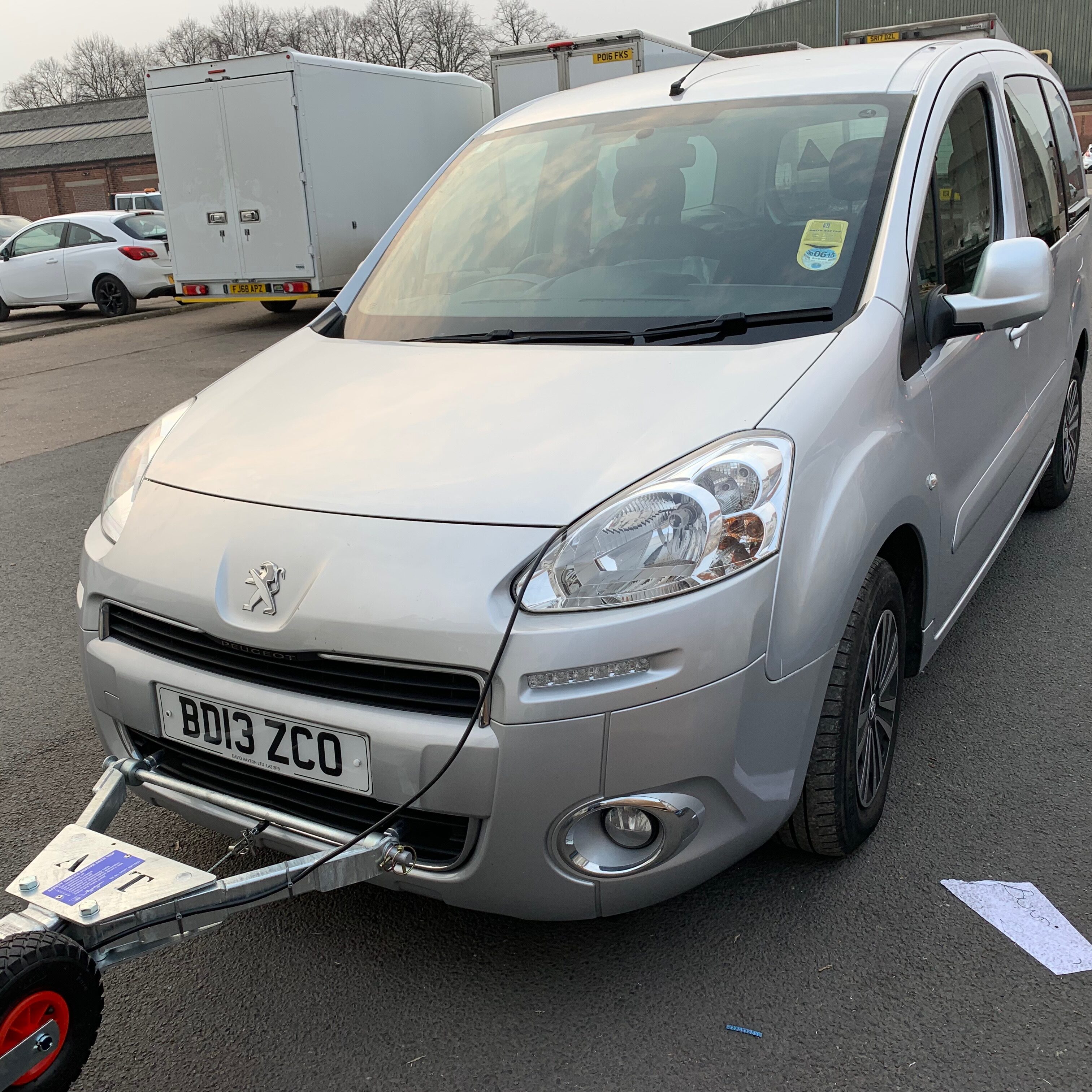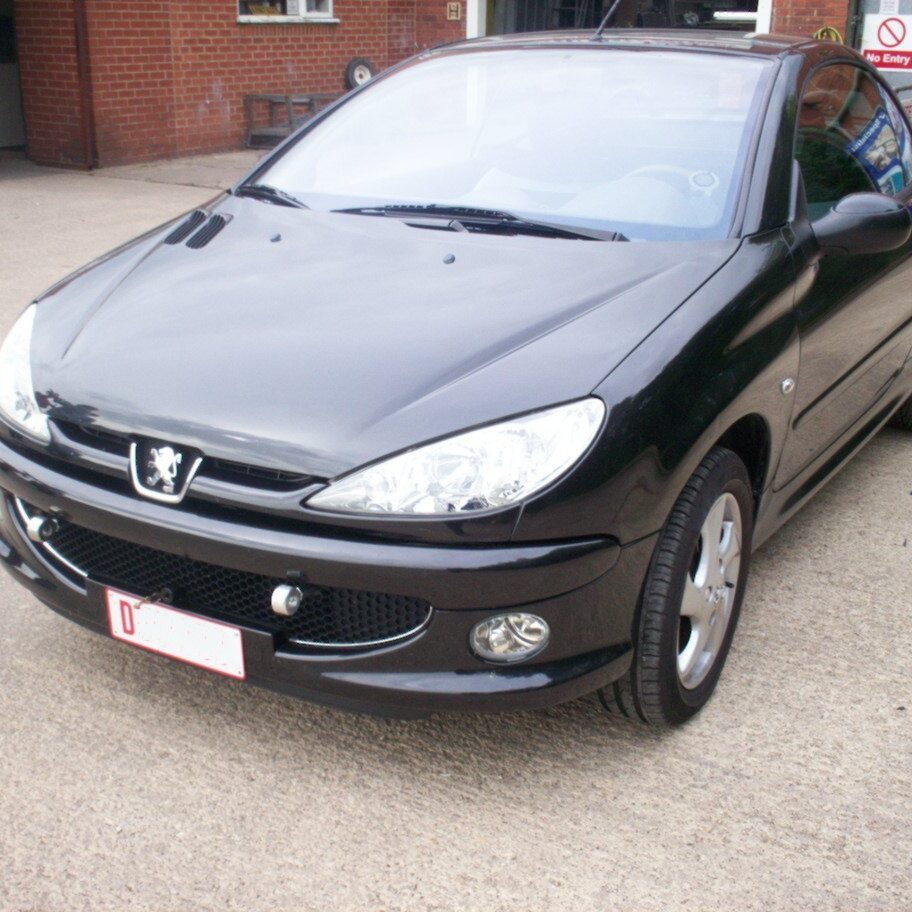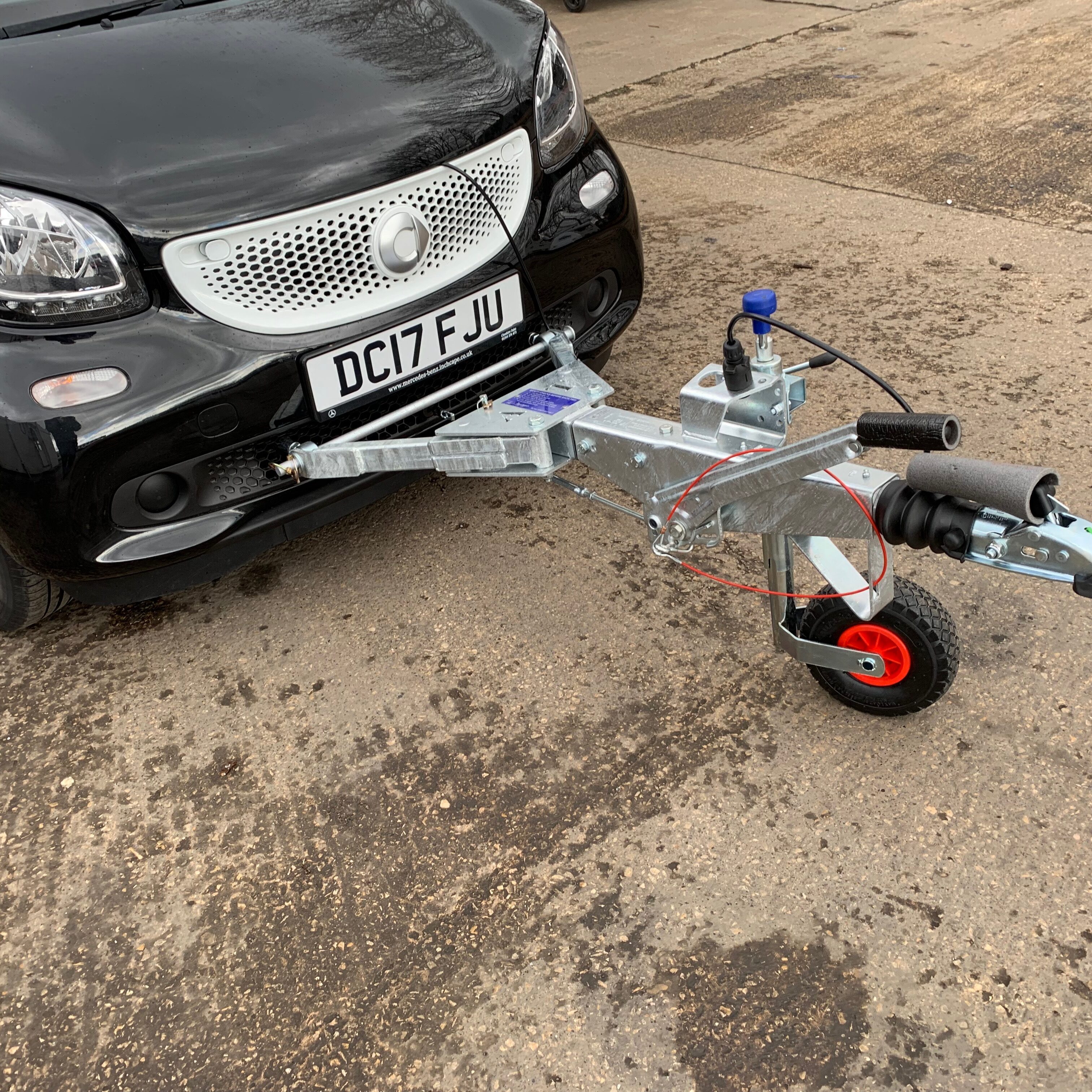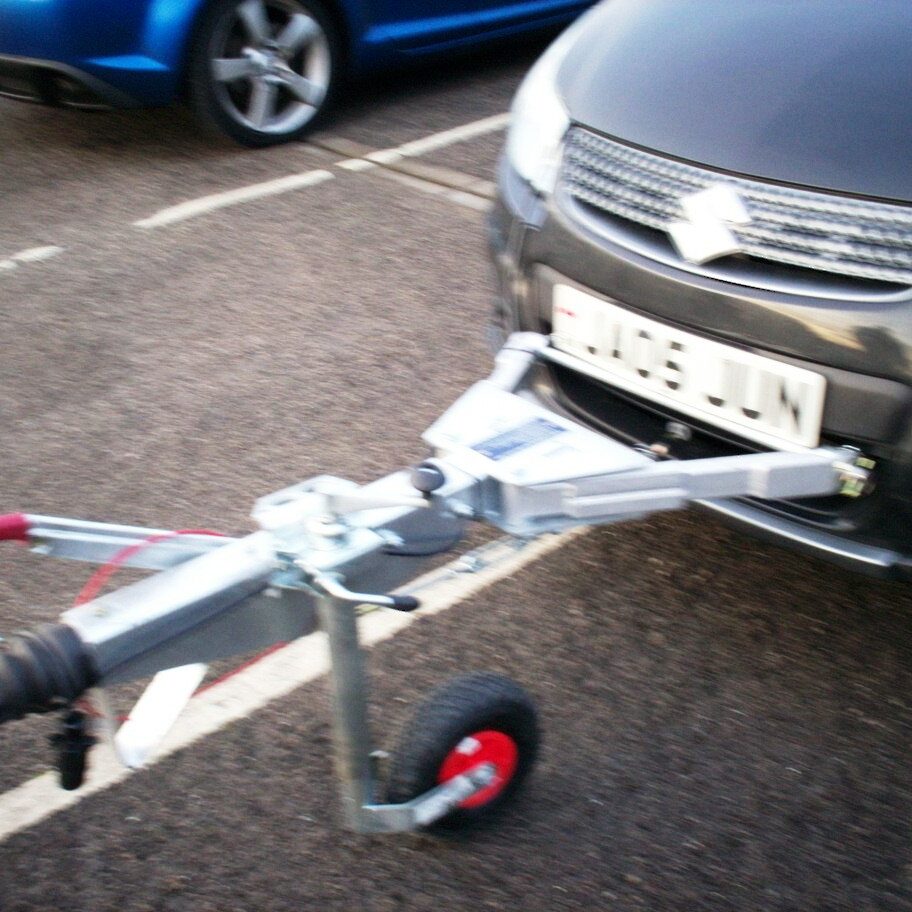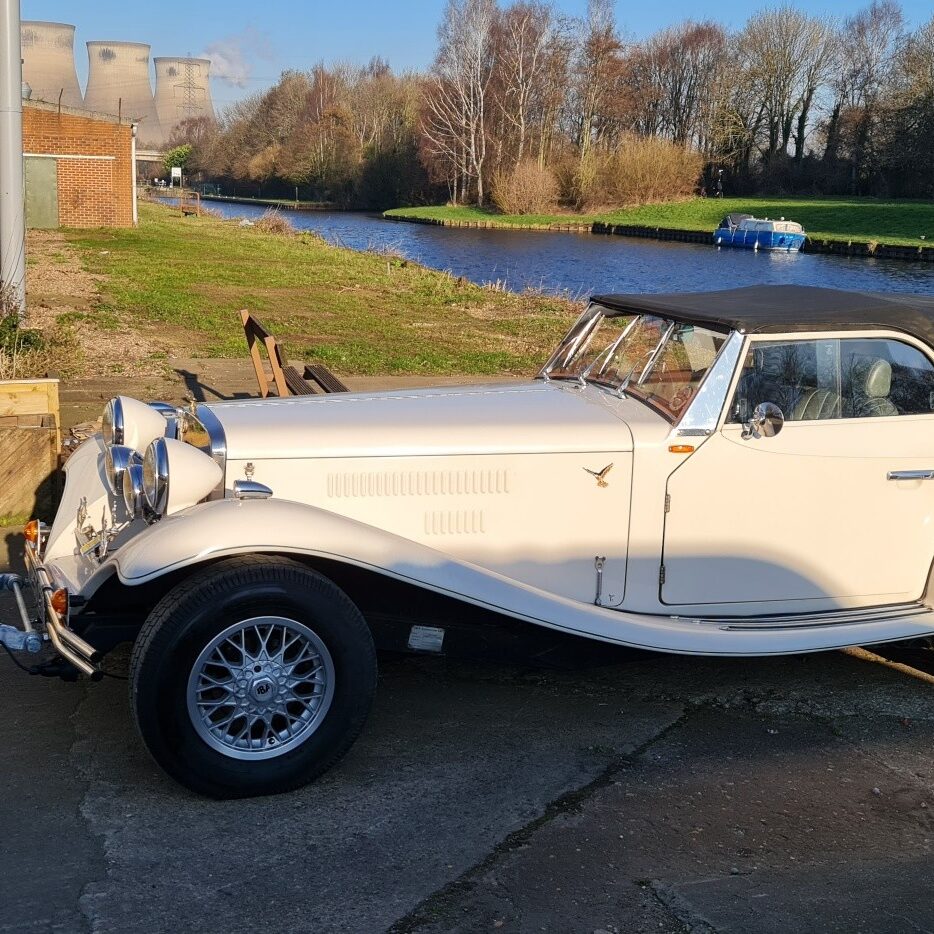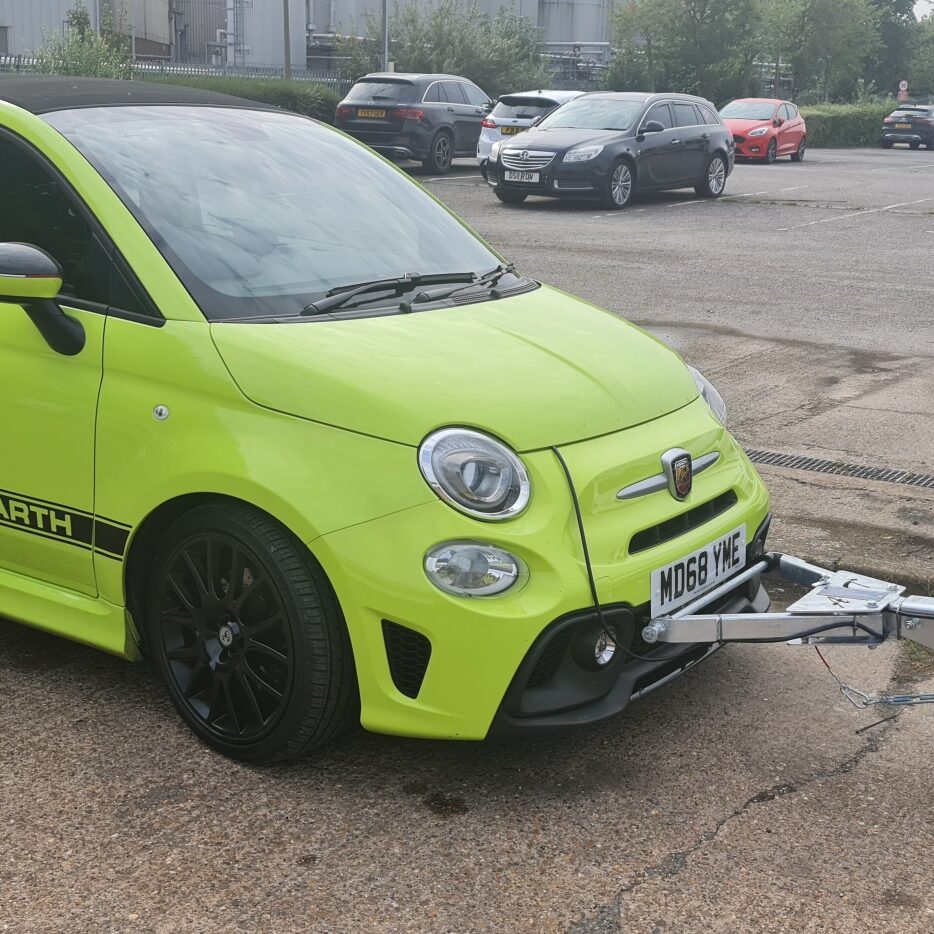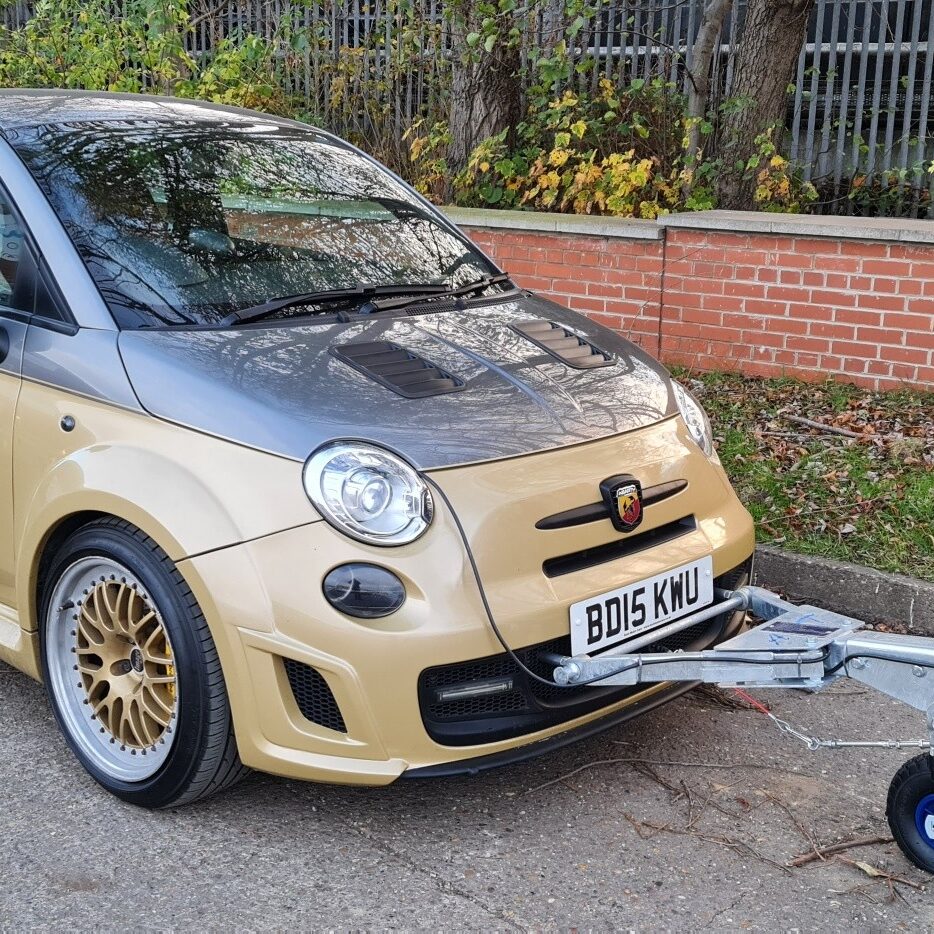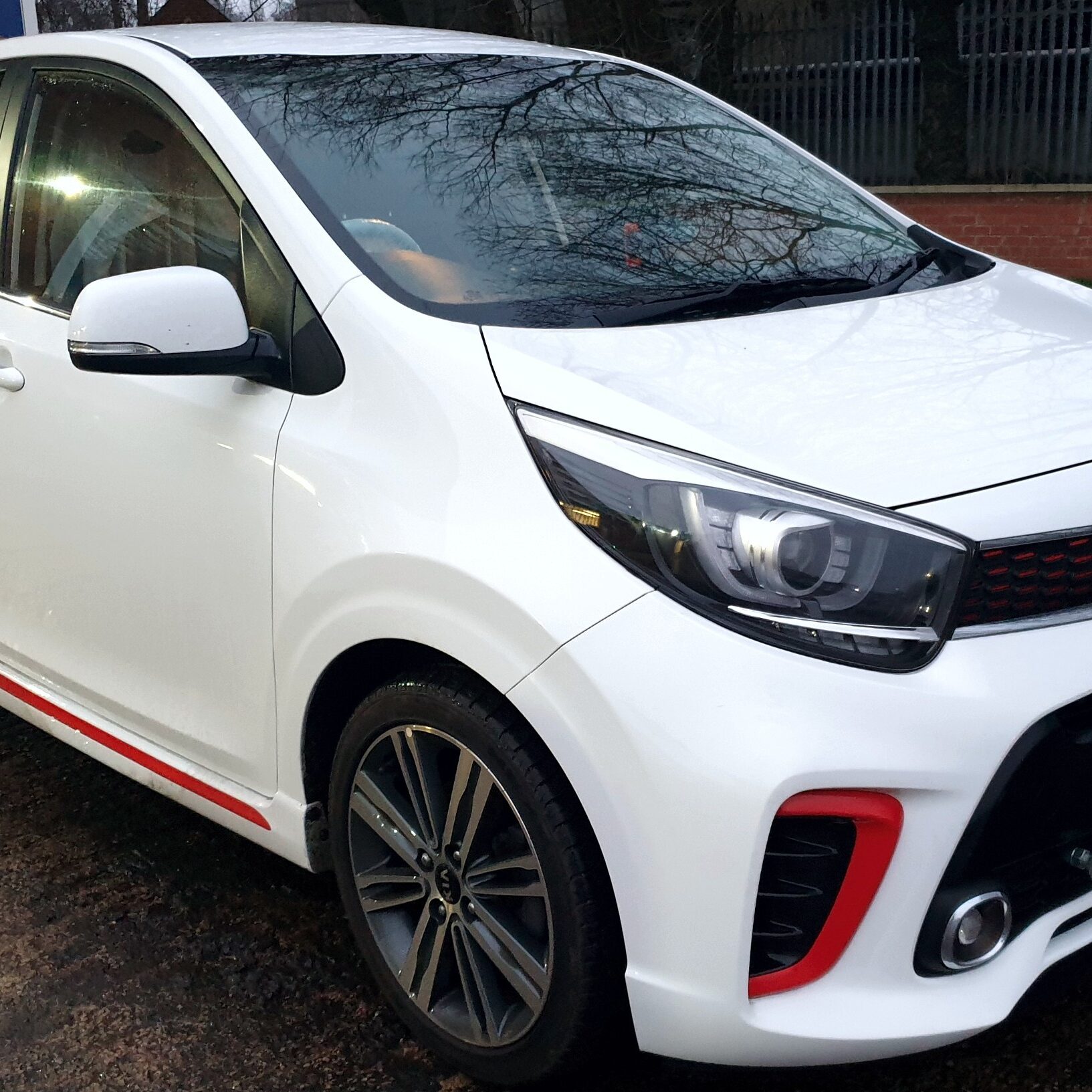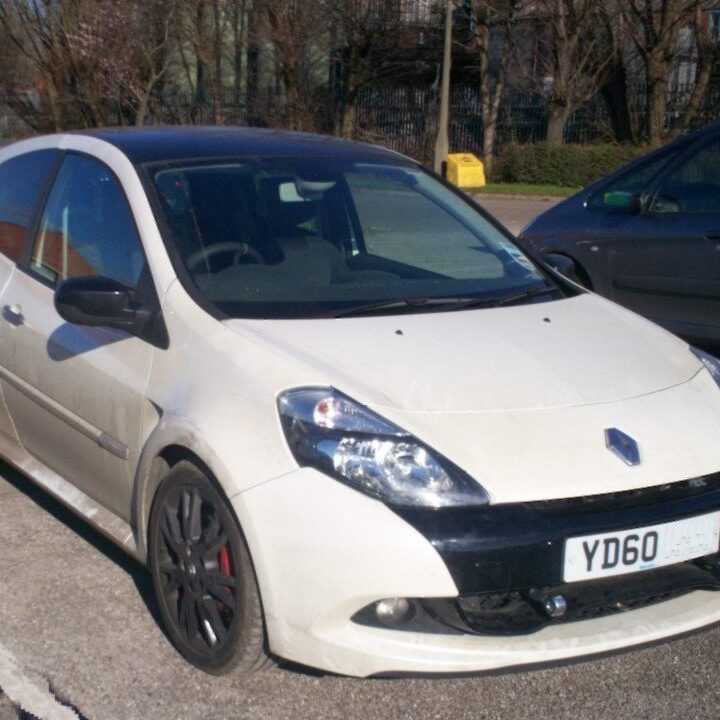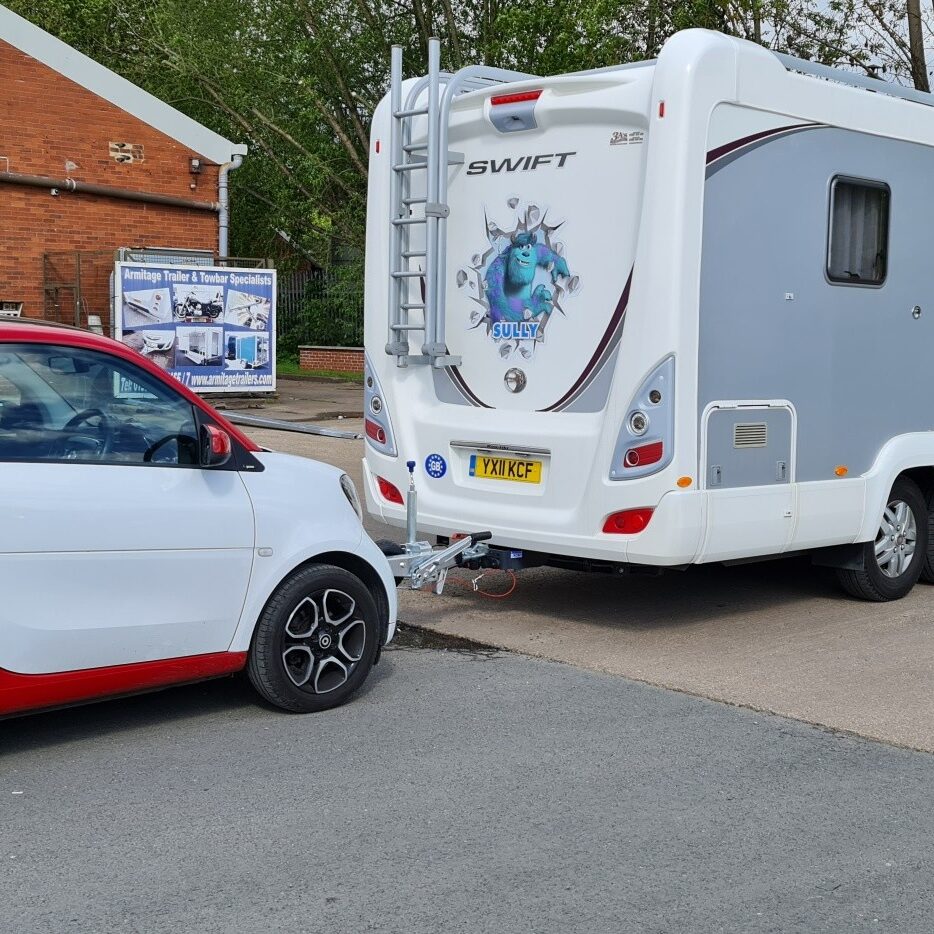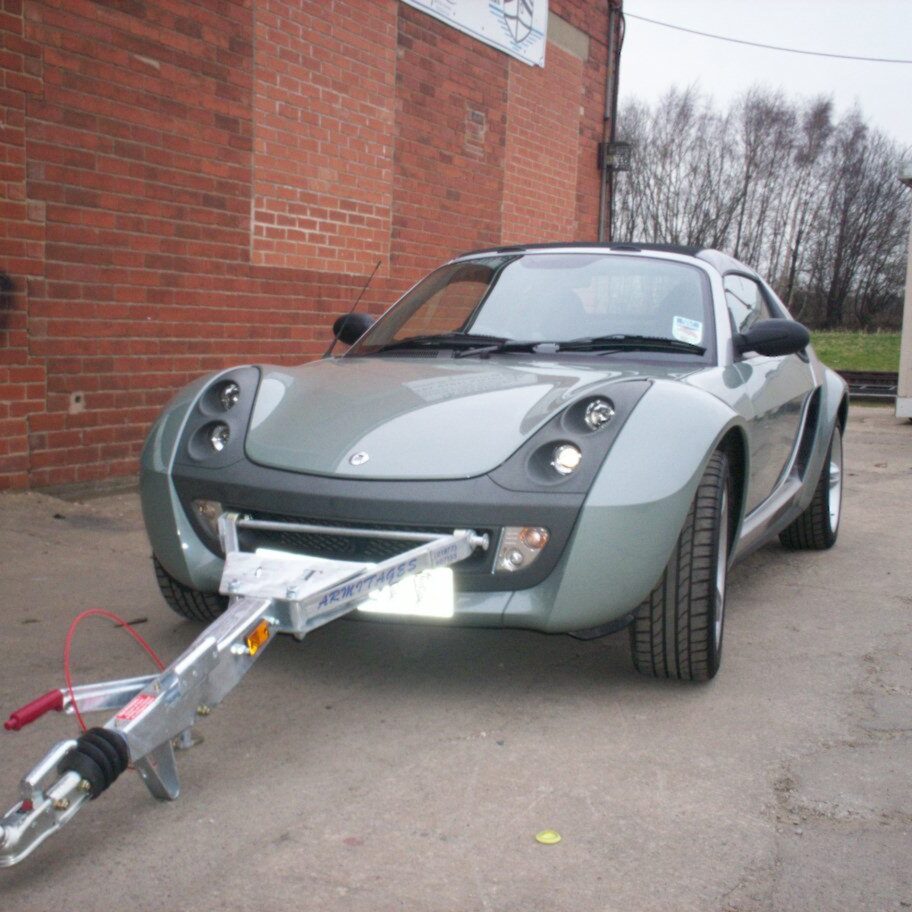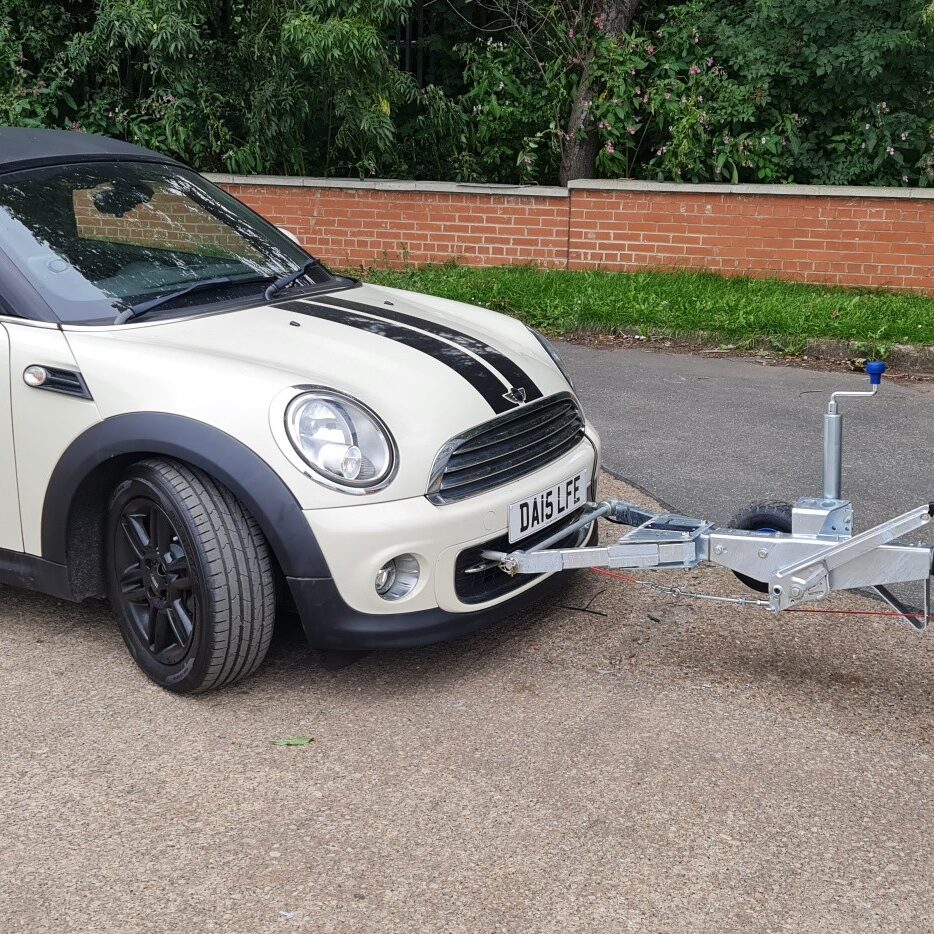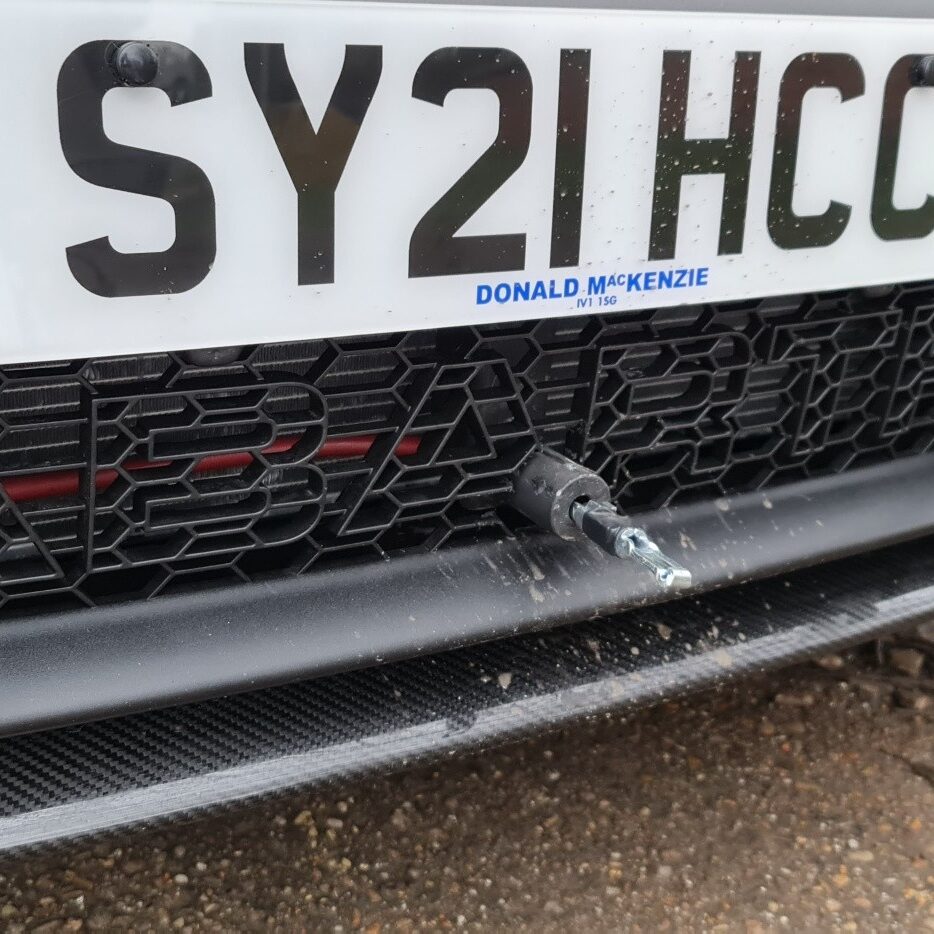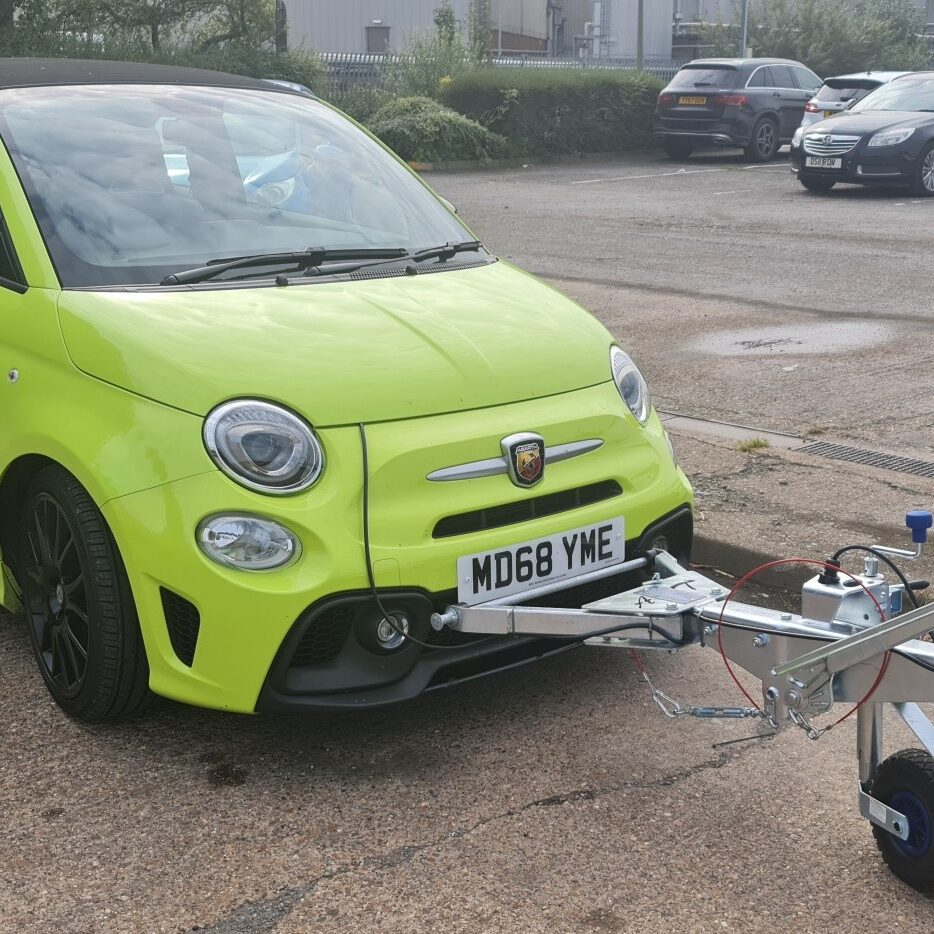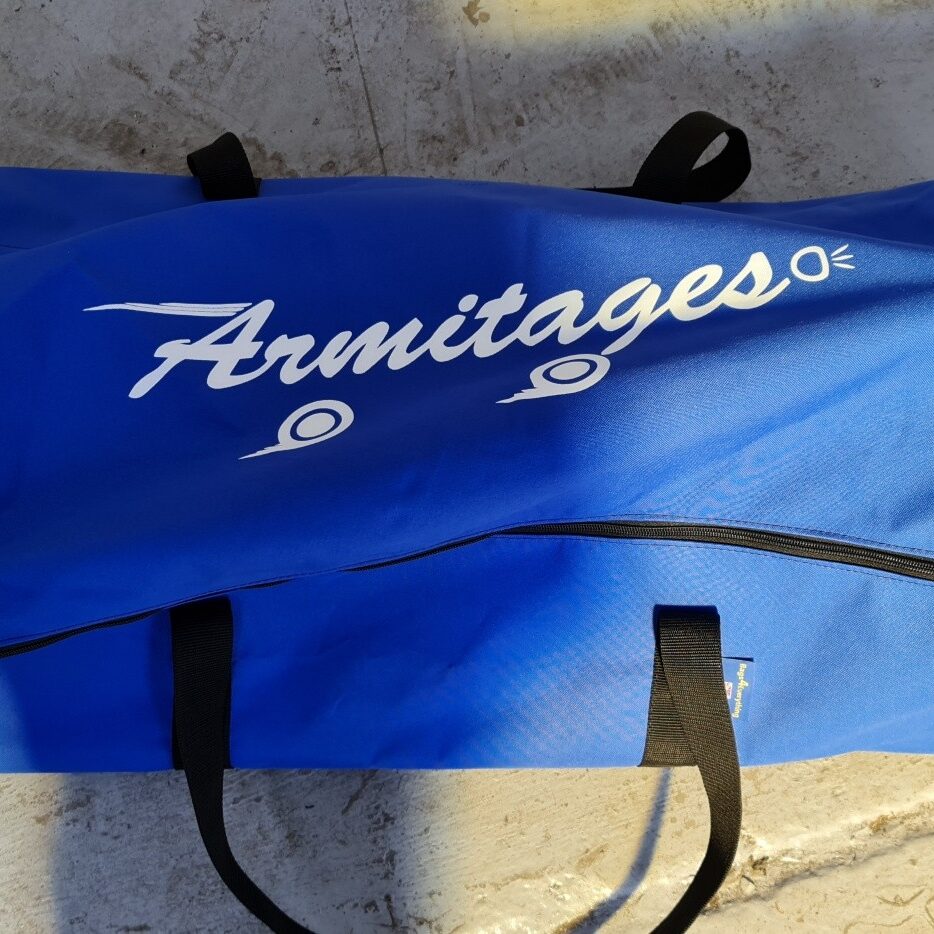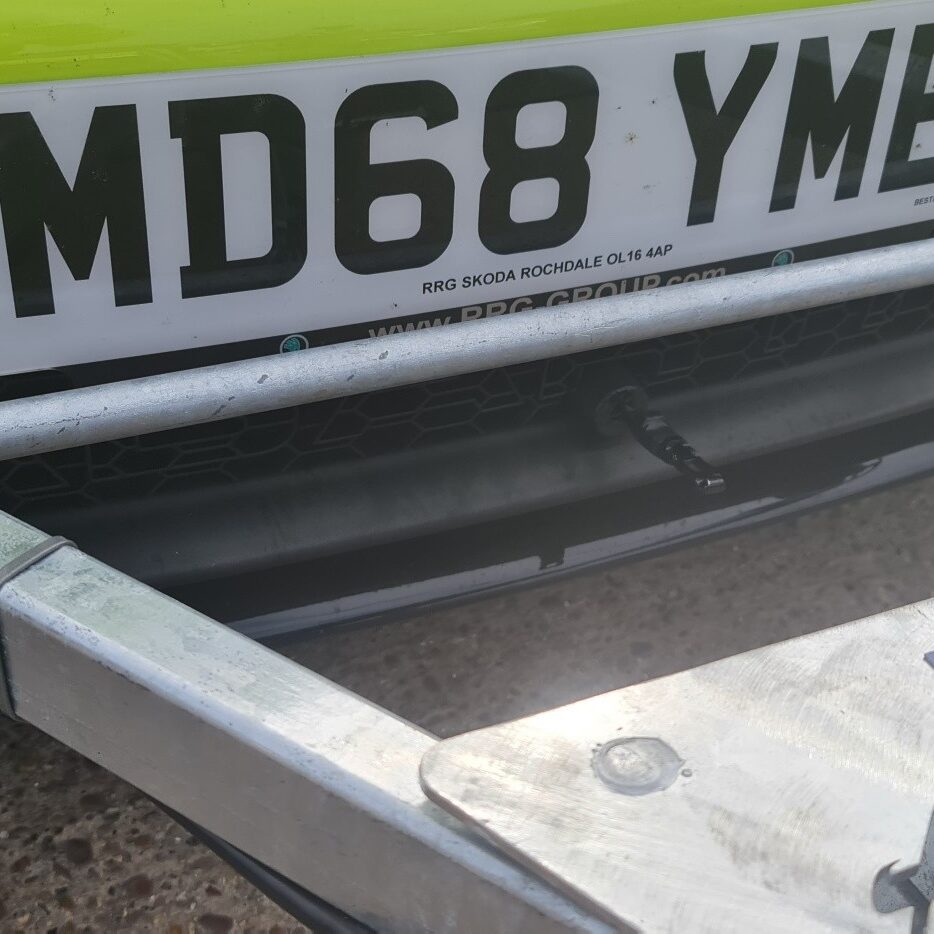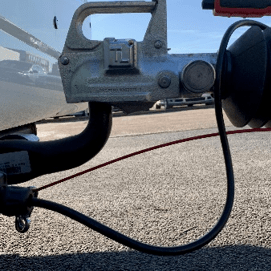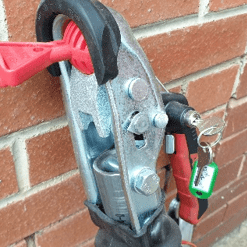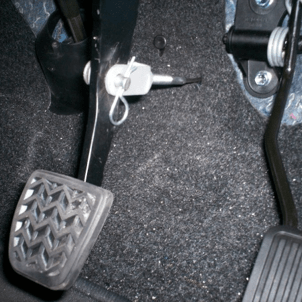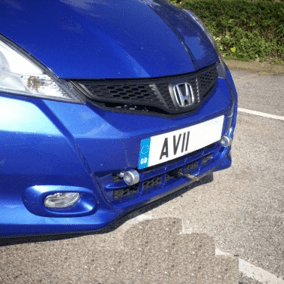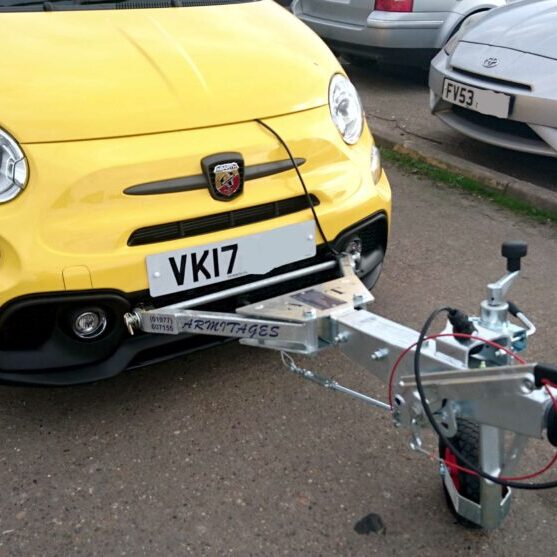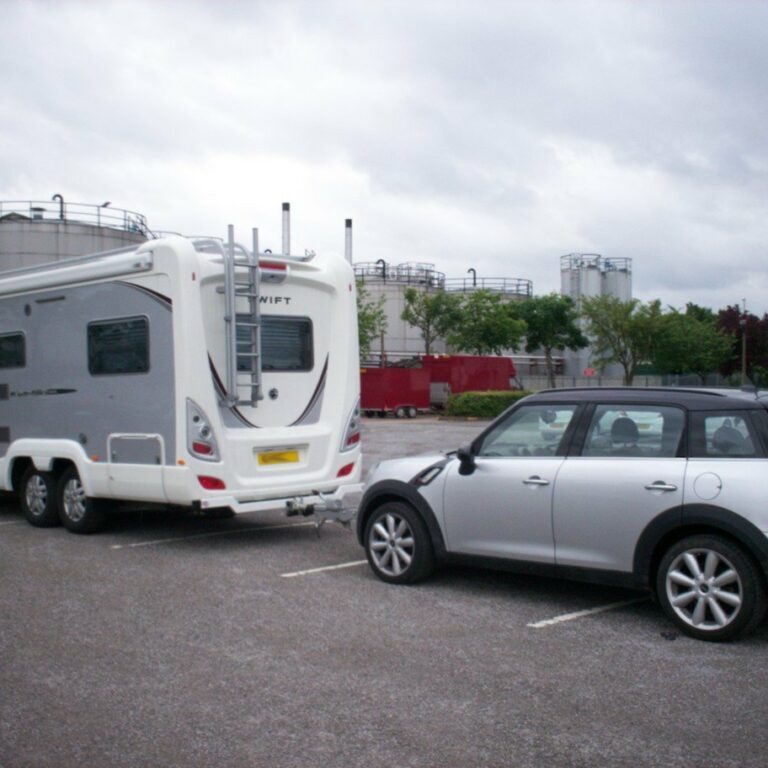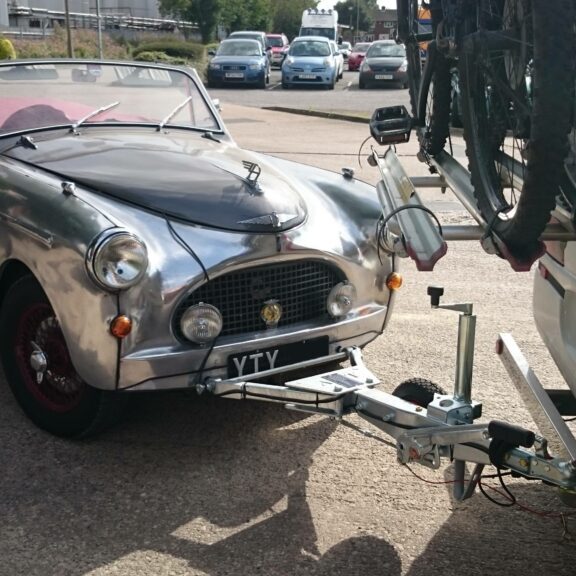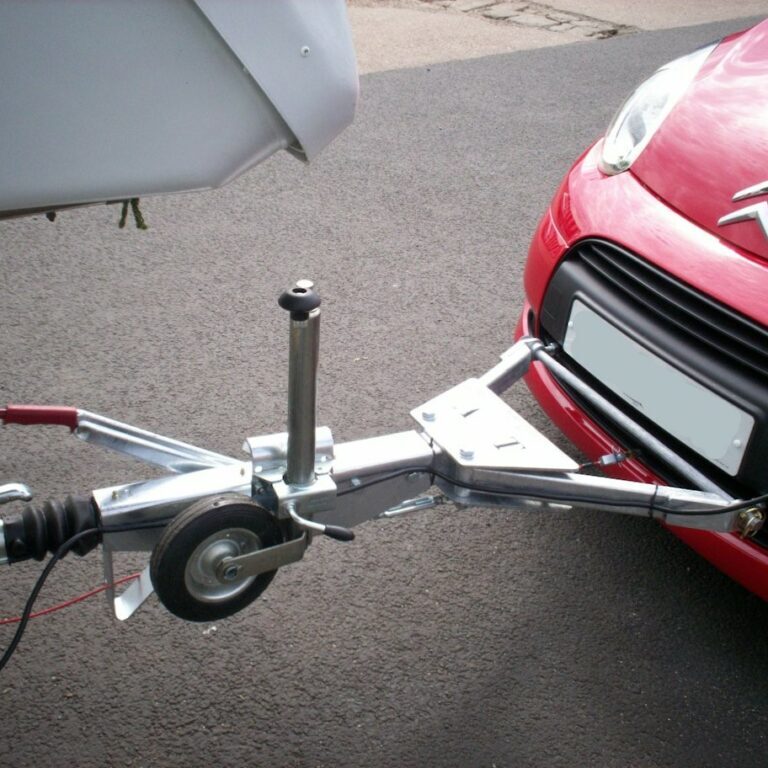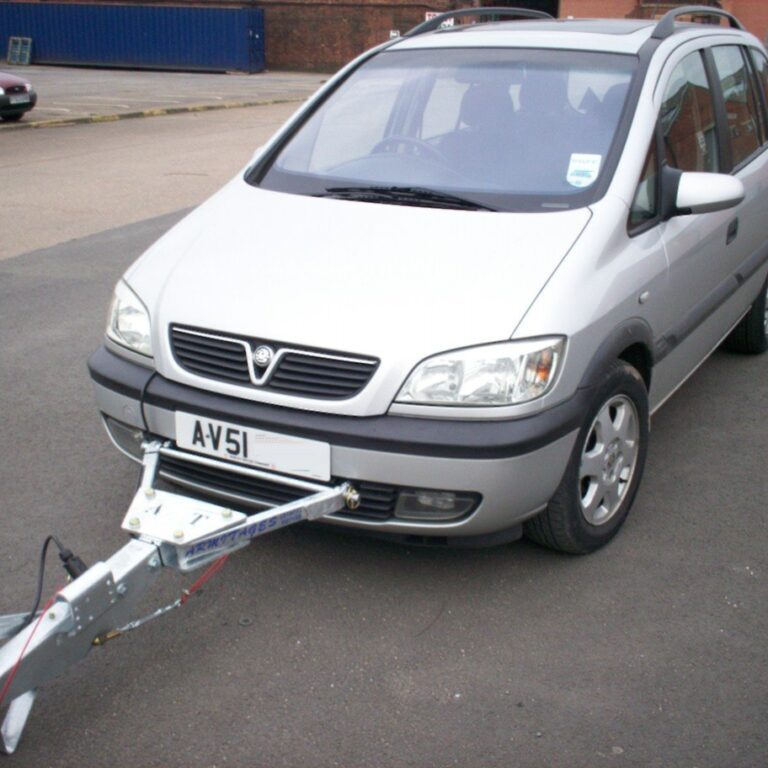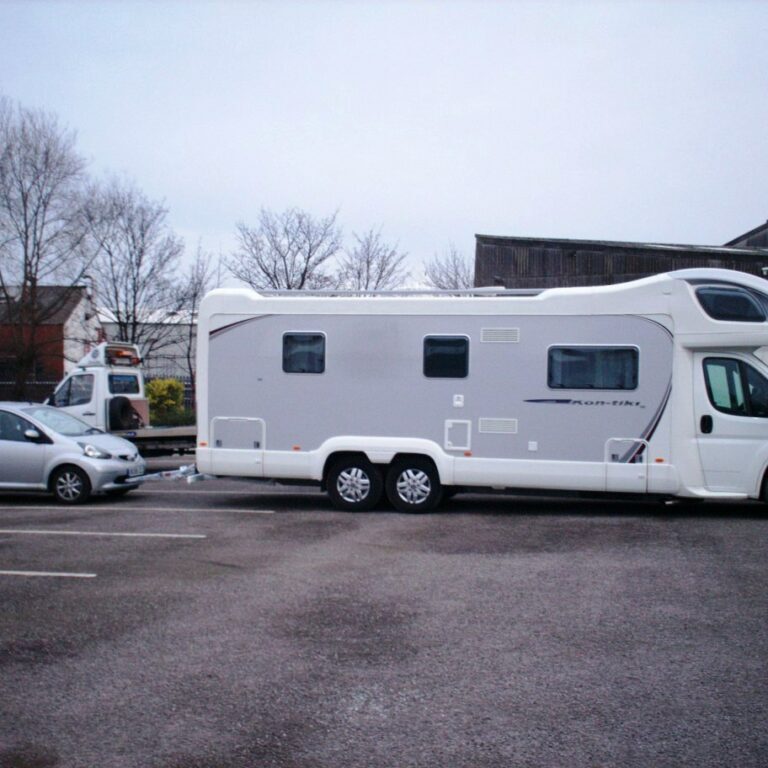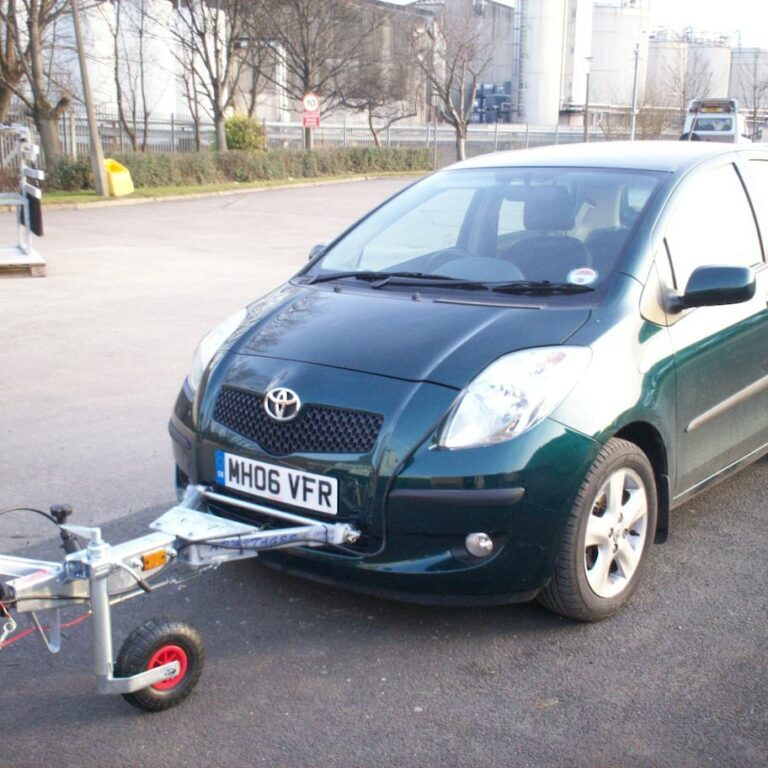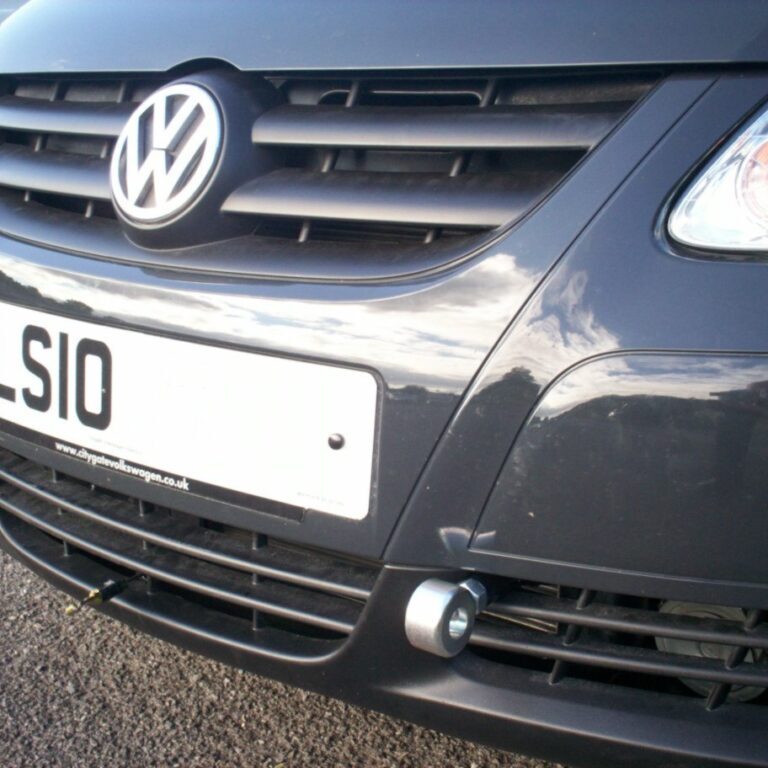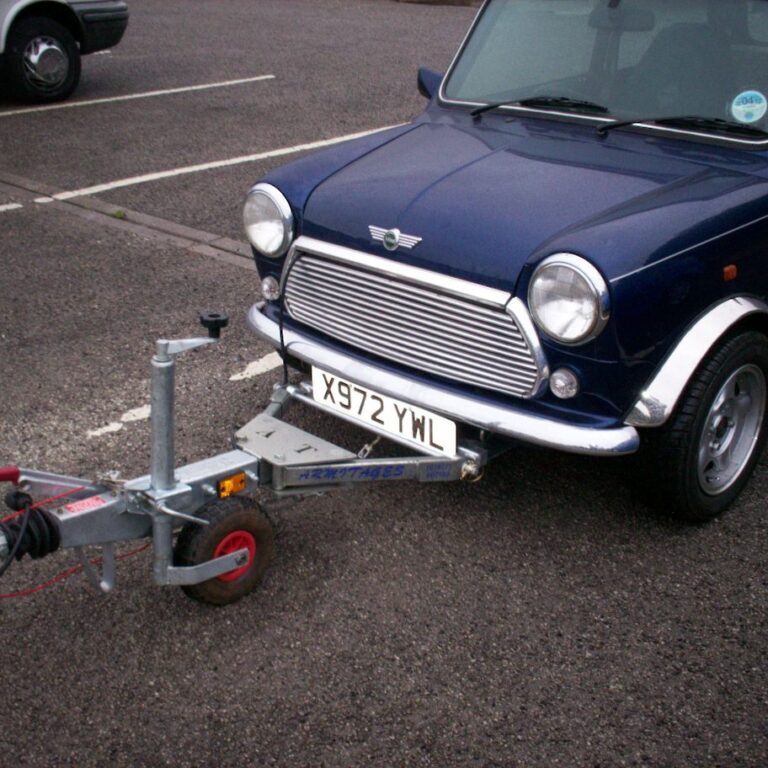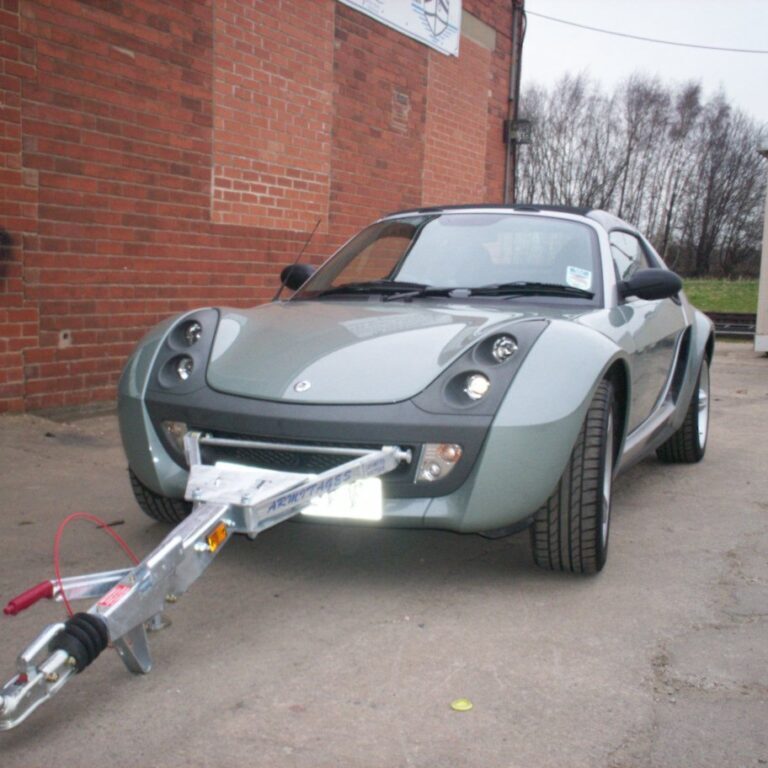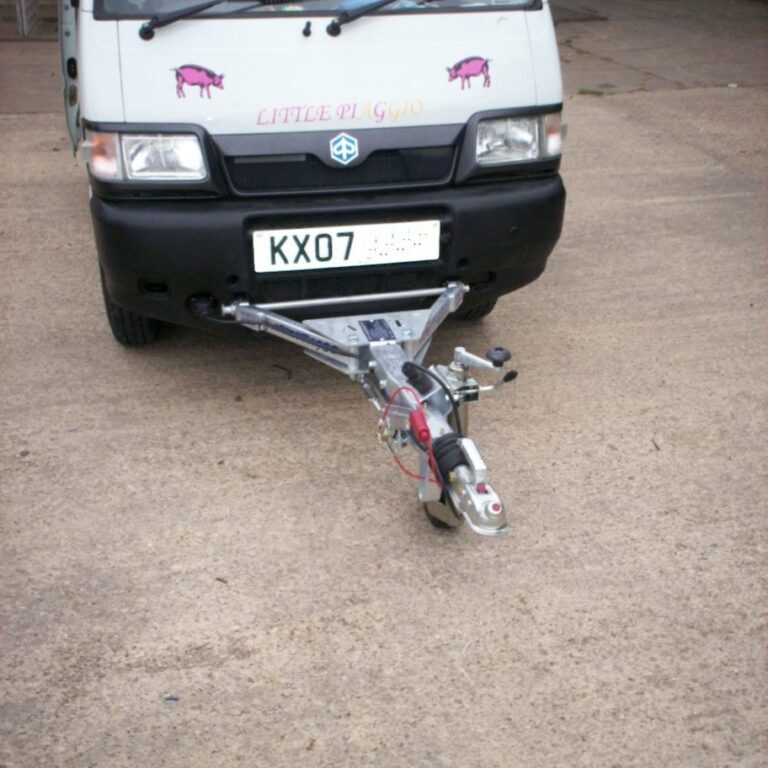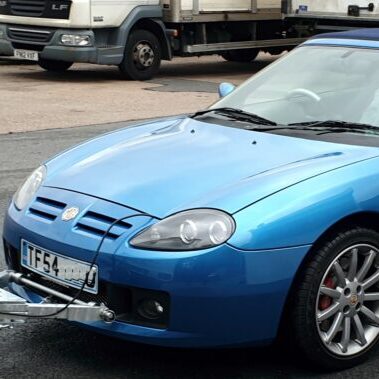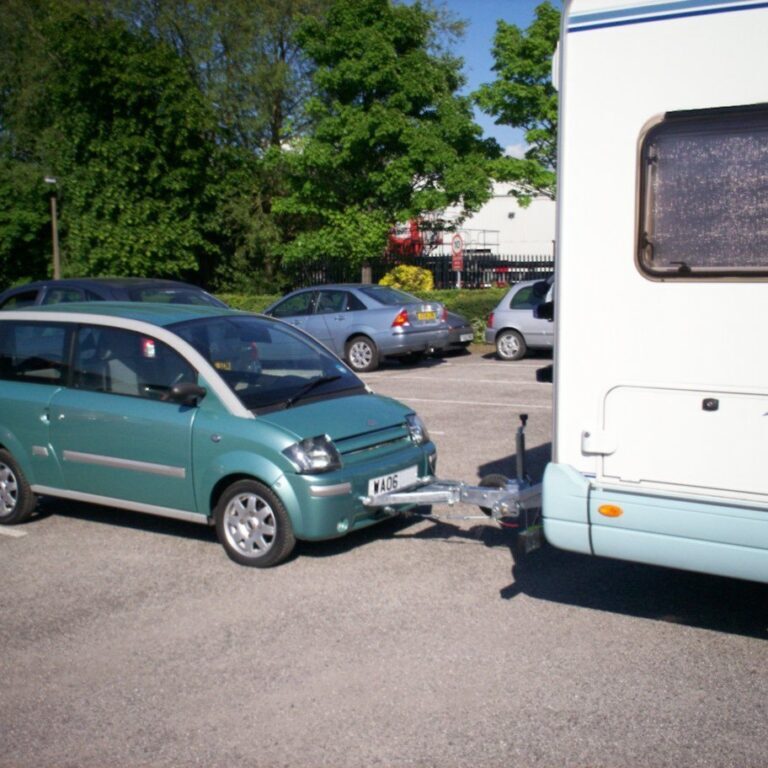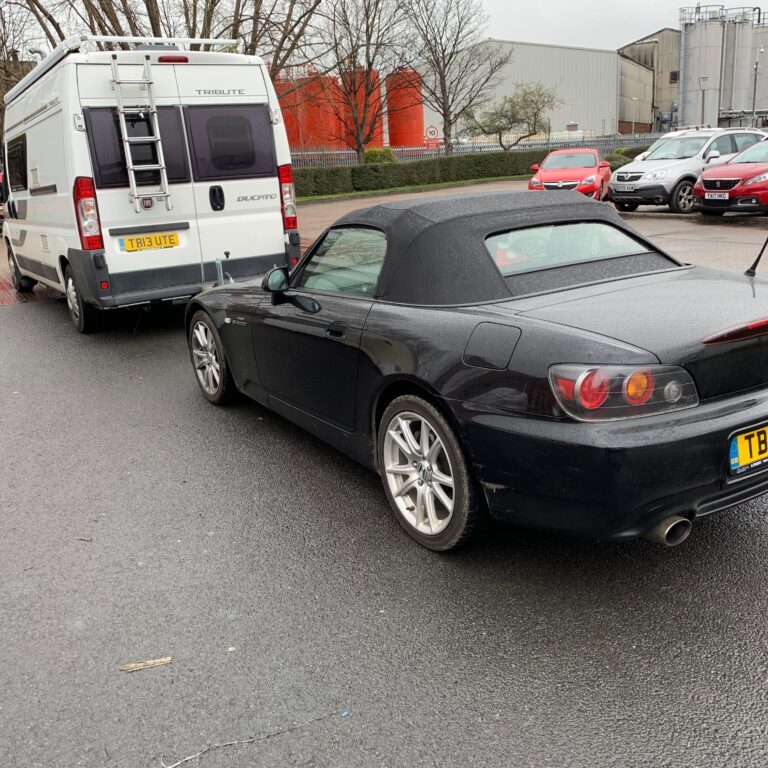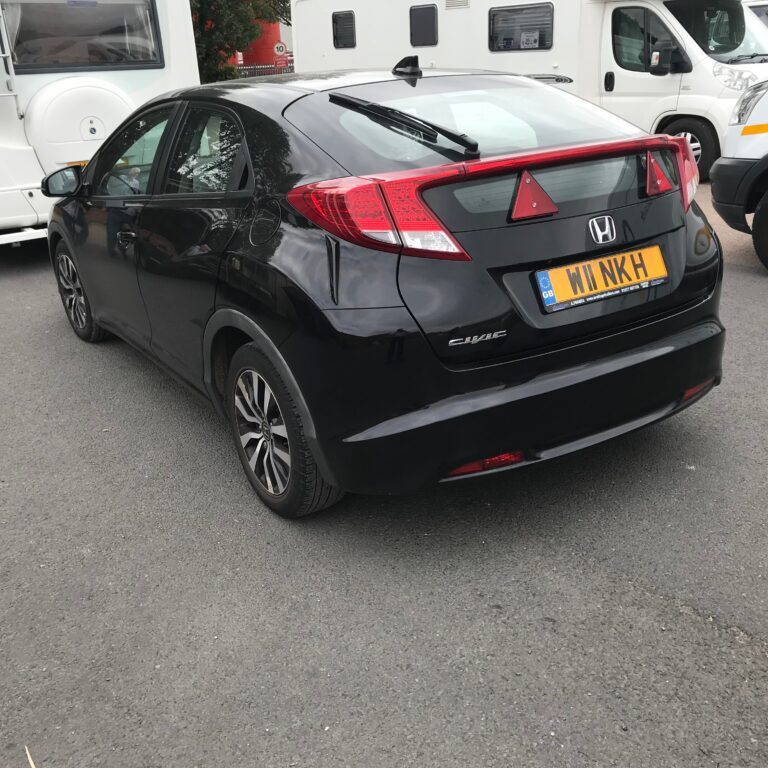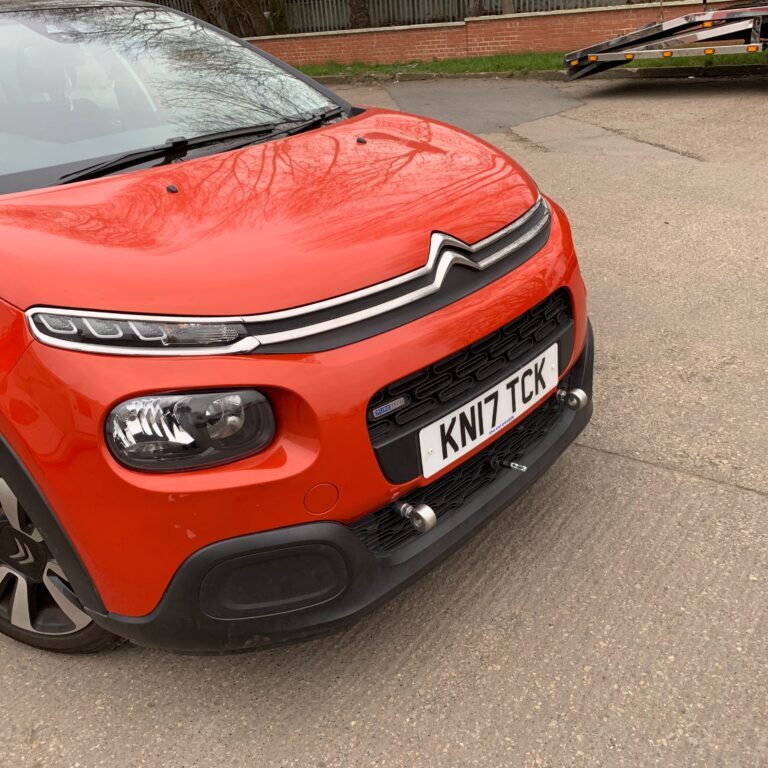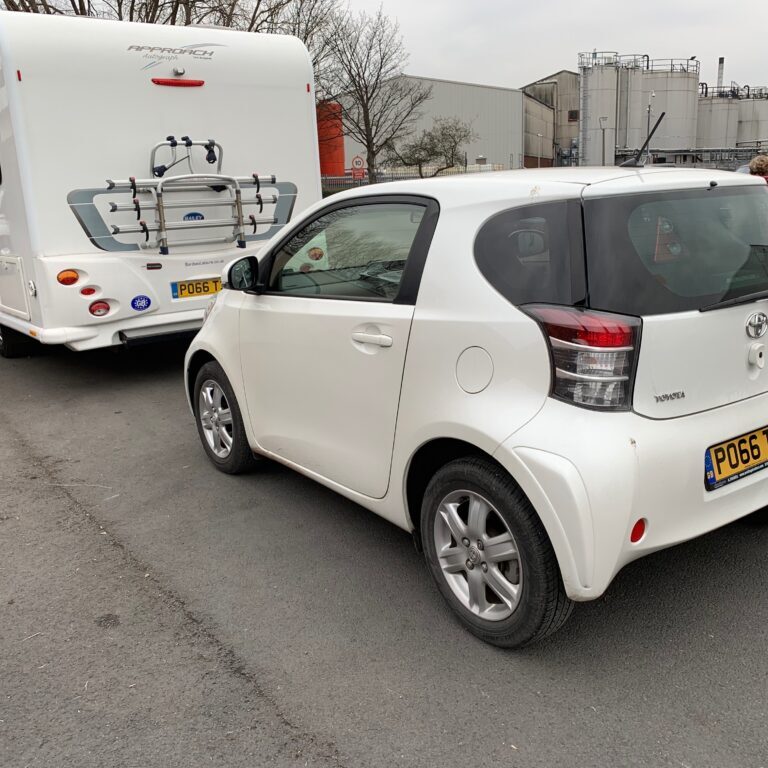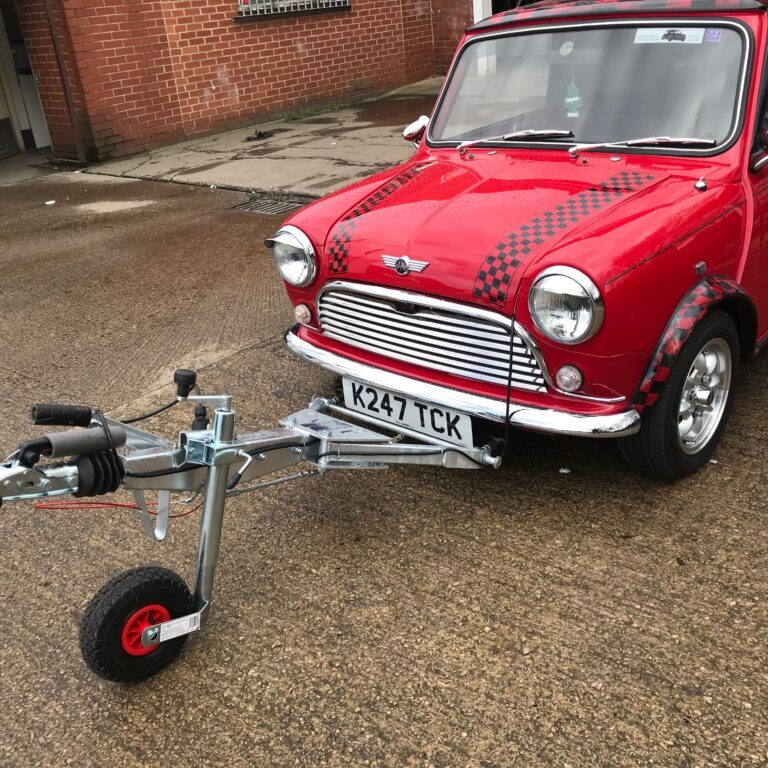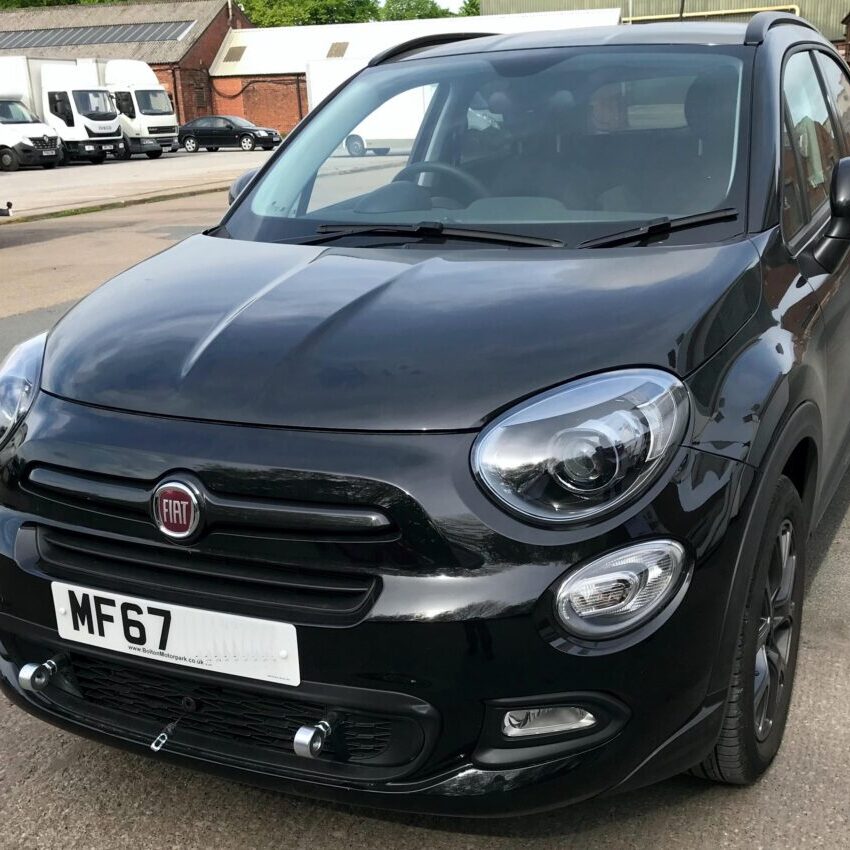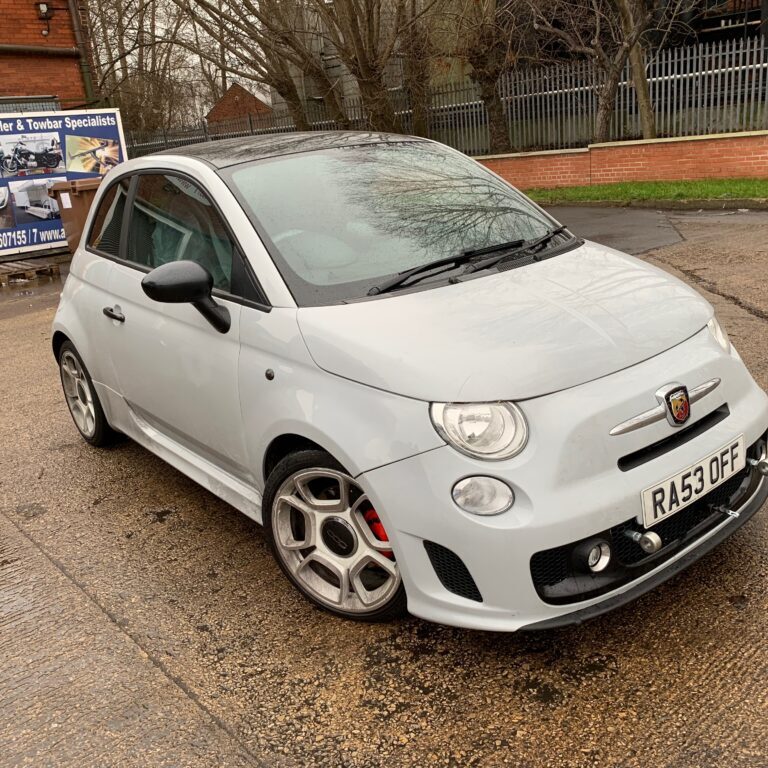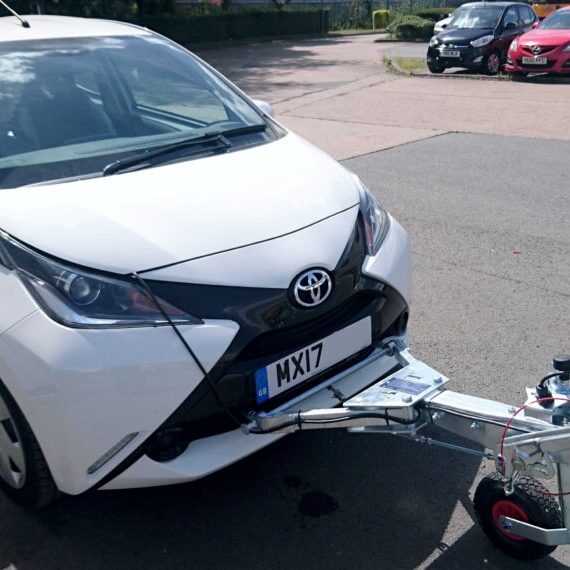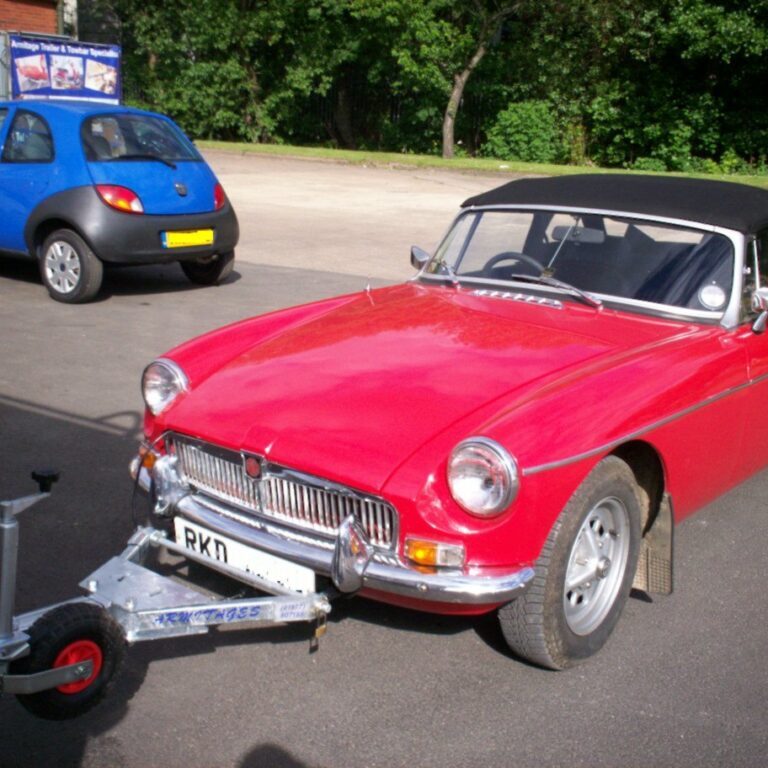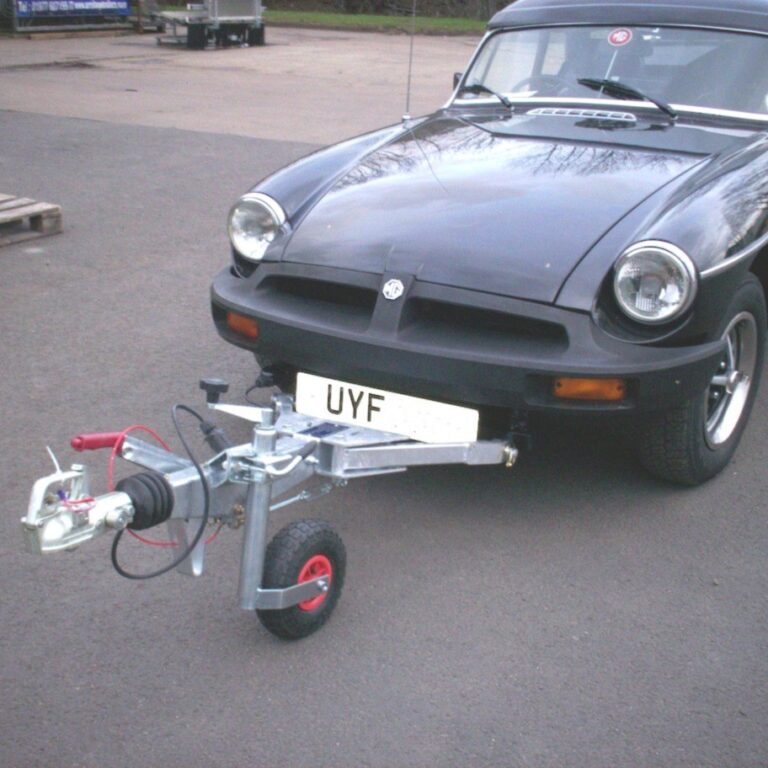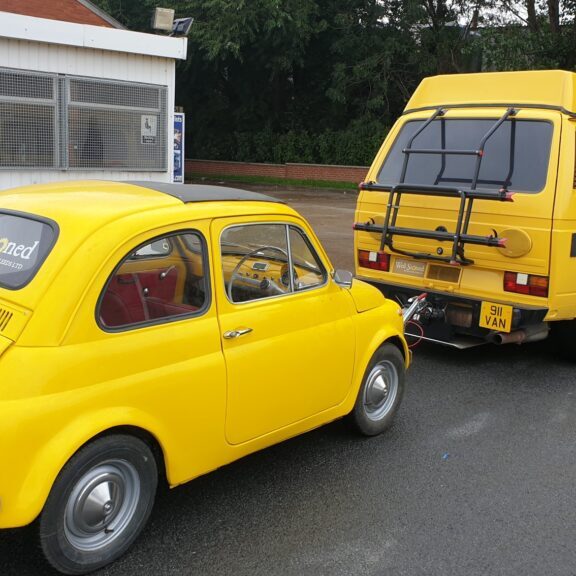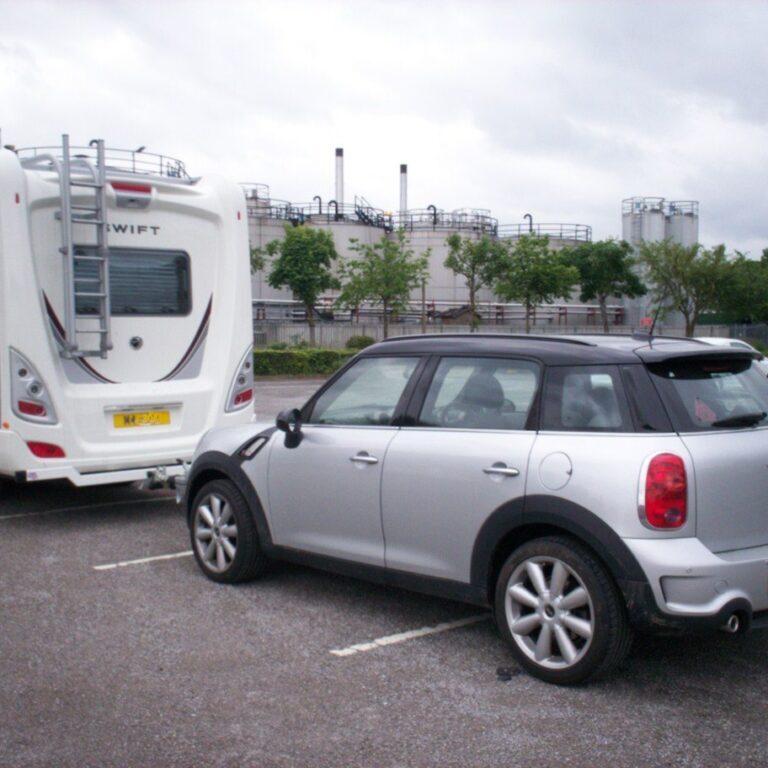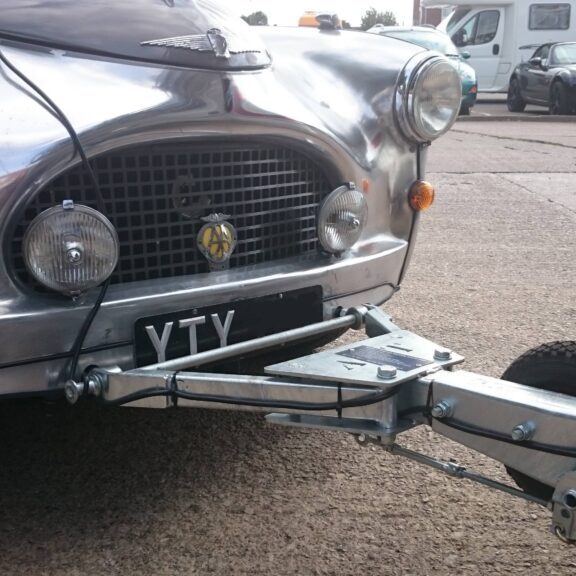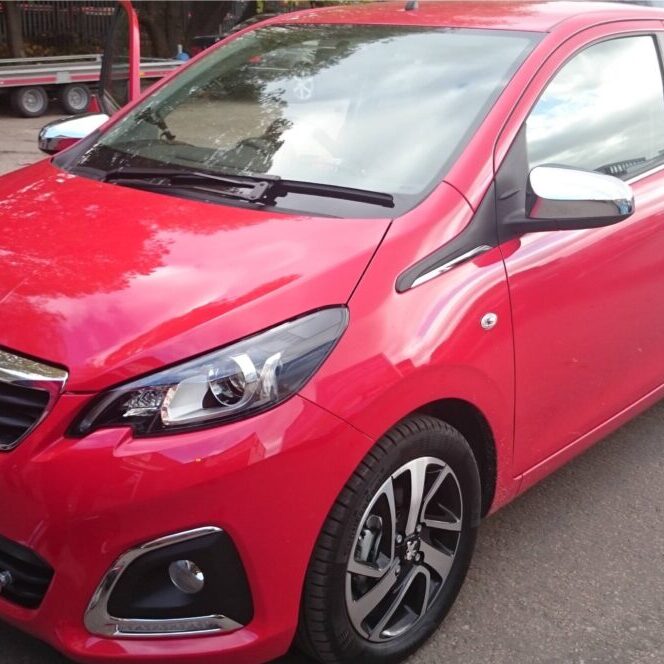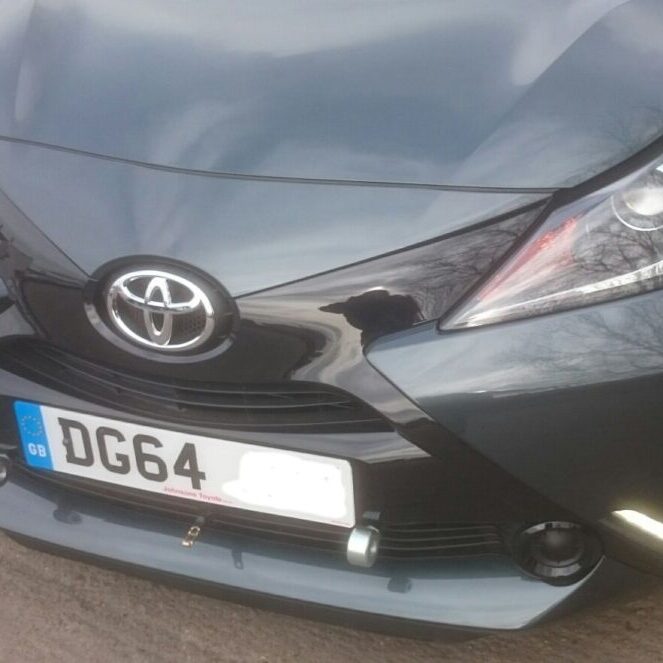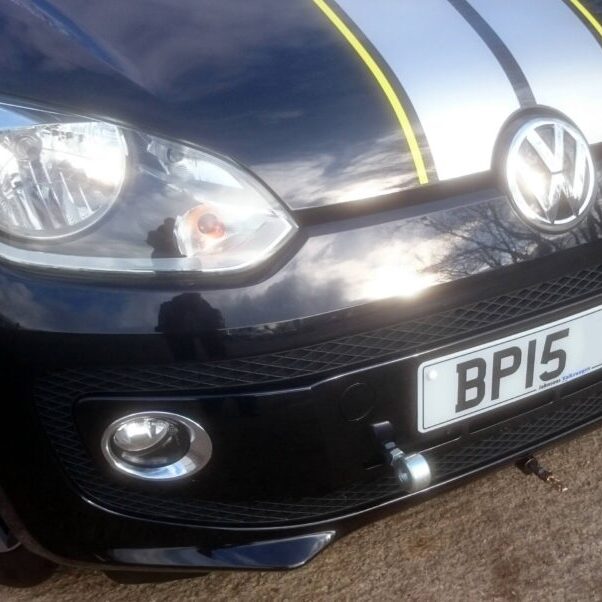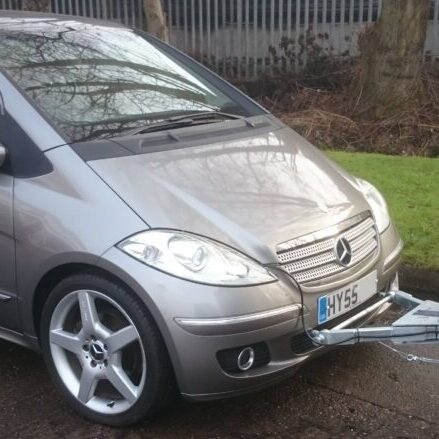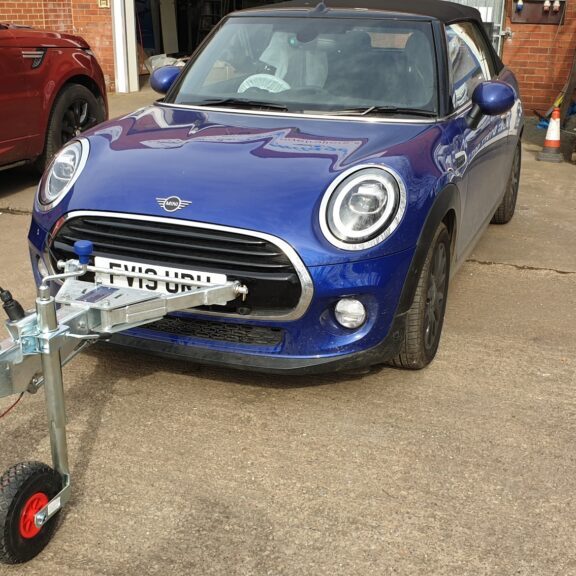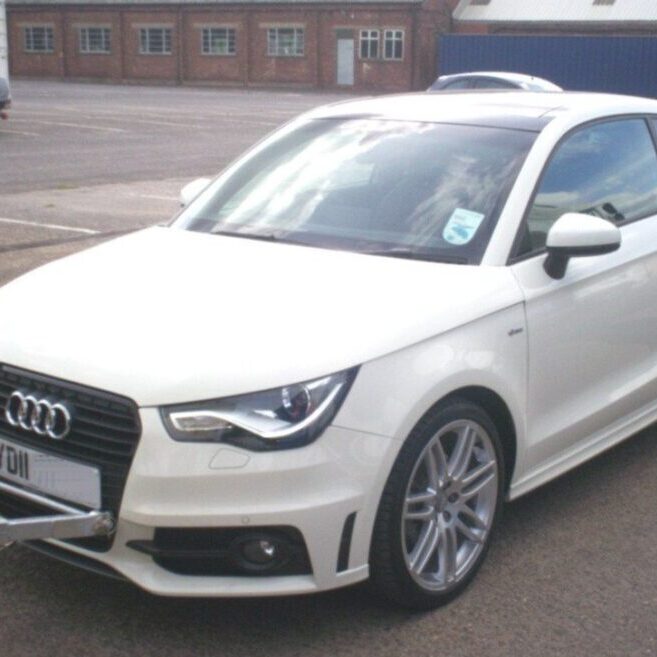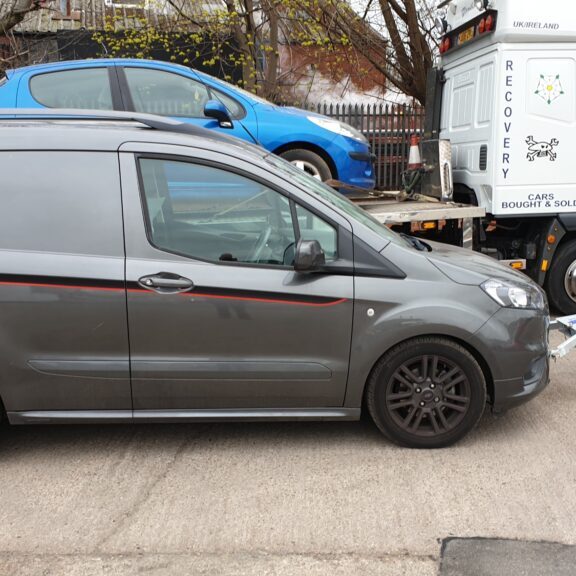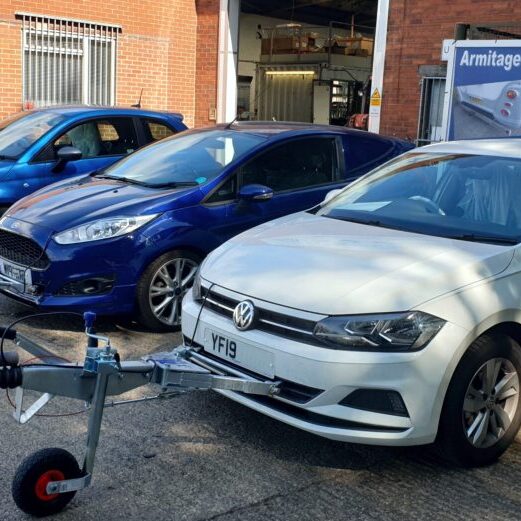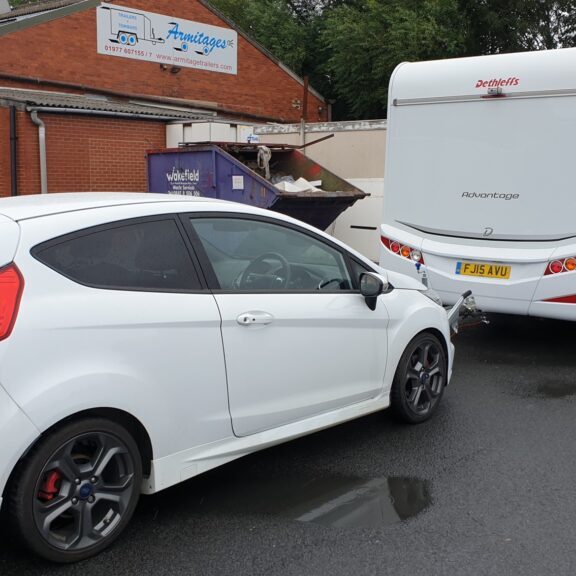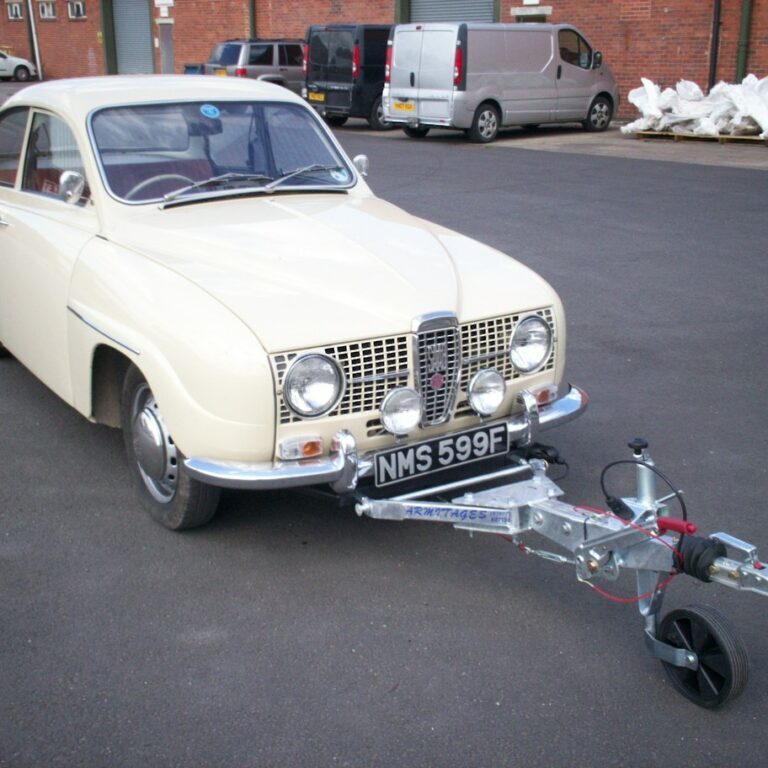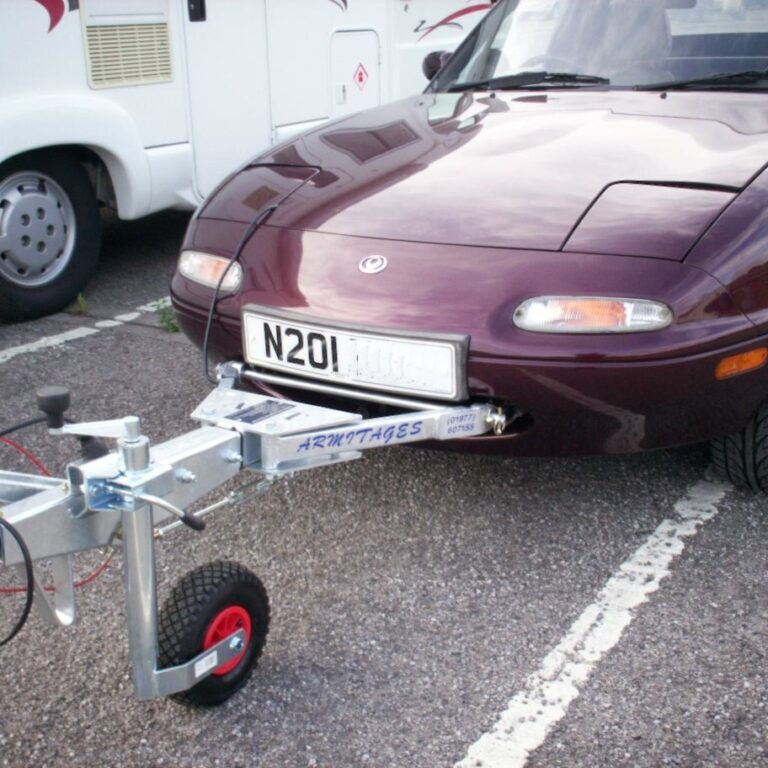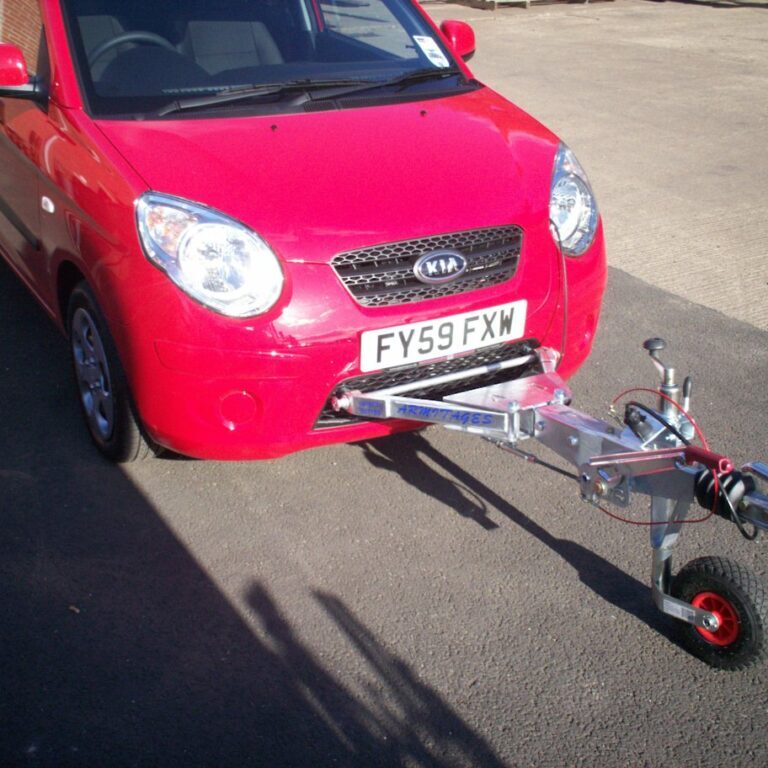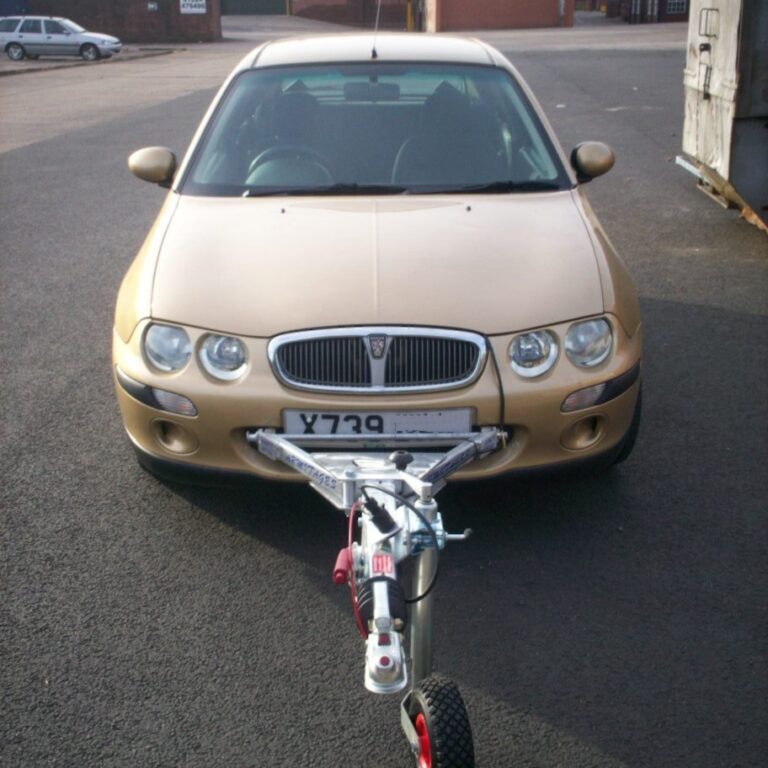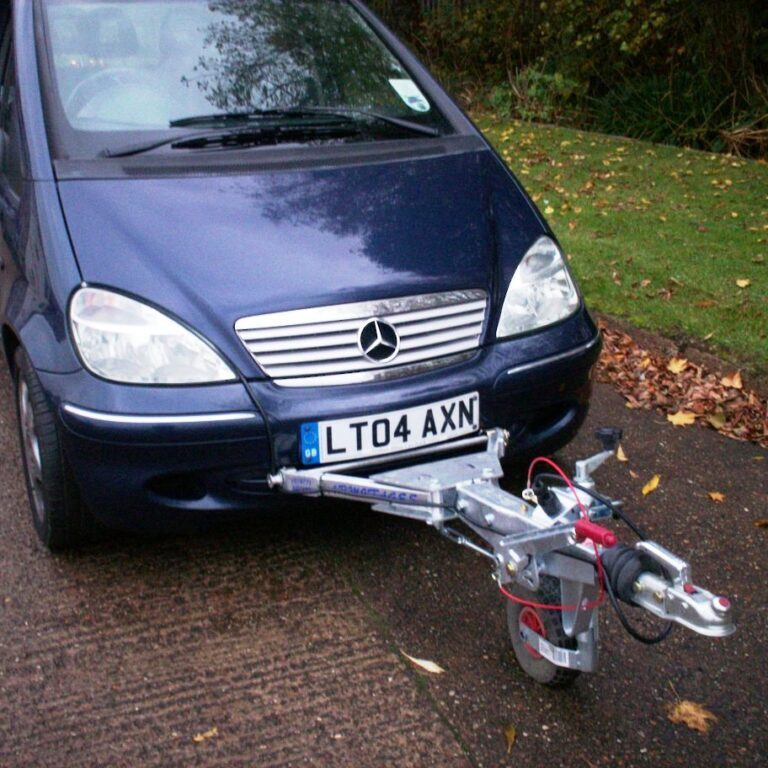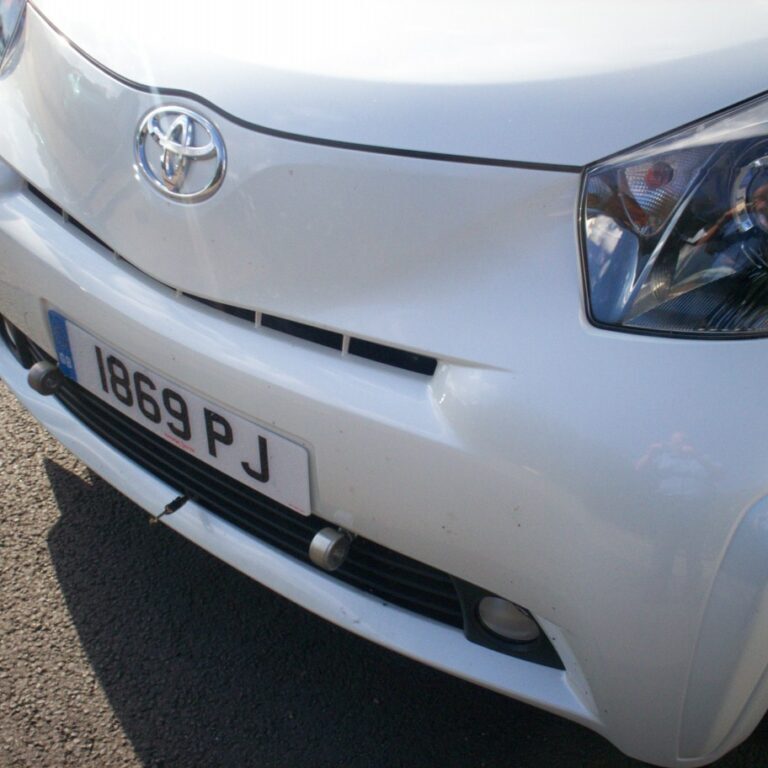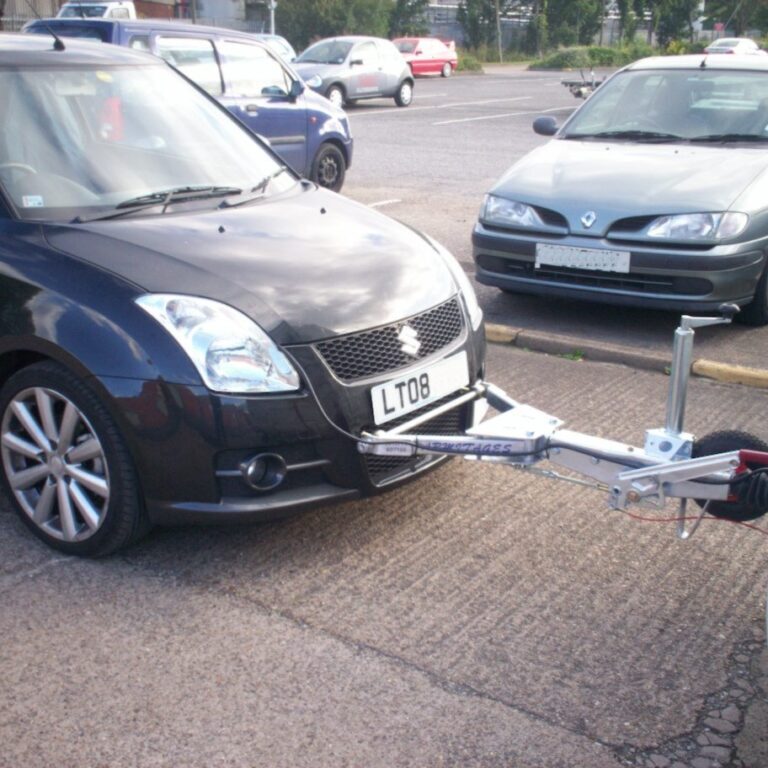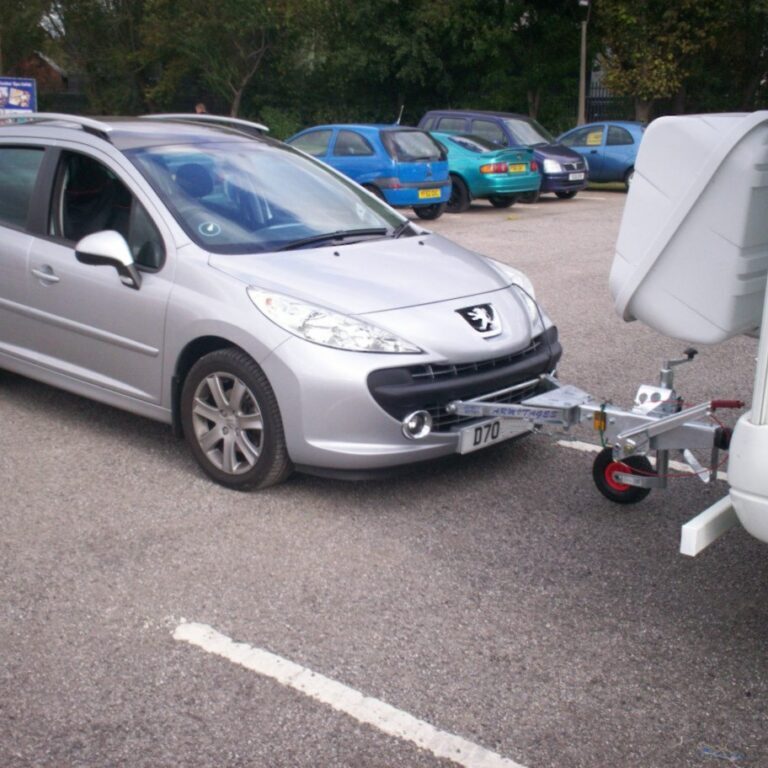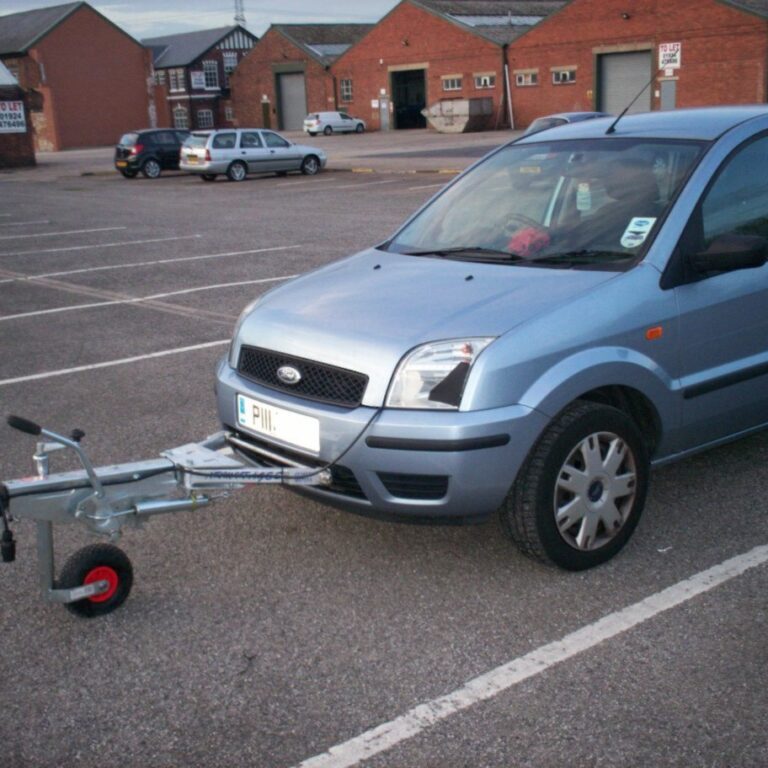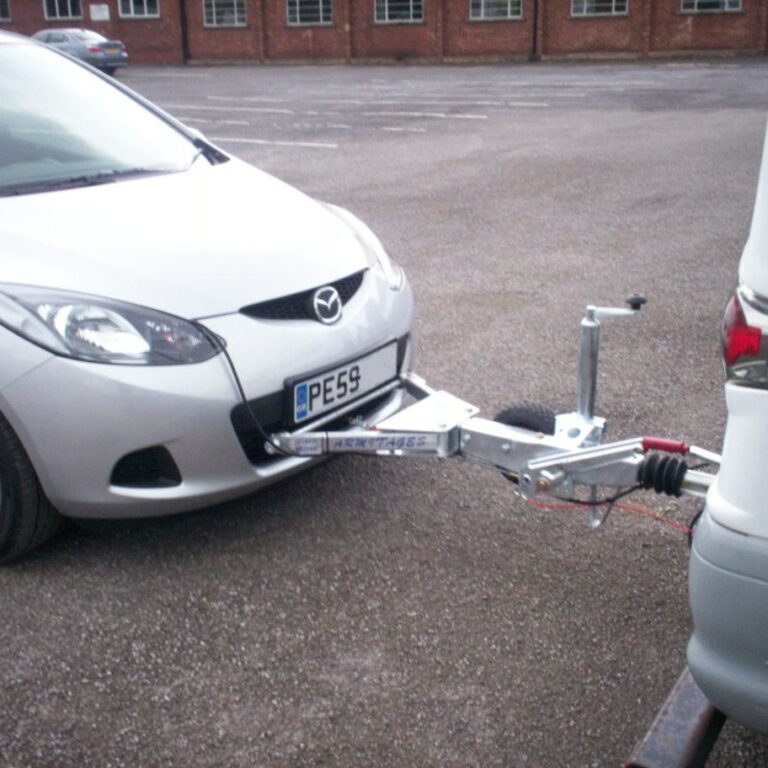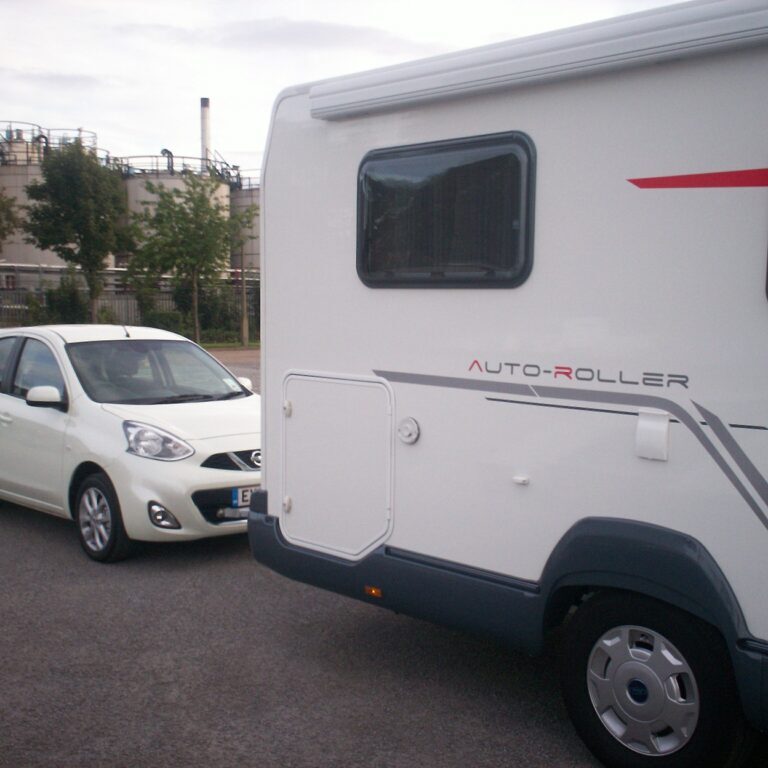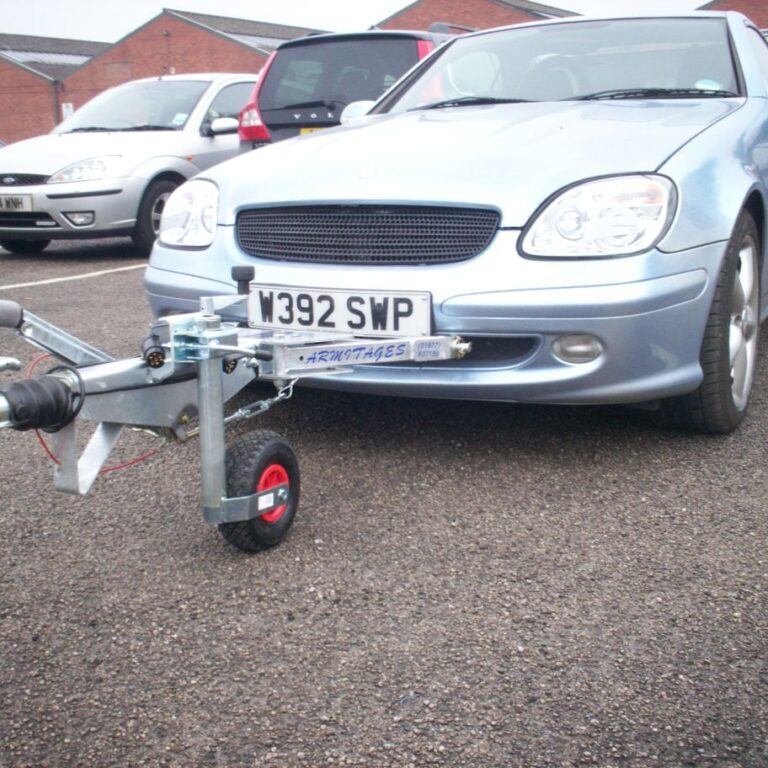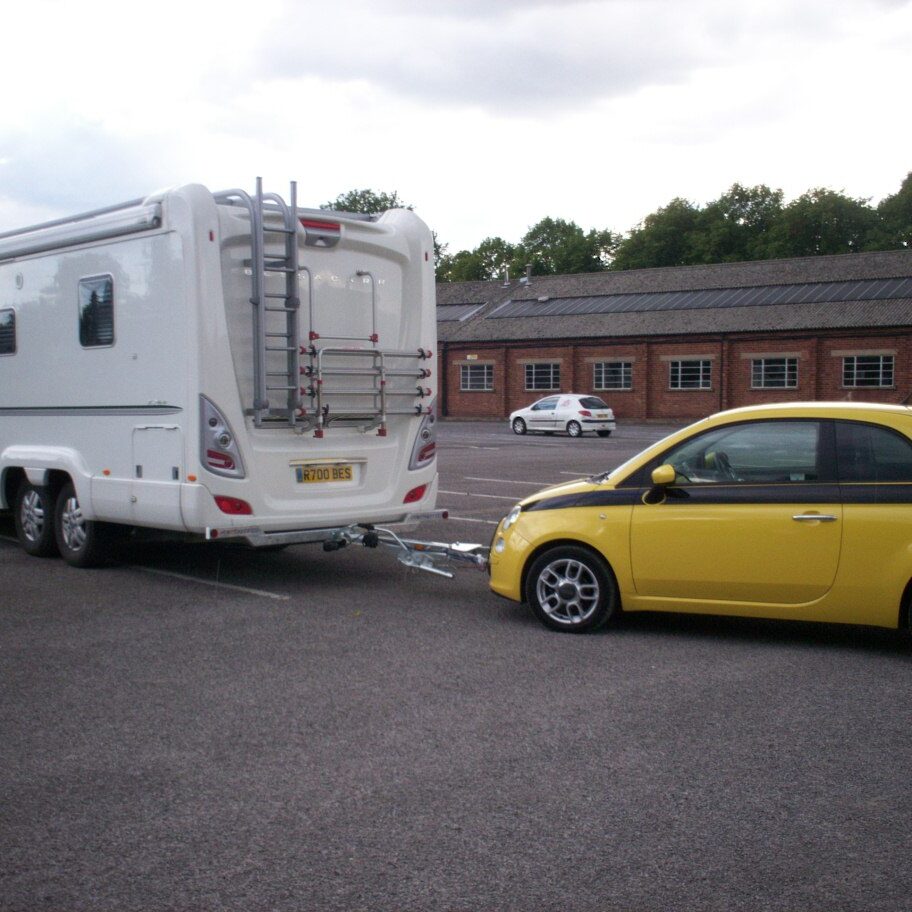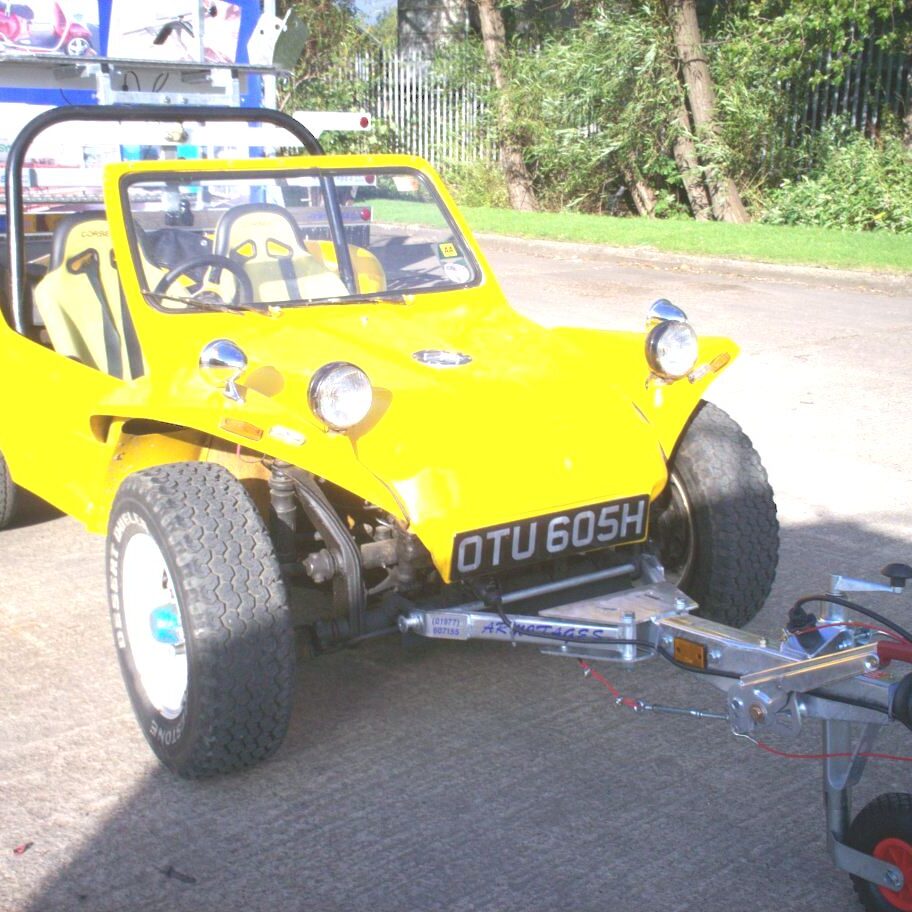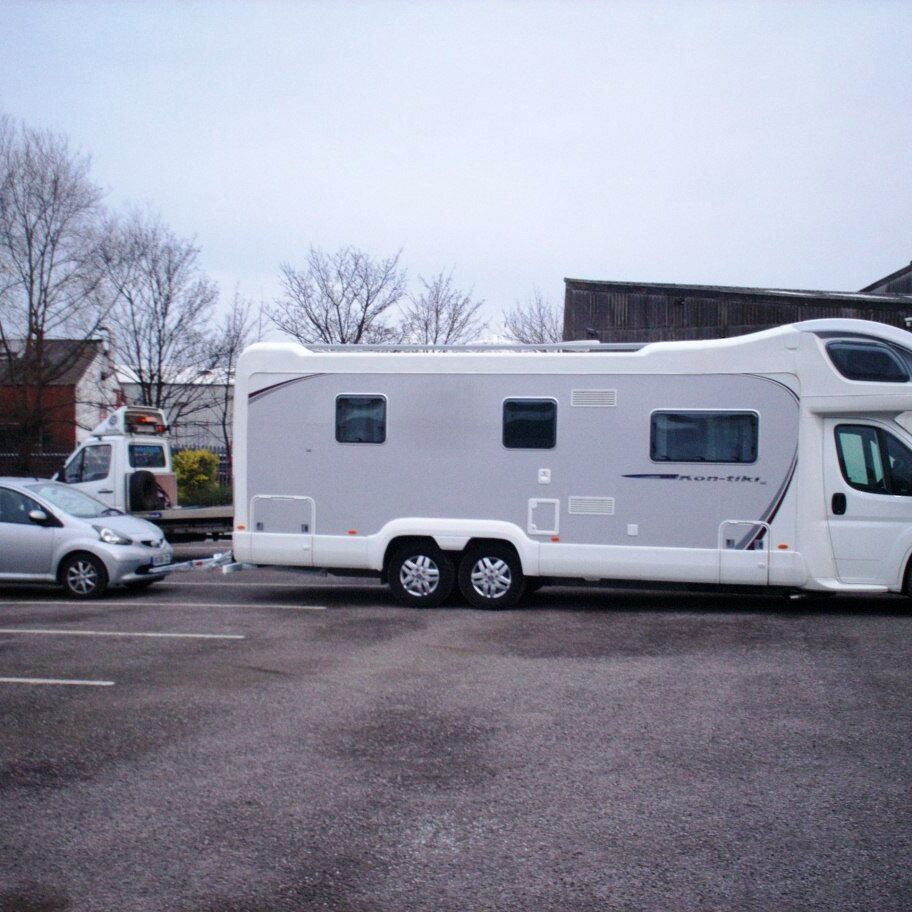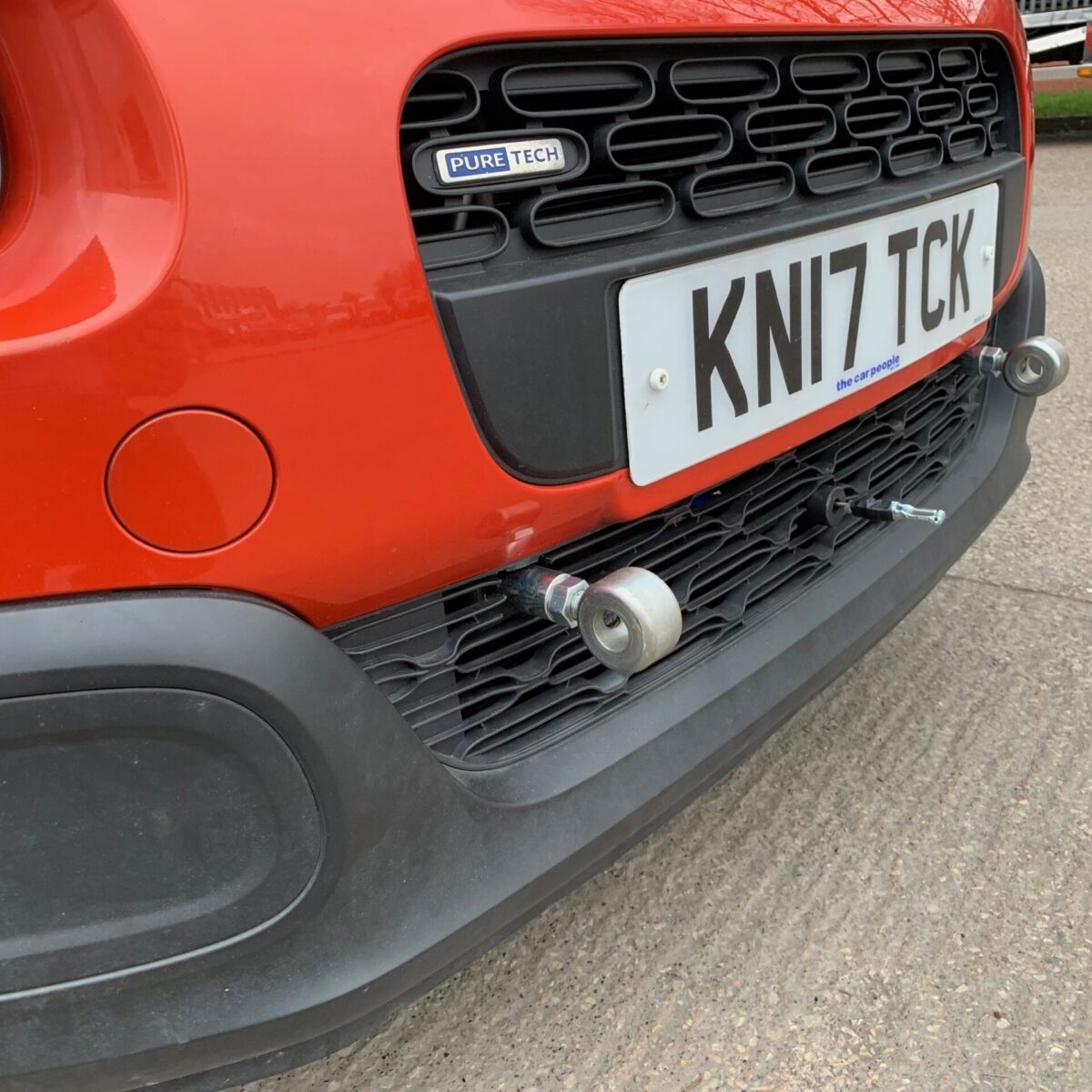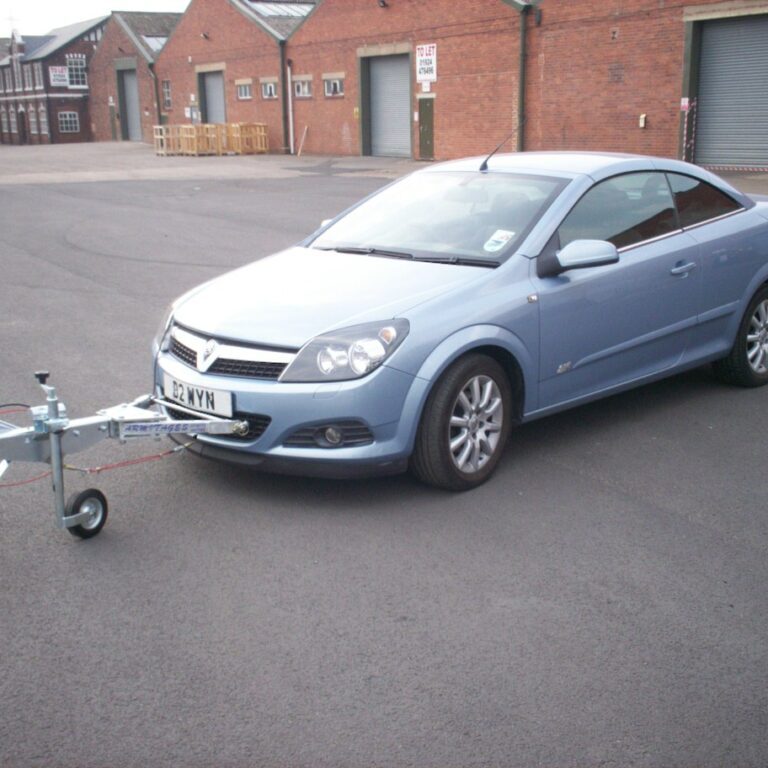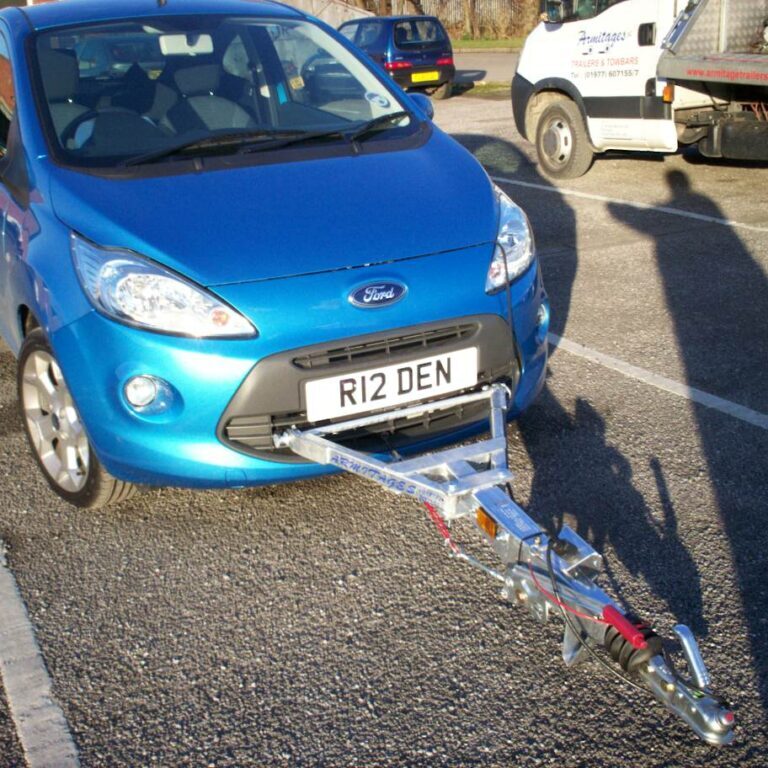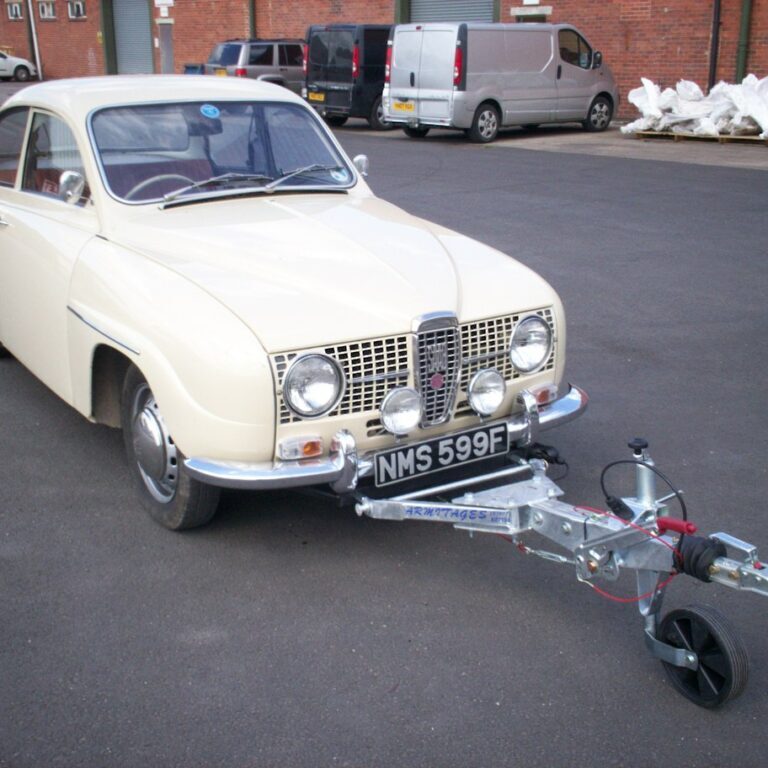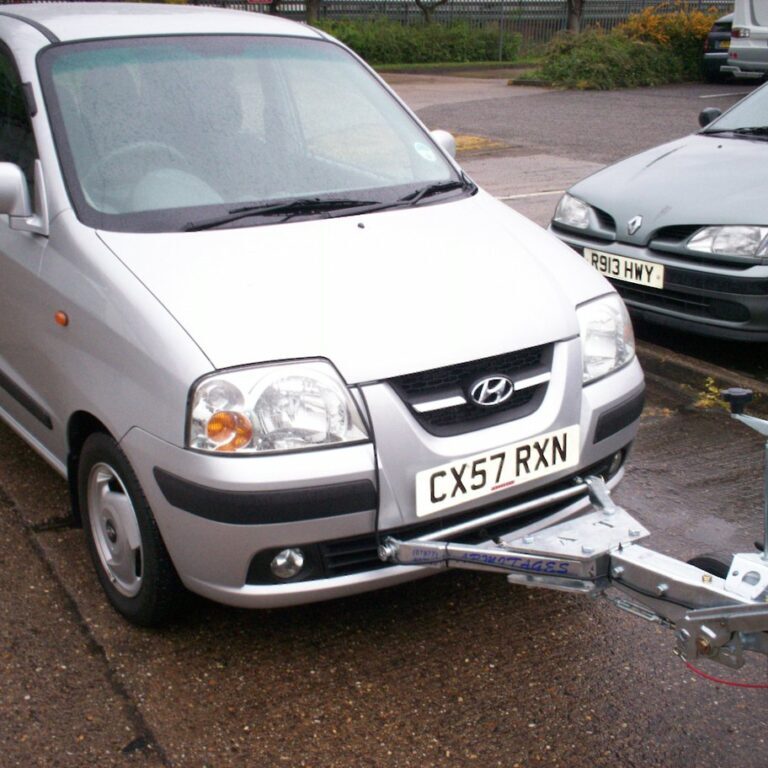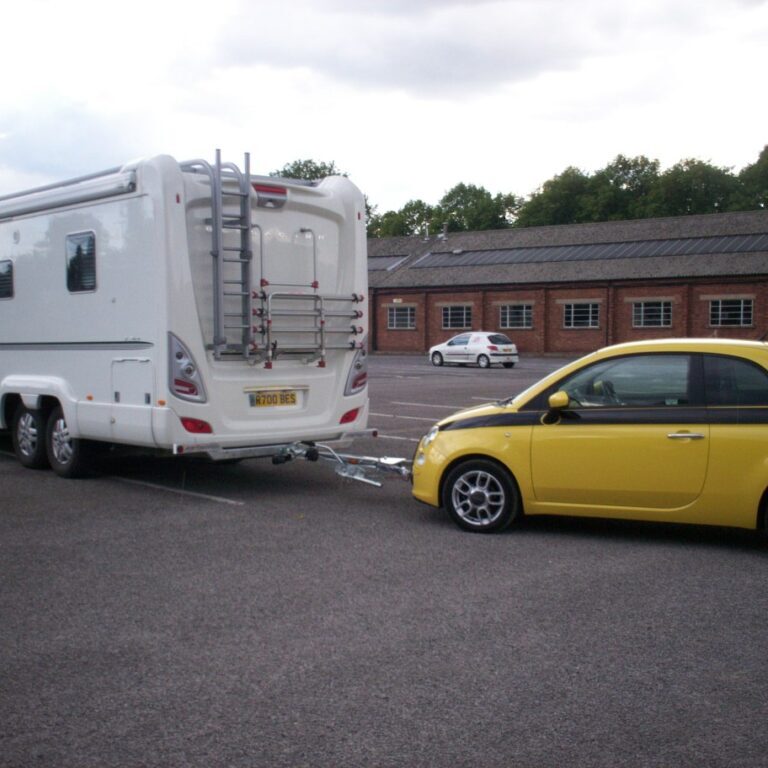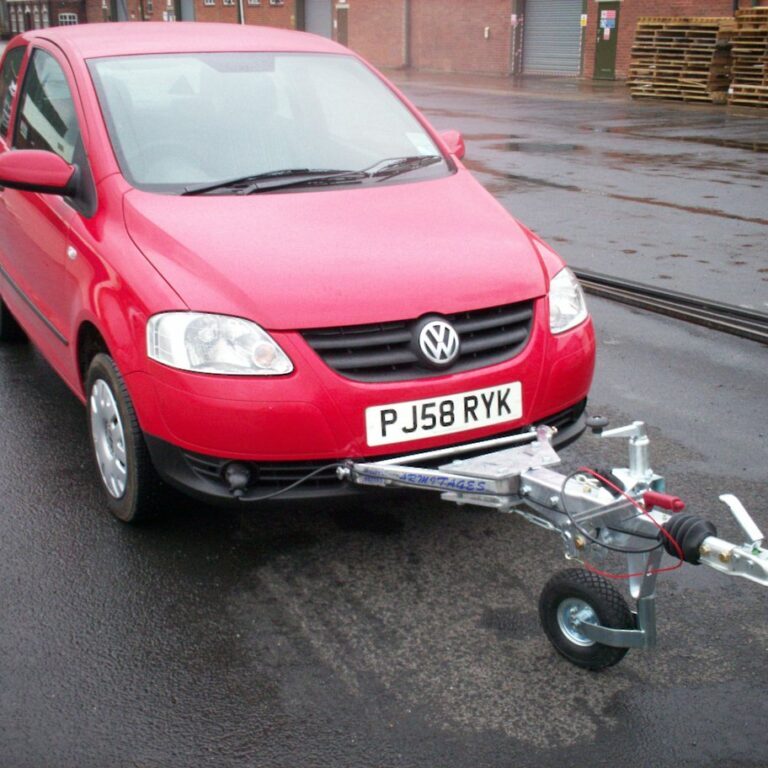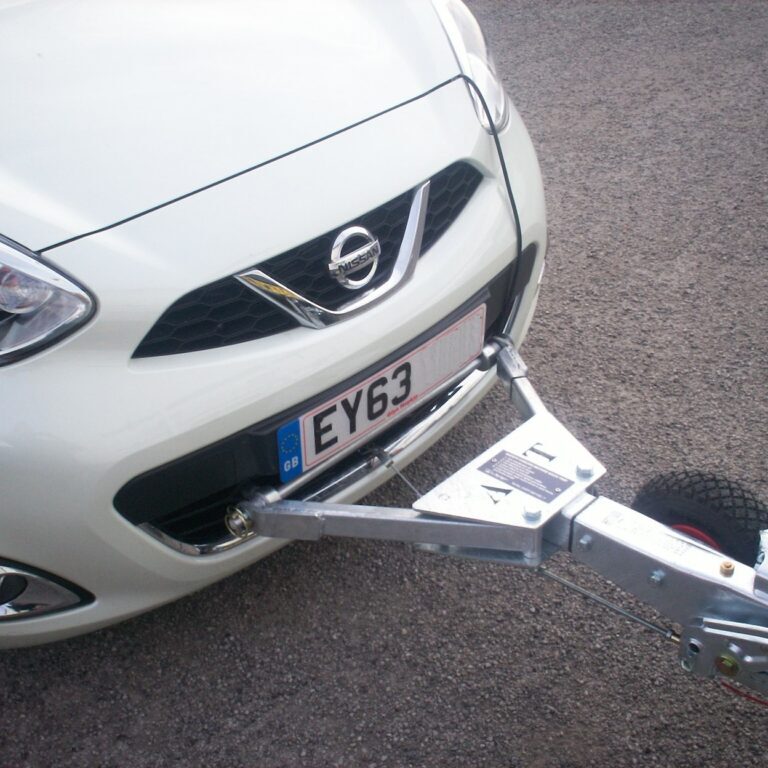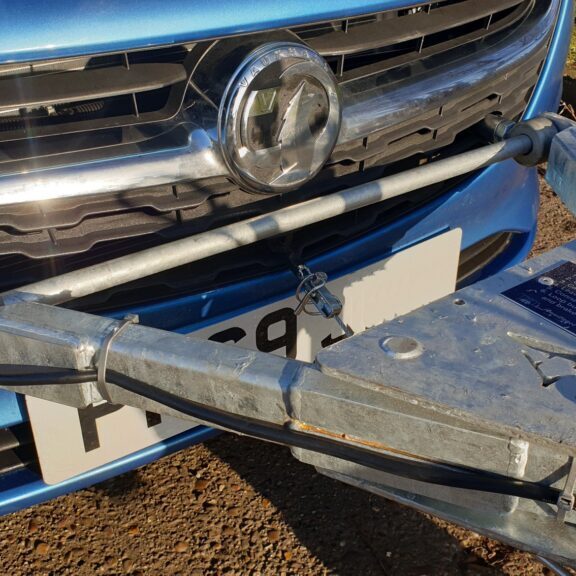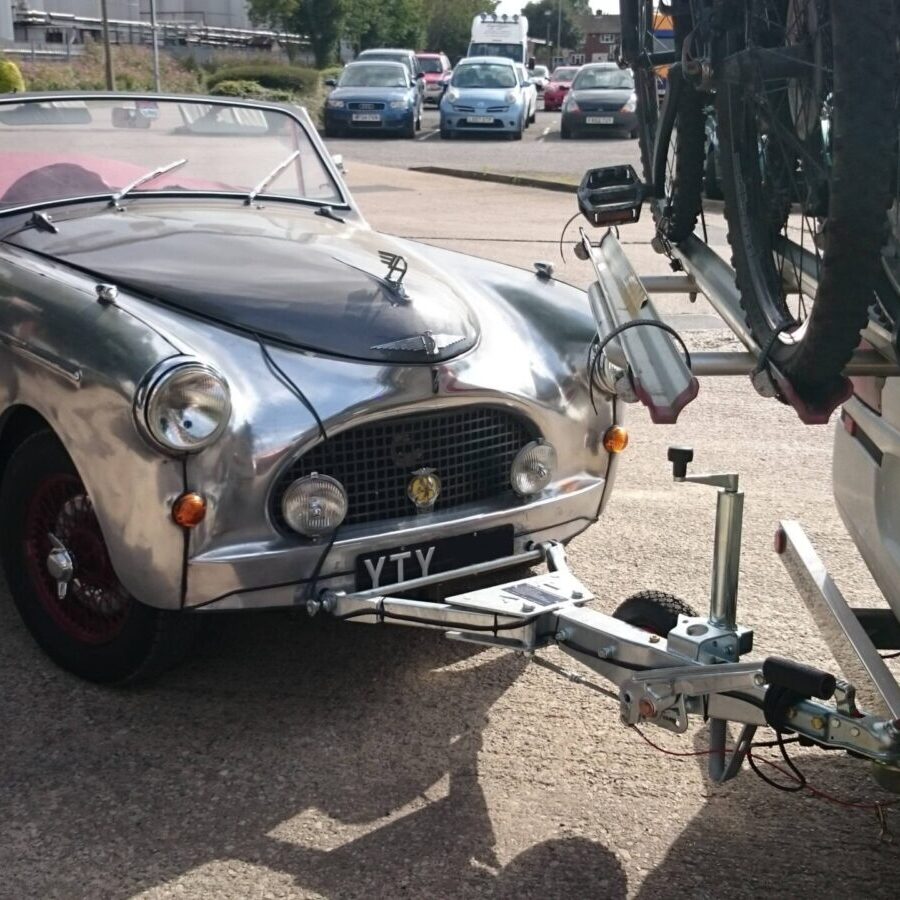Please click on the link below as the DTI has released a current update as of 10/05/2018 on the publication to the use of the A Frame VIA the Direct Gov website.

Remember the days when a holiday in a motorhome meant squeezing wife, two children,a labrador and all your goods and chattels into a tiny Dormobile? Thankfully, today’s motorhomes are a much more sensible size and a thousand times more civilised, they go well and they stop even better. But there is one drawback with all those extra feet and inches; Cornish country lanes, French Bocage country roads, village streets and supermarket height barriers suddenly become nightmarishly small. Forget the cruel joke that is public transport, the answer is to take a car with you. Spanish hamlets and the likes of Robin Hood’s Bay pose no problems for the great little cars that are on the market now. And increasingly, motorhomers are choosing a Motorhome A-Frame as the best way to take their car along.

Armitage’s braked A-Frames are the ideal way to hitch your car to the back of a motorhome. They are safe and easy to use. And, most importantly, cars on towing A Frames cannot snake like a conventional trailer can, due to the wheels been on the extremities of the vehicle and the car having its own self steer.
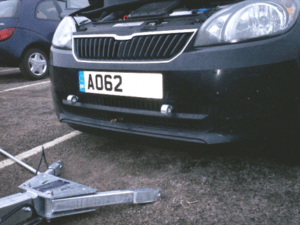 The Motorhome A-Frame is engineered so that the fixing points on your car are as unobtrusive as possible, yet conveniently placed. The towing eyelets used on all our A-frame cars can be removed readily to give complete discretion and cause no raised eyebrows at MOT time. To attach the A frame you simply slot the long Bobbin bar through one arm of the A frame, through the towing eyes into the other arm and fit the lynch pins in the end of the bobbin bar with the additional fail safe lynch pin which can be swapped for a long shackle padlock for security if required.
The Motorhome A-Frame is engineered so that the fixing points on your car are as unobtrusive as possible, yet conveniently placed. The towing eyelets used on all our A-frame cars can be removed readily to give complete discretion and cause no raised eyebrows at MOT time. To attach the A frame you simply slot the long Bobbin bar through one arm of the A frame, through the towing eyes into the other arm and fit the lynch pins in the end of the bobbin bar with the additional fail safe lynch pin which can be swapped for a long shackle padlock for security if required.
There is no laying on your back on cold, wet concrete with a bag of spanners to fit an Armitages Motorhome Towing A-Frame. Versions for cars up to 975kg weigh a mere 22kg. Up-to-1550kg versions weigh 28kg. The Health and Safety watchdogs say that 25kg is a sensible maximum (It makes you wonder how our forebears ever lifted grain sacks weighing 100kg, all day, every day!). Best of all, Armitage’s is a one-stop shop. While we are making the Towing A-Frame we can fabricate and install a towbar for your motorhome so that it’s all done and dusted in the day.
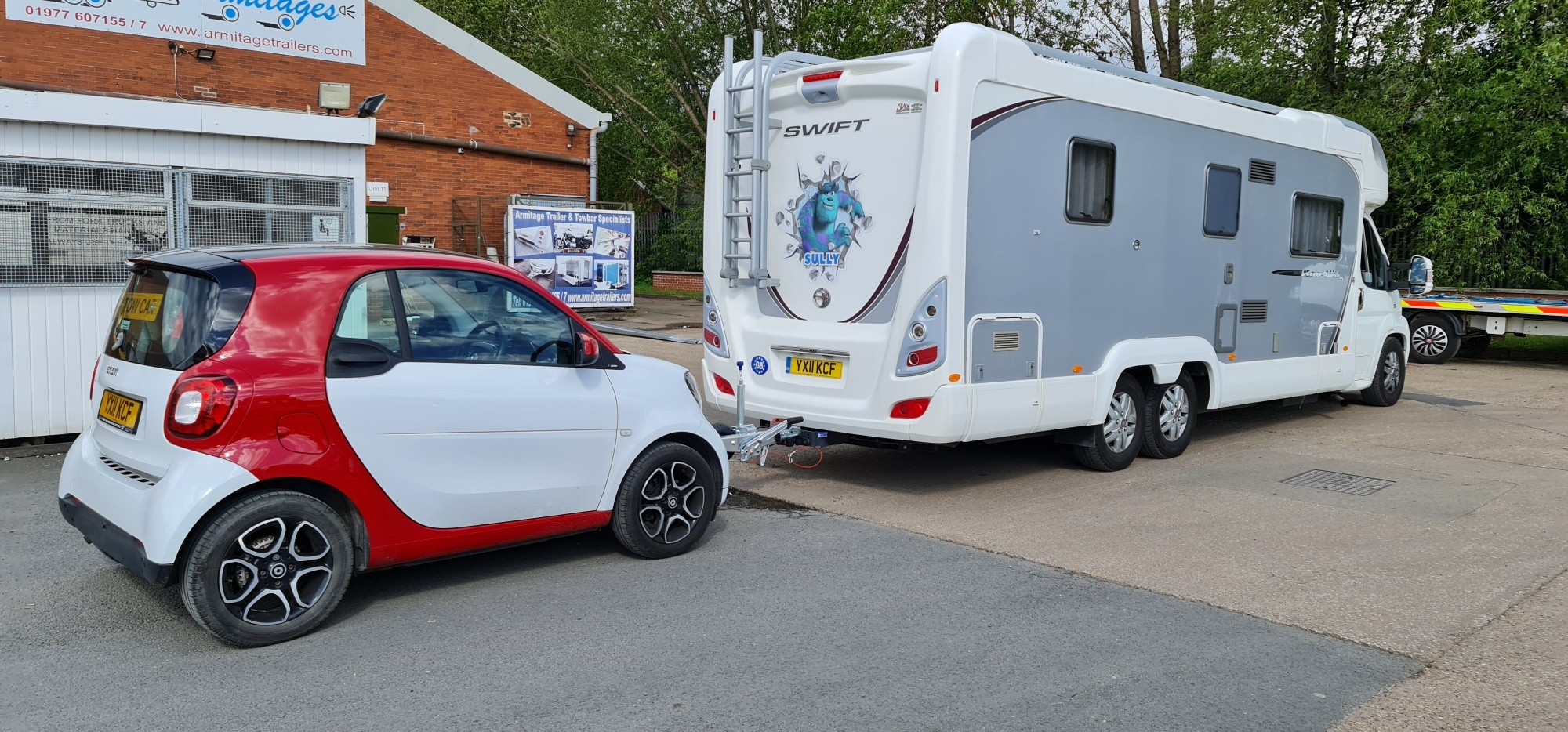
 Installing an A frame system is not as
Installing an A frame system is not as 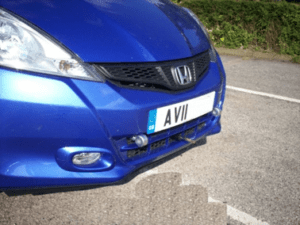 straight forward as you might think? We firstly remove the front bumper and, in most cases, remove the original front steel cross beam on most modern cars that have one towing eye built in and replace it with a more reinforced version to take the A frame. Some A frame providers just weld another towing eye receptacle into the existing crash beam which in our experience is not strong enough as the vehicle is been pulled round corners via the A frame (not towed with someone steering it) all though it is assisted with the steering of the car. This also enables us to bring the towing eyes out through the grill, so we do not have to drill unsightly holes in your bumper. This is also a big help if you ever want to put your vehicle back to how it was before you had the A frame conversion done, just retain the crash beam to be fitted back on at a later date. This also means that one A frame fits all as we manufacture the spacing of the towing eyes the same on every vehicle, all though we do have 2 weight capacity A frames, one that works with vehicles with a kerb weight between 700 – 970kg (physical weight of A frame is 22kg) & a heavy weight version for vehicles with a kerb weight between 950-1550kg (physical weight of A frame is 28kg).
straight forward as you might think? We firstly remove the front bumper and, in most cases, remove the original front steel cross beam on most modern cars that have one towing eye built in and replace it with a more reinforced version to take the A frame. Some A frame providers just weld another towing eye receptacle into the existing crash beam which in our experience is not strong enough as the vehicle is been pulled round corners via the A frame (not towed with someone steering it) all though it is assisted with the steering of the car. This also enables us to bring the towing eyes out through the grill, so we do not have to drill unsightly holes in your bumper. This is also a big help if you ever want to put your vehicle back to how it was before you had the A frame conversion done, just retain the crash beam to be fitted back on at a later date. This also means that one A frame fits all as we manufacture the spacing of the towing eyes the same on every vehicle, all though we do have 2 weight capacity A frames, one that works with vehicles with a kerb weight between 700 – 970kg (physical weight of A frame is 22kg) & a heavy weight version for vehicles with a kerb weight between 950-1550kg (physical weight of A frame is 28kg).
 The even trickier part is installing the stainless steel (maintenance free) brake cable from the steel work we’ve fitted around the engine bay ensuring it is not near any moving parts or hot pipes, drilling the bulk head as close to behind the brake pedal as we can possibly get to attach the cable via a quick release fork & clevis pin so it’s easily detached if necessary. We then wire in all the rear lights to an inline waterproof socket under the bonnet where the Plug to plug fly lead on the A frame will connect the rear vehicles lights to the towbar socket, powering all the lights as you would with a trailer. 2 x reflective triangles are then attached to the rear of the vehicle via premium grade suction cups and an interchangeable No plate holder is fitted to display the Motorhomes No Plate in it. With the rear lights working from the tow vehicle, only the registration number of the towing vehicle can be seen, 2 x reflective triangles displayed and all four wheels braking now means your car is a trailer and not on tow, that is the loop hole that allows you to legally tow your vehicle behind your motorhome, it is not on tow which suggests recovery.
The even trickier part is installing the stainless steel (maintenance free) brake cable from the steel work we’ve fitted around the engine bay ensuring it is not near any moving parts or hot pipes, drilling the bulk head as close to behind the brake pedal as we can possibly get to attach the cable via a quick release fork & clevis pin so it’s easily detached if necessary. We then wire in all the rear lights to an inline waterproof socket under the bonnet where the Plug to plug fly lead on the A frame will connect the rear vehicles lights to the towbar socket, powering all the lights as you would with a trailer. 2 x reflective triangles are then attached to the rear of the vehicle via premium grade suction cups and an interchangeable No plate holder is fitted to display the Motorhomes No Plate in it. With the rear lights working from the tow vehicle, only the registration number of the towing vehicle can be seen, 2 x reflective triangles displayed and all four wheels braking now means your car is a trailer and not on tow, that is the loop hole that allows you to legally tow your vehicle behind your motorhome, it is not on tow which suggests recovery.
Cars with multiplex electrics (more computing power than the original lunar module!) need to be fitted with several diodes, a kind of electronic non-return valve, to prevent damage being done to the on-board computer and ECU’s.
We can make and fit Motorhome A-Frames to most vehicles and the price gives you an easy-to-fit towing braked A frame, complete with over run brakes and full electrics. The majority of vehicles can be completed in a day; however, some cars will be with us for up to 2 days. Please contact us to confirm the price and timescales.
With all our A Frames you will receive an in-depth demonstration explaining everything you need to know for safe towing.
As engineers / fabricators there is no vehicle we have come across to date we cannot fit an A frame to unlike a lot of our competitors who are just fitters by trade, as you can see with the examples below this paragraph.
As you can see in most of the photo’s and optional jockey wheel makes all the difference when hitching up, transforming the operation into a one-person task. Instead of someone having to support the hitch and walk with it while you drive up to the rear of the motorhome, you simply wind out the jockey wheel and drive to your target. It’s easy to see the hitch from the driver’s seat. AND if you happen to get the motorhome/A-frame car into a tight spot where reversing is impossible, just drop the jockey, unhitch, and drive the car away to where you can safely hitch up again and carry on. The jockey wheel is removed in seconds for storage & takes up no more space than the A frame itself, as you can see, so it all folds away, to neatly store in a compartment or in the boot of the car. The optional heavy duty canvas carry bag which now comes with a shoulder strap is an ideal addition to keep your A frame, jockey wheel and towing eyes all safely zipped up!
If you need a number plate (by law, the towed car must have the number of the towing vehicle covering its own rear number plate), we can make you one on the day. Just bring along your driving licence or similar ID and the V5 logbook of the towing vehicle (motorhome) to keep things legal with the DVLA! We can only make oblong number plates.
SECURITY
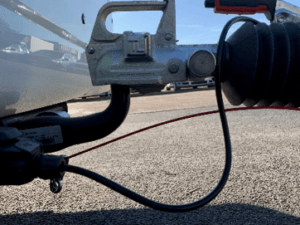 Many customers ask us how to make sure that their braked A-Frame stays hitched to their motorhome while they break for a cup of tea at motorway services. Short of an armed guard, probably the best answer is to upgrade from the standard Al-Ko hitch to the insurance approved Triplelock hitch or alternatively the new generation Al-Ko couplings will take a small barrel lock in the handle for a fraction of the price, but these are not insurance approved but a very good deterrent.
Many customers ask us how to make sure that their braked A-Frame stays hitched to their motorhome while they break for a cup of tea at motorway services. Short of an armed guard, probably the best answer is to upgrade from the standard Al-Ko hitch to the insurance approved Triplelock hitch or alternatively the new generation Al-Ko couplings will take a small barrel lock in the handle for a fraction of the price, but these are not insurance approved but a very good deterrent.
All though Triangles are supplied with every conversion, not everyone is aware of the highway code that triangles mean you are following a trailer, so for those who like to be courteous to those following you, we can make you up an optional TOW CAR plate to display on the back to let other drivers now your car is actually a trailer. Please do not use ON TOW signs as this goes against the car been a trailer and legal to transport behind your motorhome, as this would suggest it’s been recovered which is not legal for transportation, the same way as why you should never use a lighting board strung on the back.
Things to be careful of:
PLEASE TAKE NOTE THAT CARS WITH TRADITIONAL FLUID CLUTCH AUTOMATIC GEARBOXES OR CVT TRANSMISSION ARE NOT SUITABLE TO BE TOWED BY AN A-FRAME ON ALL FOUR WHEELS. CARS WITH SEMI-AUTOMATIC GEARBOXES WITH ELECTRONICALLY OPERATED DRY PLATE CLUTCHES ARE MOSTLY FINE TO BE TOWED FOR LONG DISTANCES IN NEUTRAL. BUT SOME THAT HAVE A DUAL CLUTCH SYSTEM MAY NOT BE SUITABLE FOR FLAT TOWING. SOME FOUR-WHEEL DRIVES ALSO CAN NOT BE TOWED WITHOUT DAMAGING THE GEARBOX EVEN WHEN IT HAS A 2WD SELECTOR. We always recommend that you check with the manufacturer that your vehicle can be towed on all 4 wheels on an A Frame behind your Motorhome at 60mph for long distances. Armitages cannot be responsible for any damaged caused through flat towing, it is your responsibility to check with the dealer before having your vehicle converted.
 One of the most popular cars we fit are the Smart Cars Mk1 & 2, however these all come with a disclaimer that in the Owner’s Manual they can’t be towed over 30mph/50kph and that some models mainly the Passion model are prone to snaking due to certain years being lighter on the front end, which means coming out of tight corners or hitting speed bumps unevenly, at slow speeds and then accelerating too quickly can cause the front wheels to shudder from side to side. This is easily rectified by coming to a standstill and gently moving forward until the wheels are straight again. They tow fine at speeds of 60mph and normal cornering, we have fitted many to the Passion models and certainly 1000’s of smart cars.
One of the most popular cars we fit are the Smart Cars Mk1 & 2, however these all come with a disclaimer that in the Owner’s Manual they can’t be towed over 30mph/50kph and that some models mainly the Passion model are prone to snaking due to certain years being lighter on the front end, which means coming out of tight corners or hitting speed bumps unevenly, at slow speeds and then accelerating too quickly can cause the front wheels to shudder from side to side. This is easily rectified by coming to a standstill and gently moving forward until the wheels are straight again. They tow fine at speeds of 60mph and normal cornering, we have fitted many to the Passion models and certainly 1000’s of smart cars.
The latest Mk3 Smart cars do not have the same snaking issues but only manual gearboxes can be towed not the latest Auto due to the dual clutch.
Photo & Video gallery (click on photos to enlarge)
Contact Us
Contact us today to find out how we can help you.


